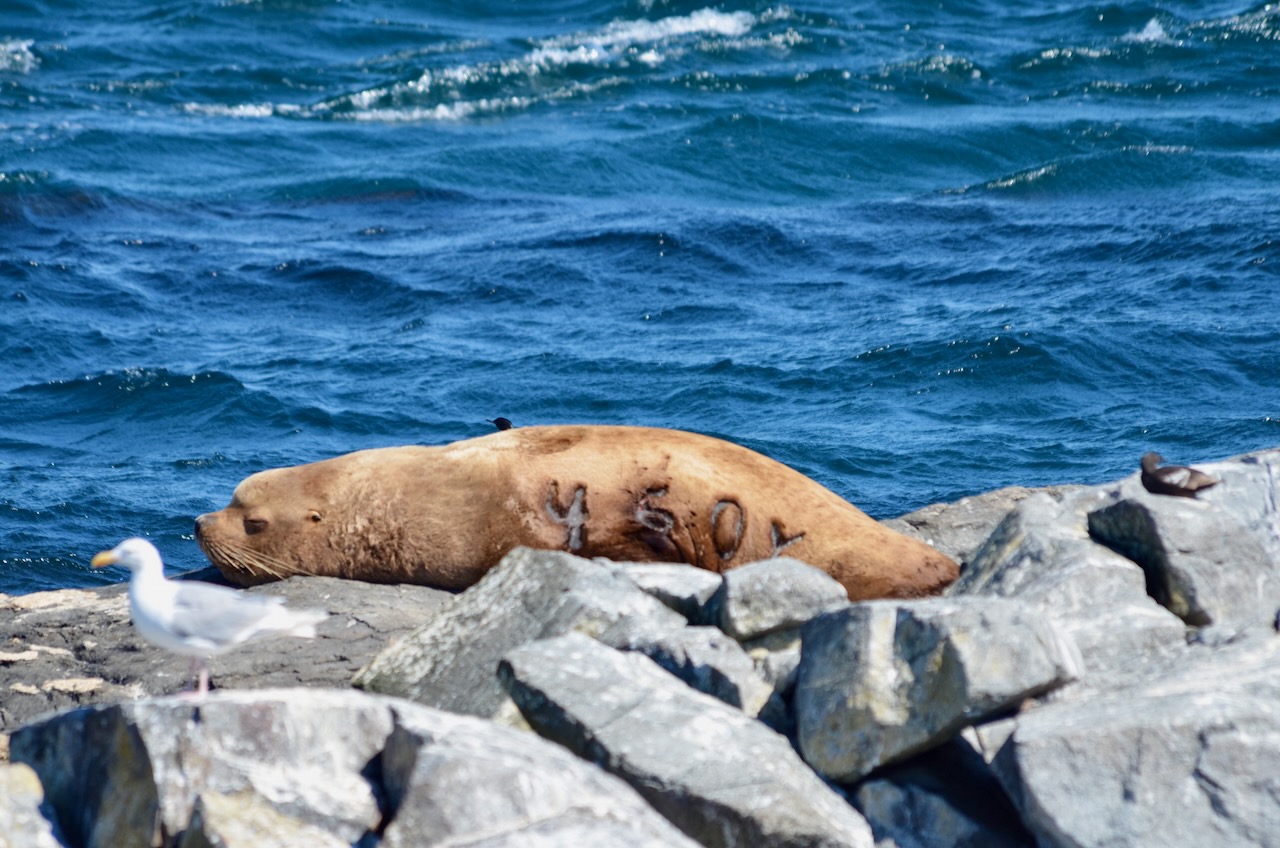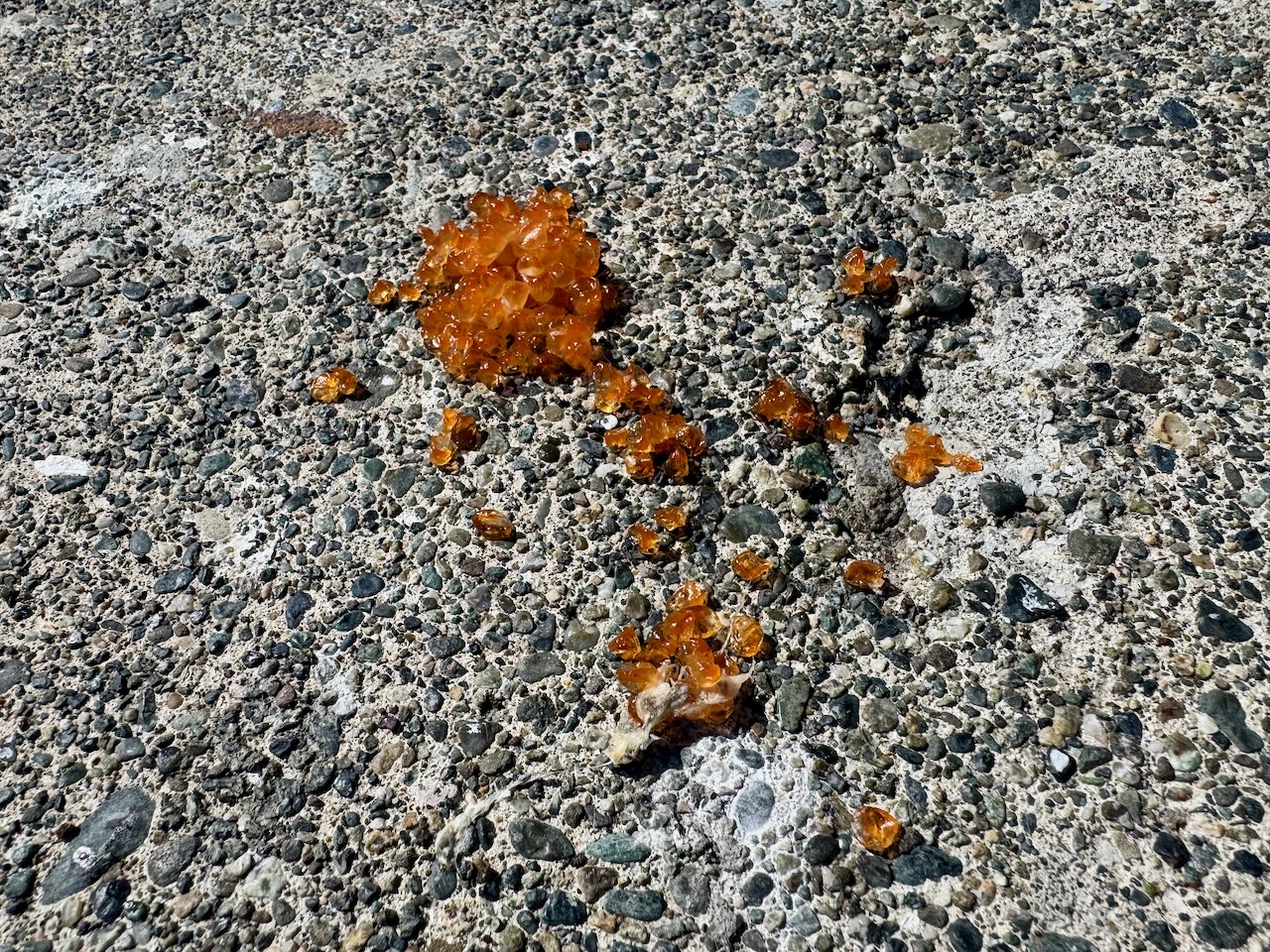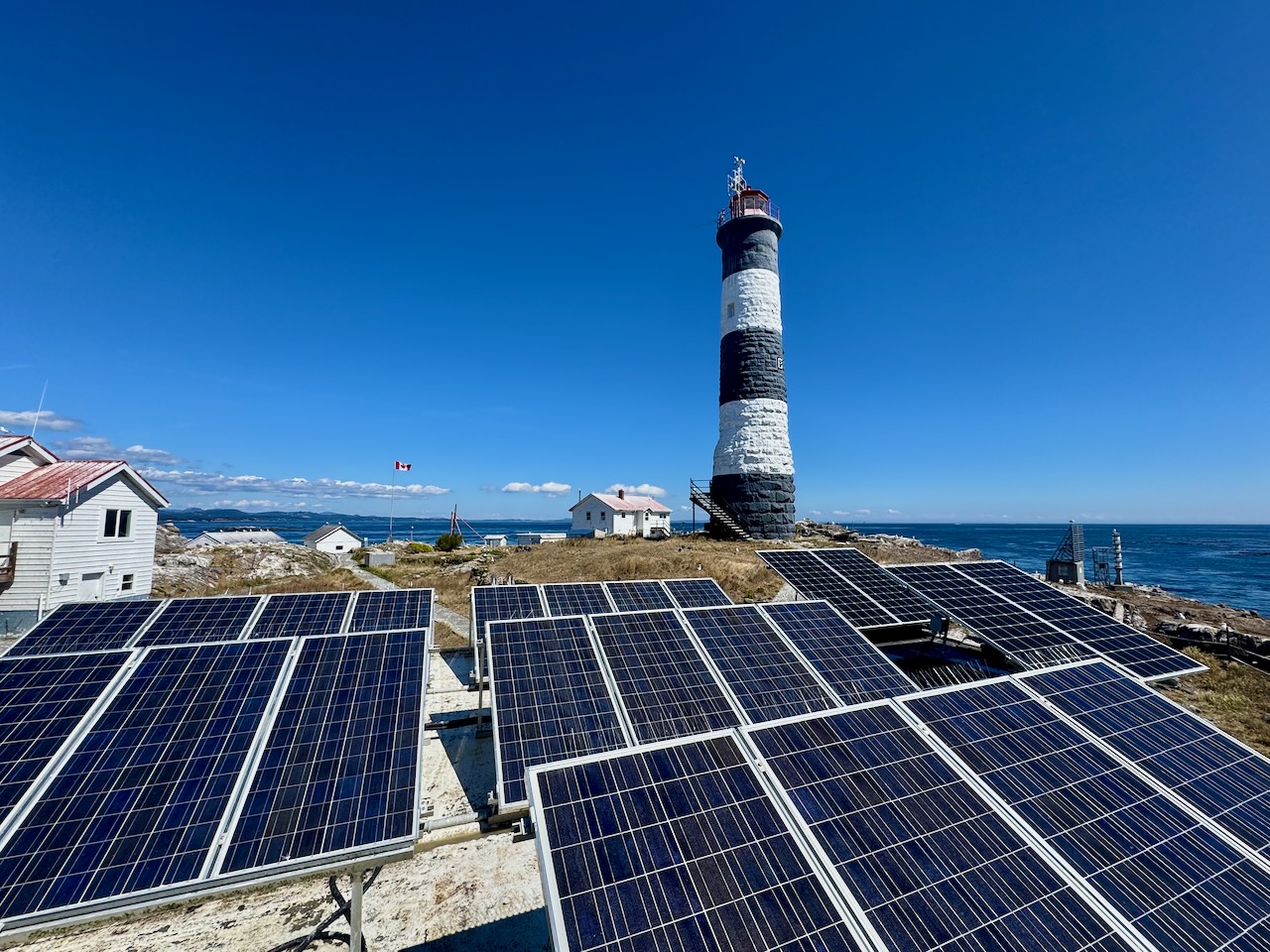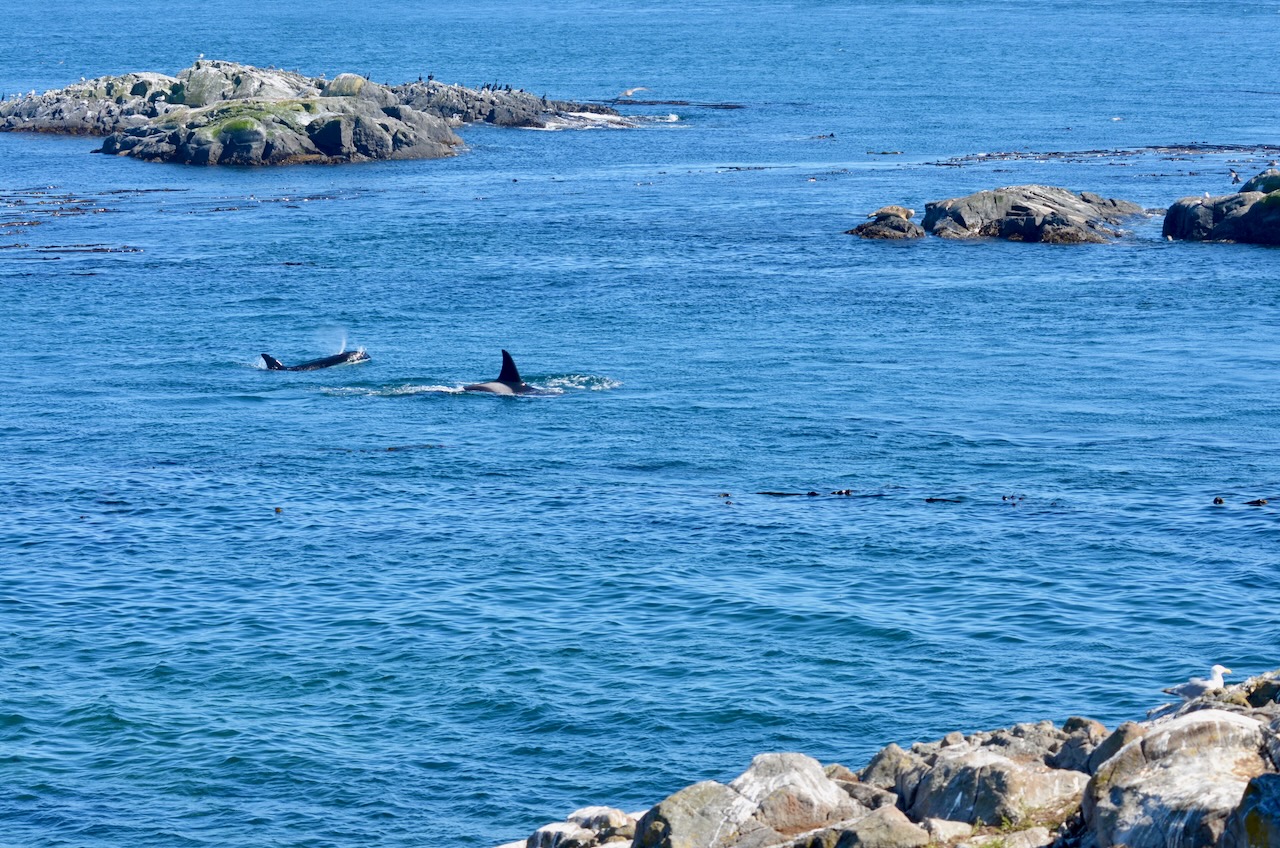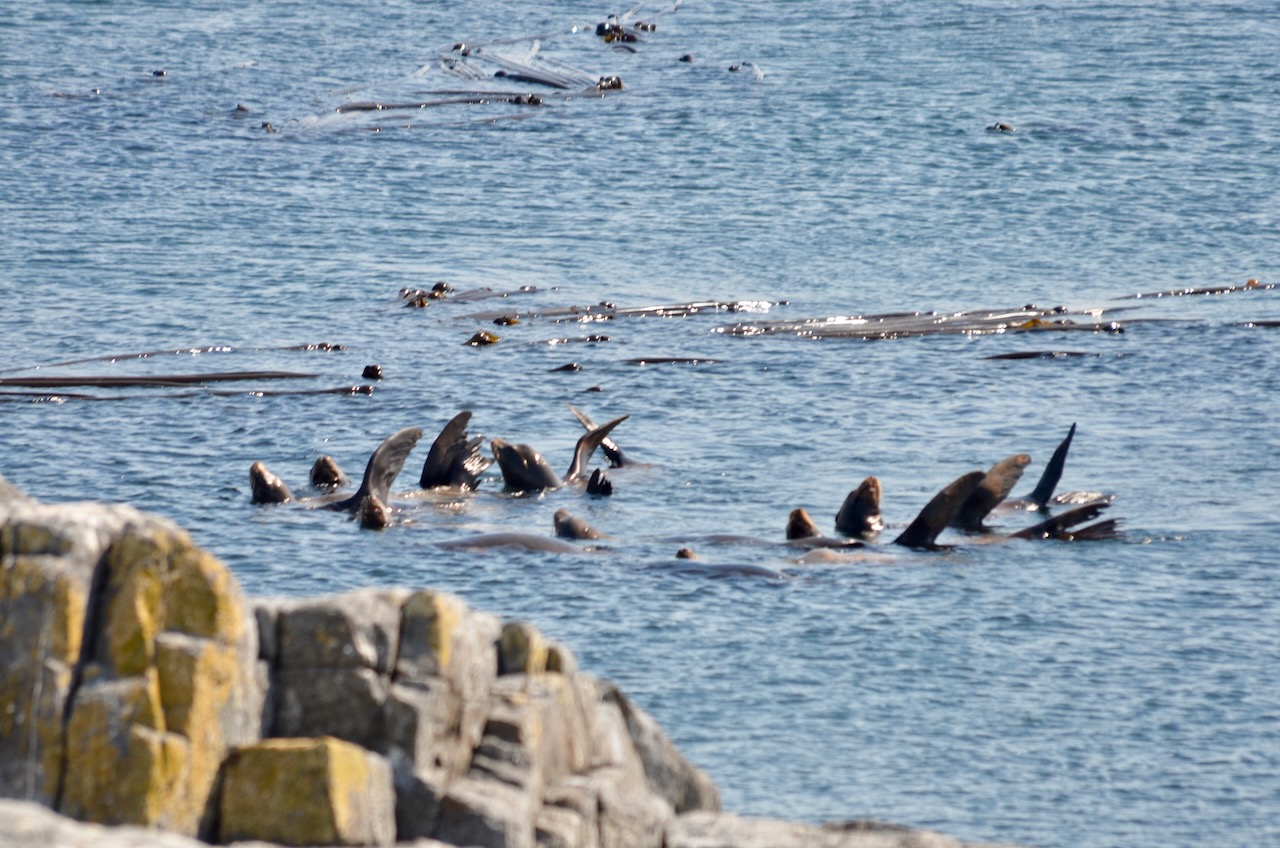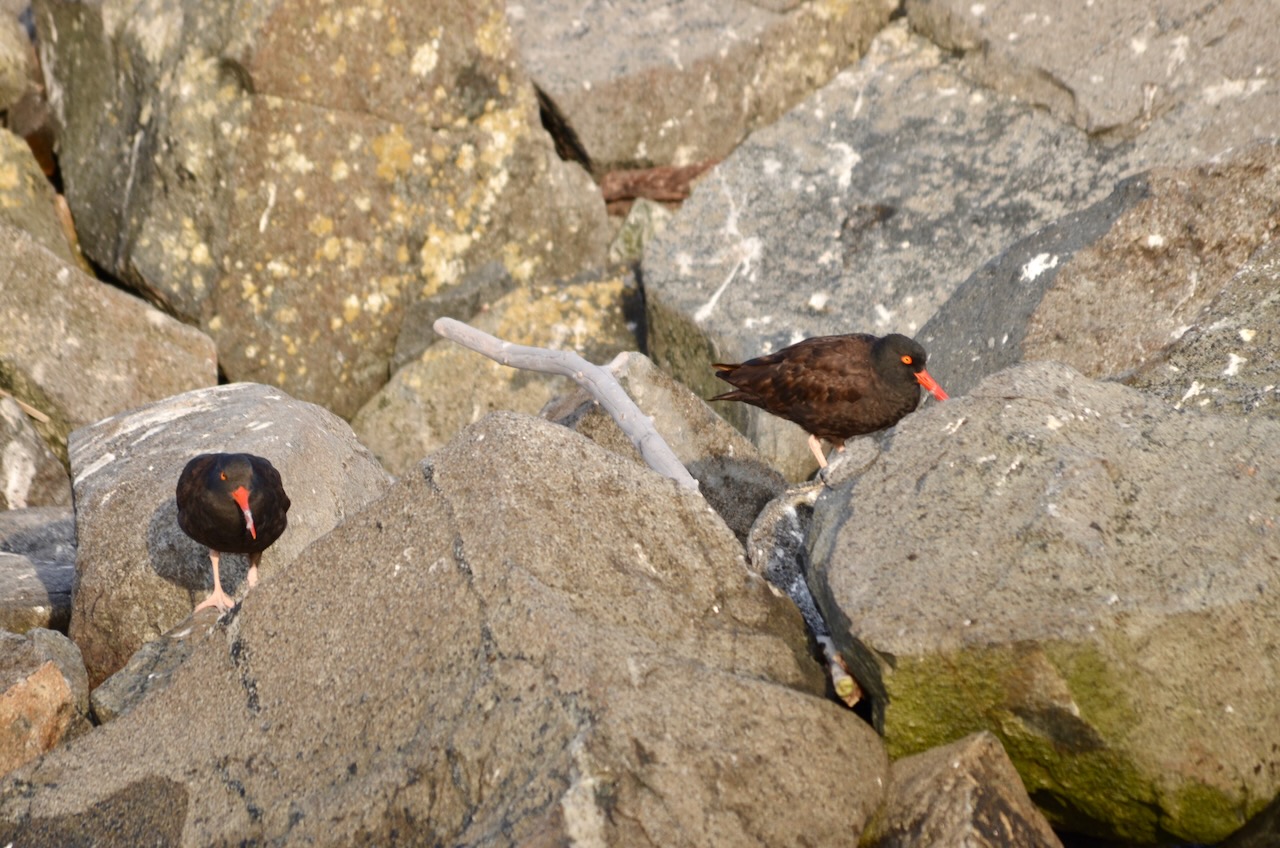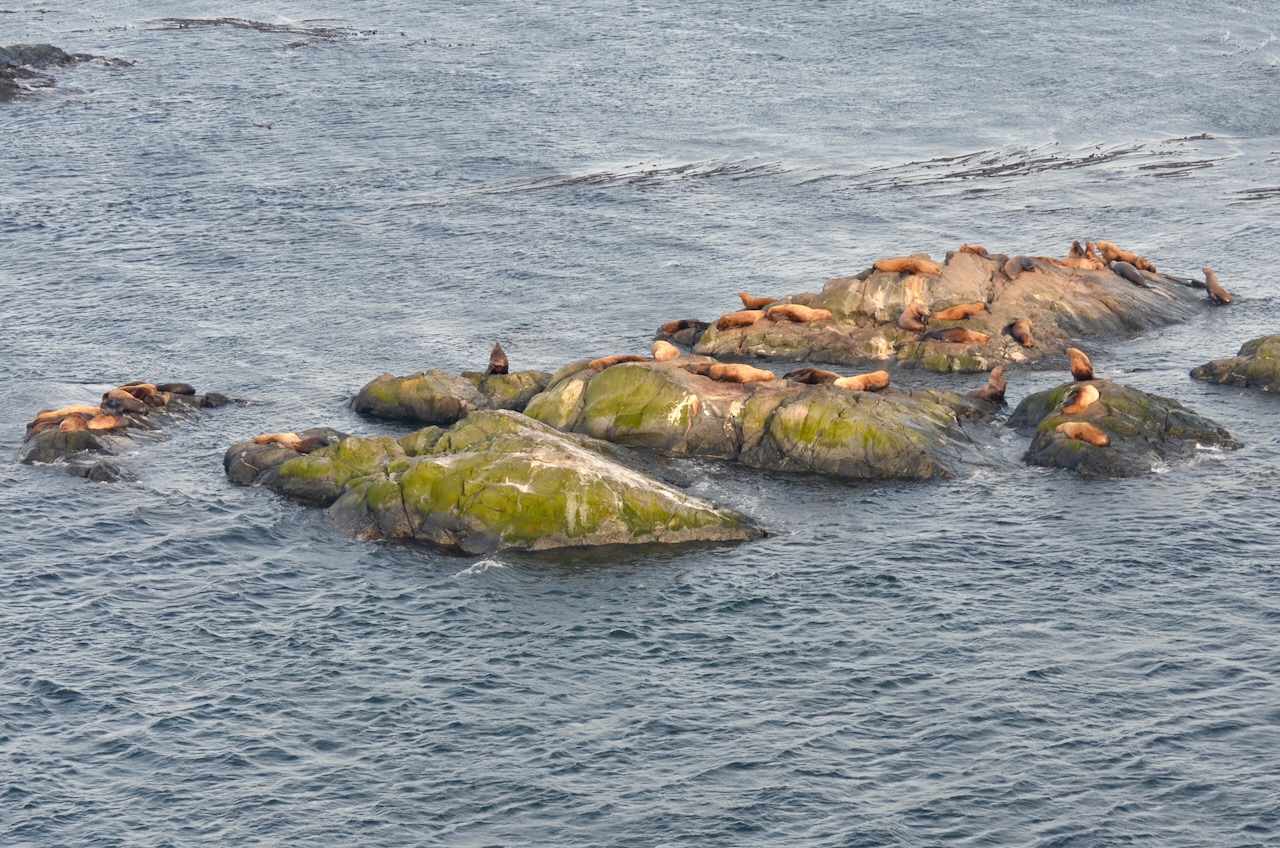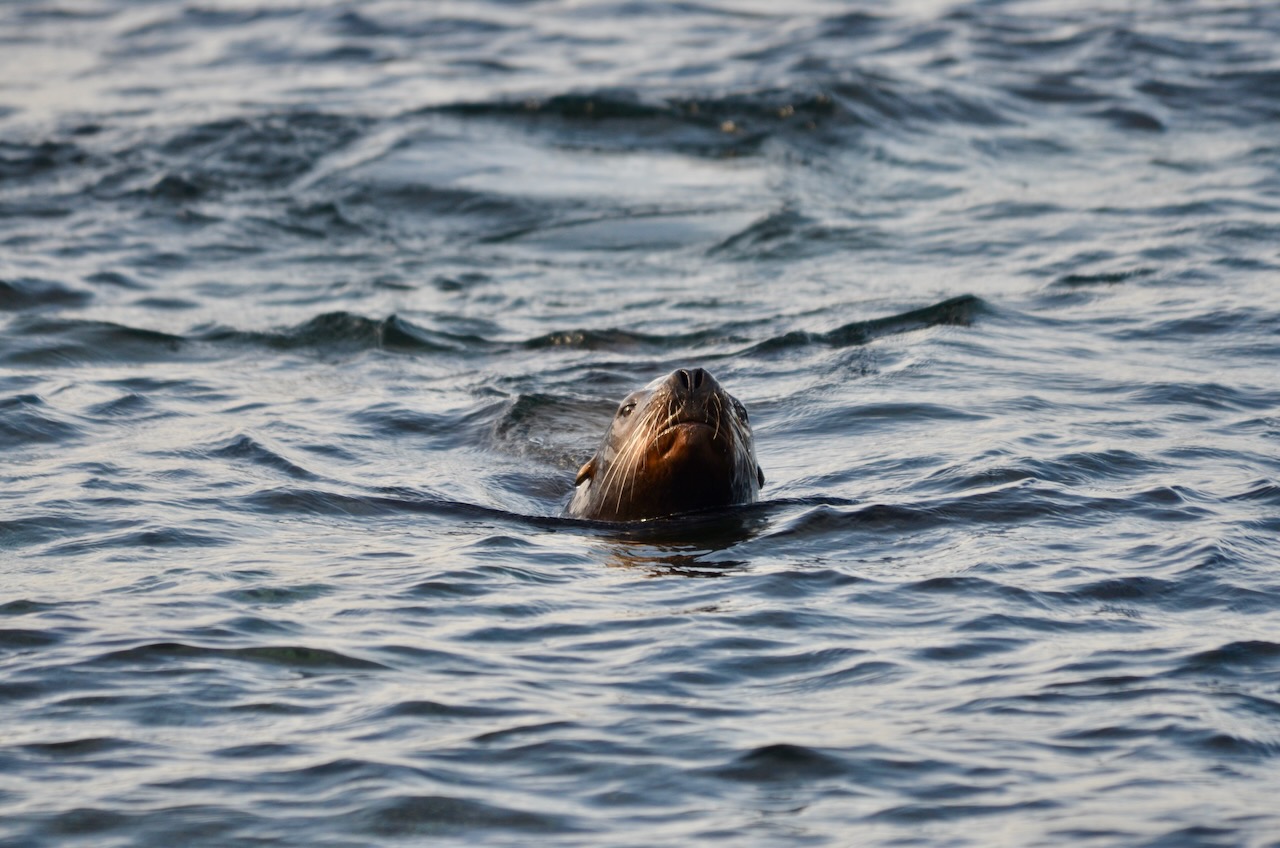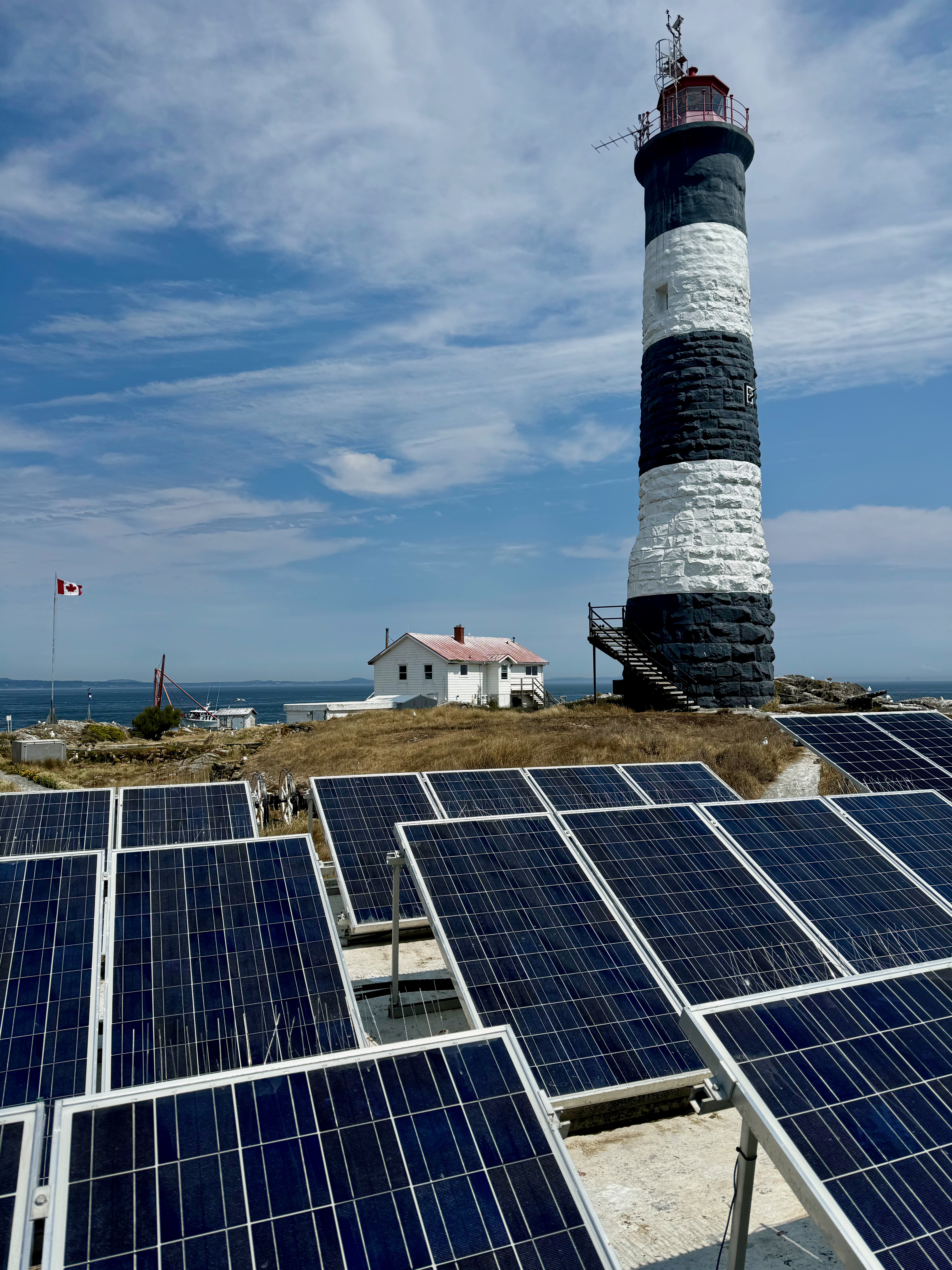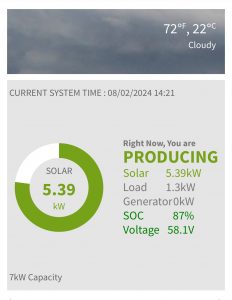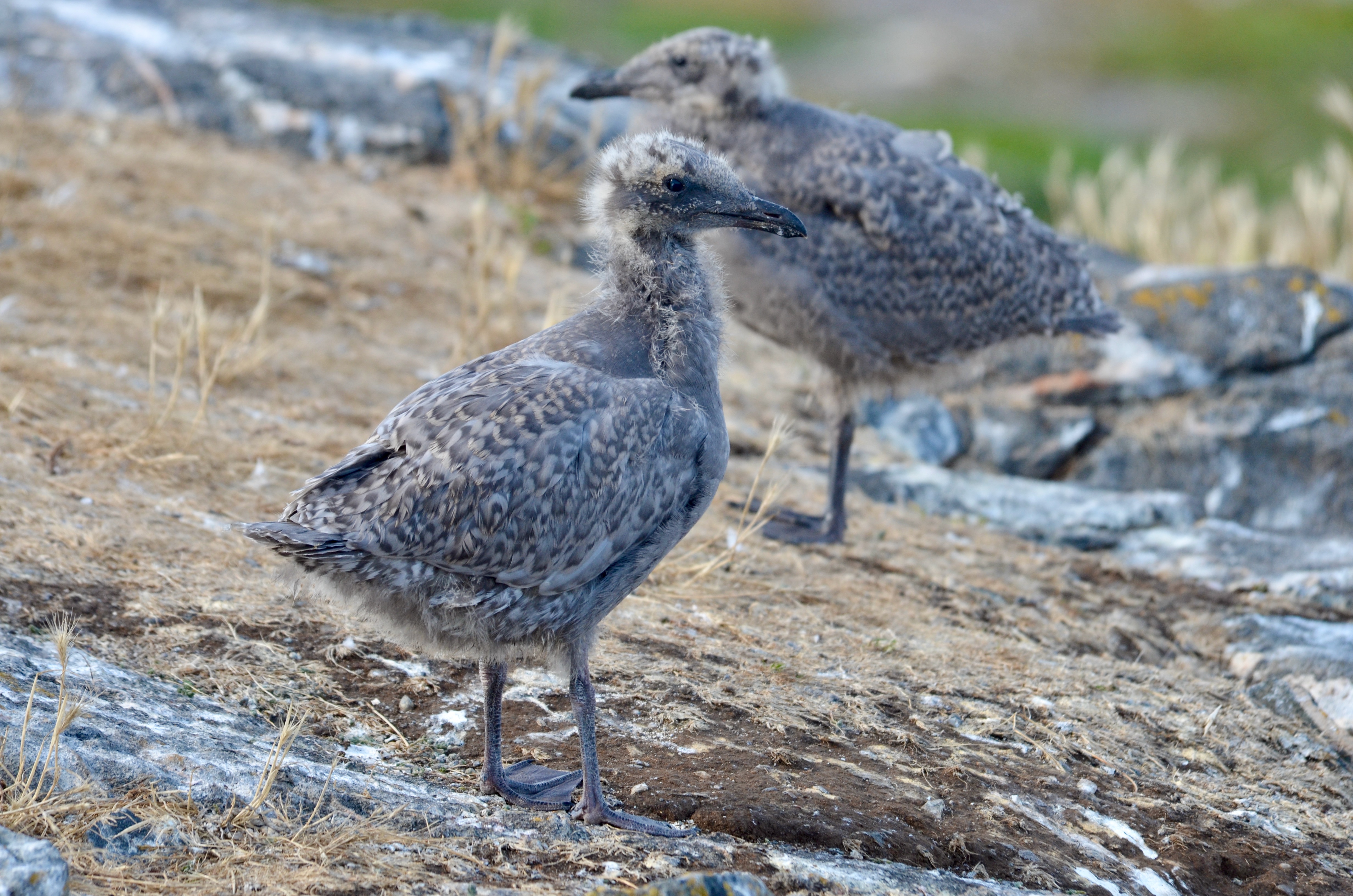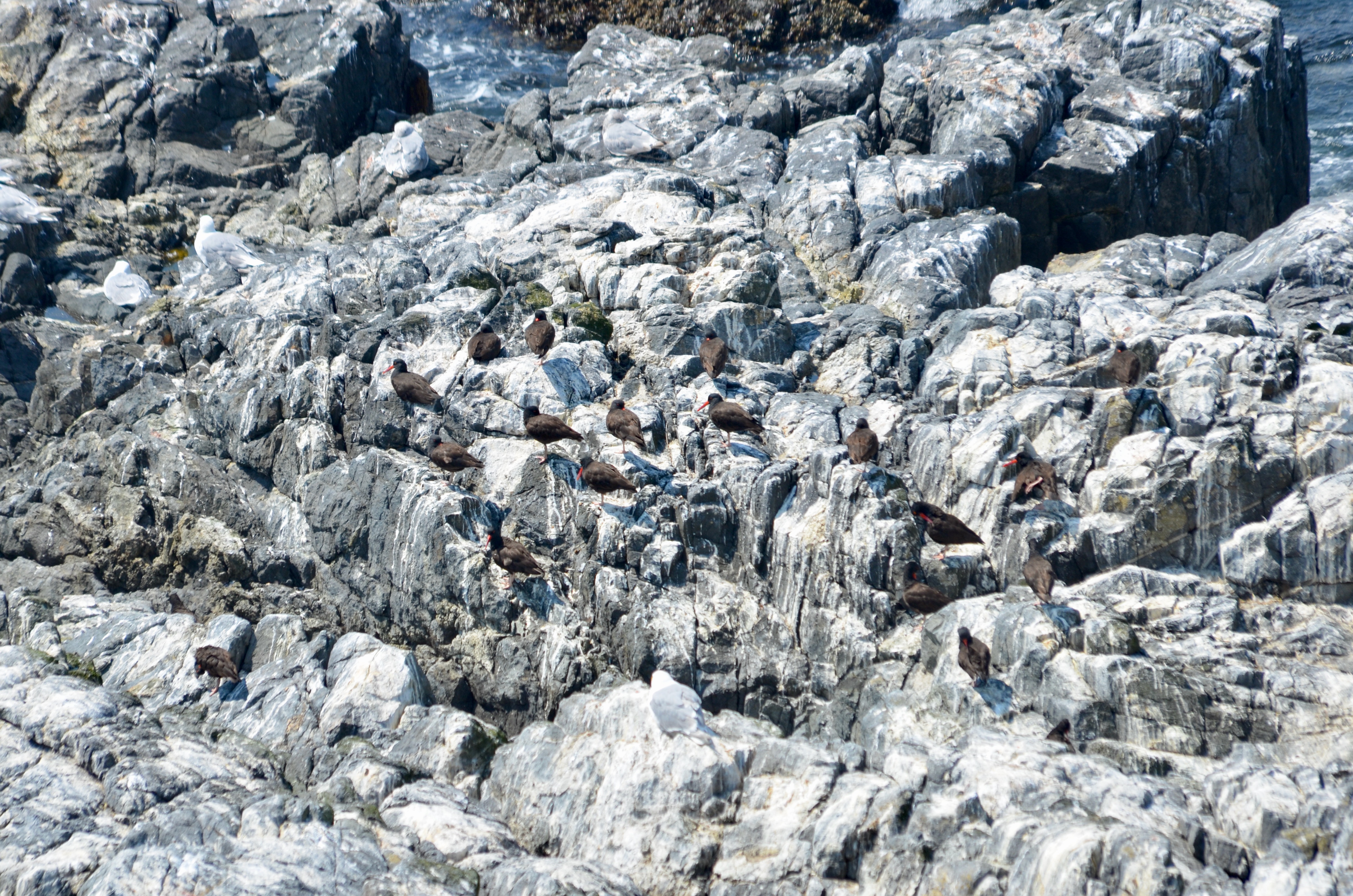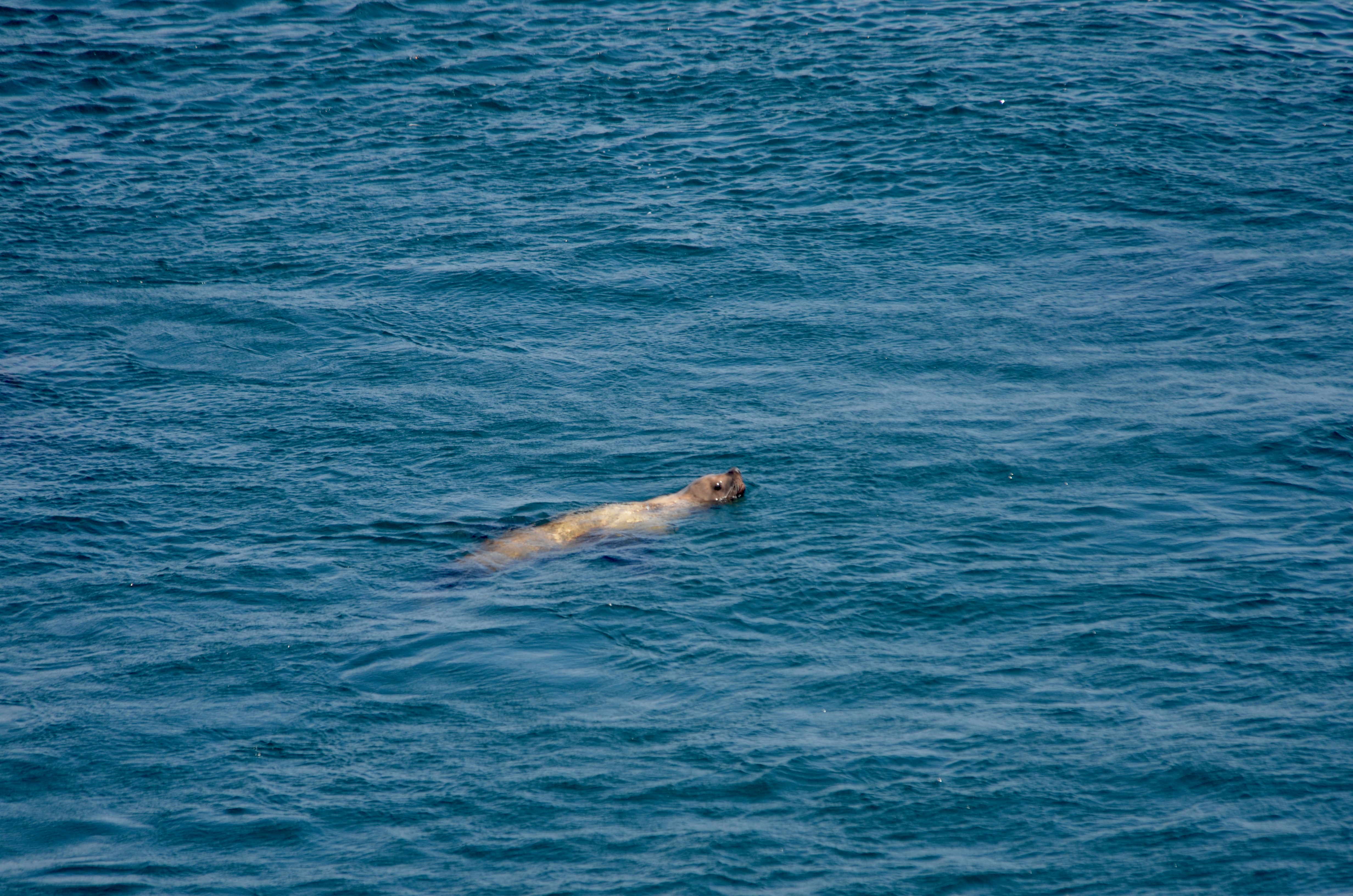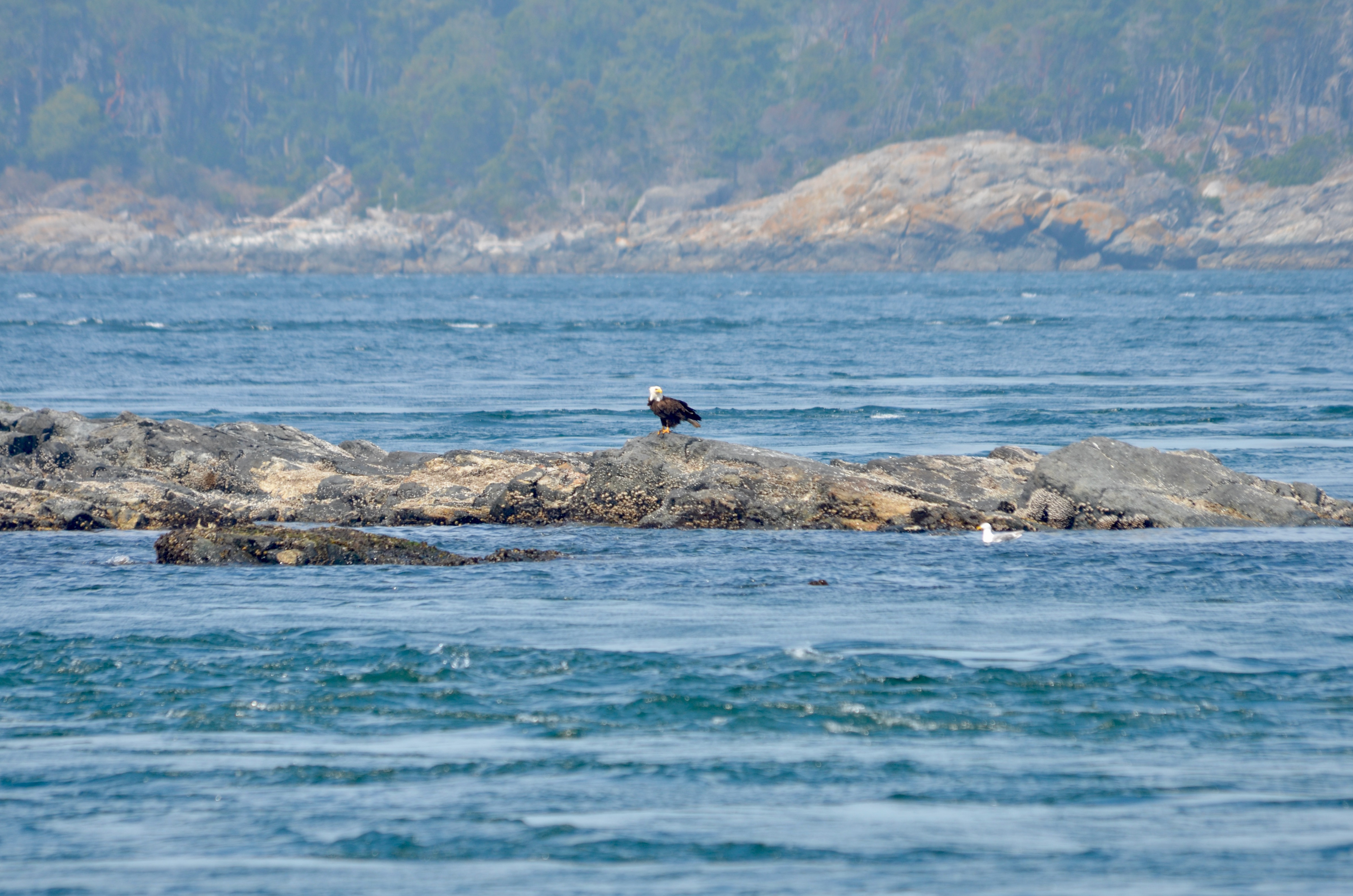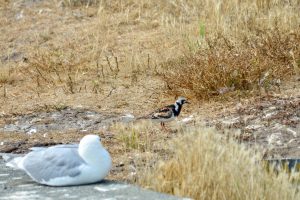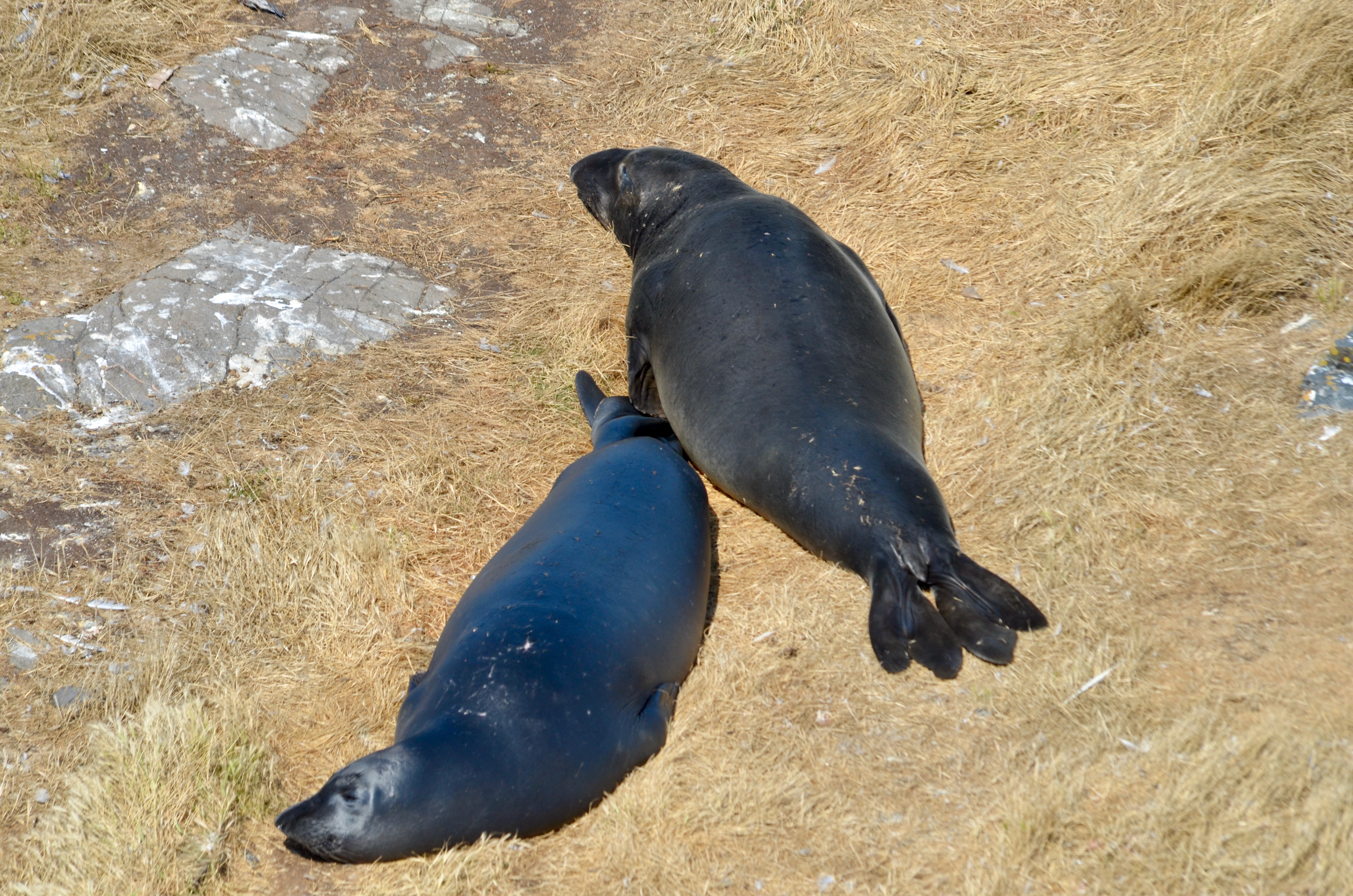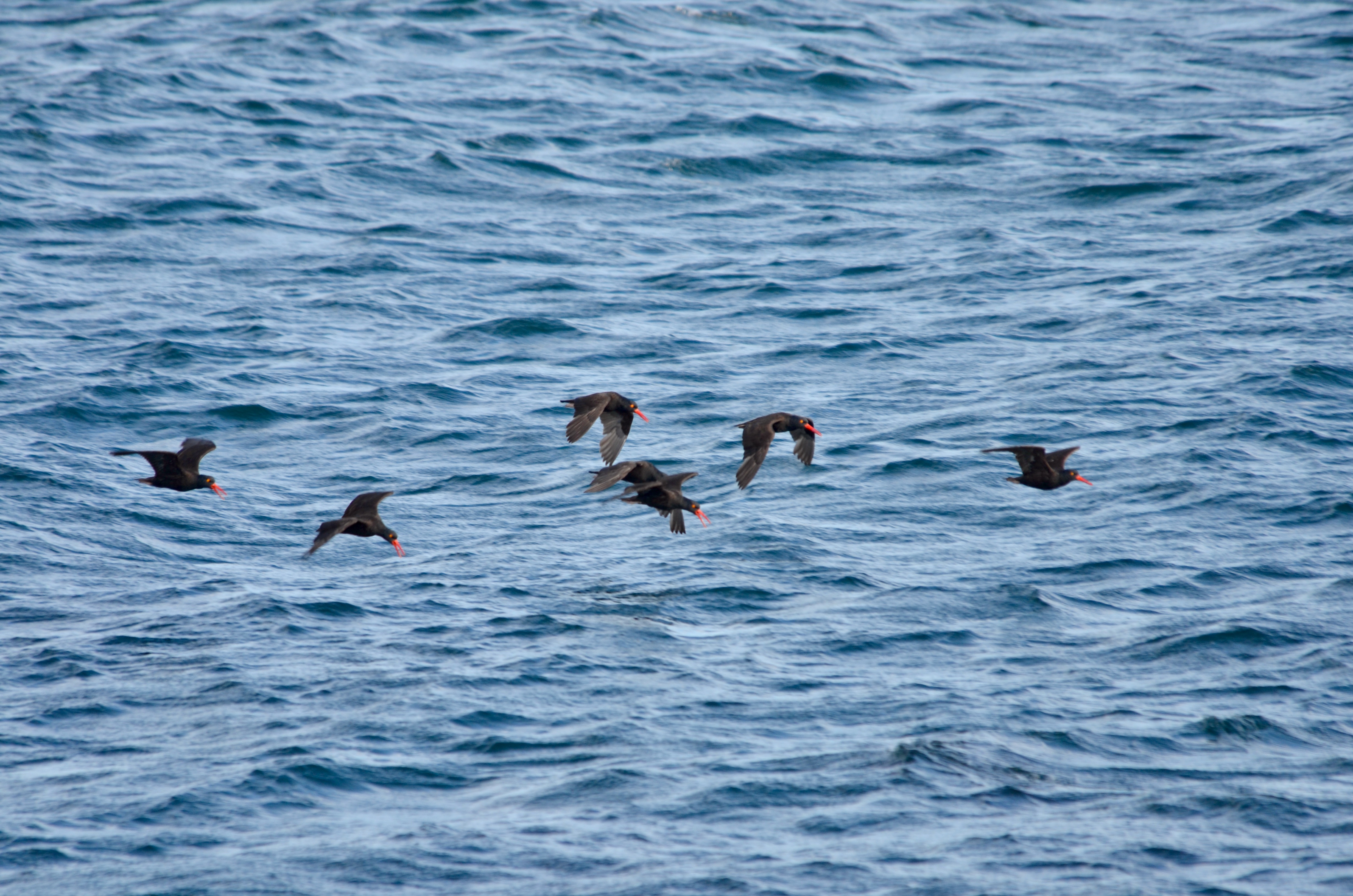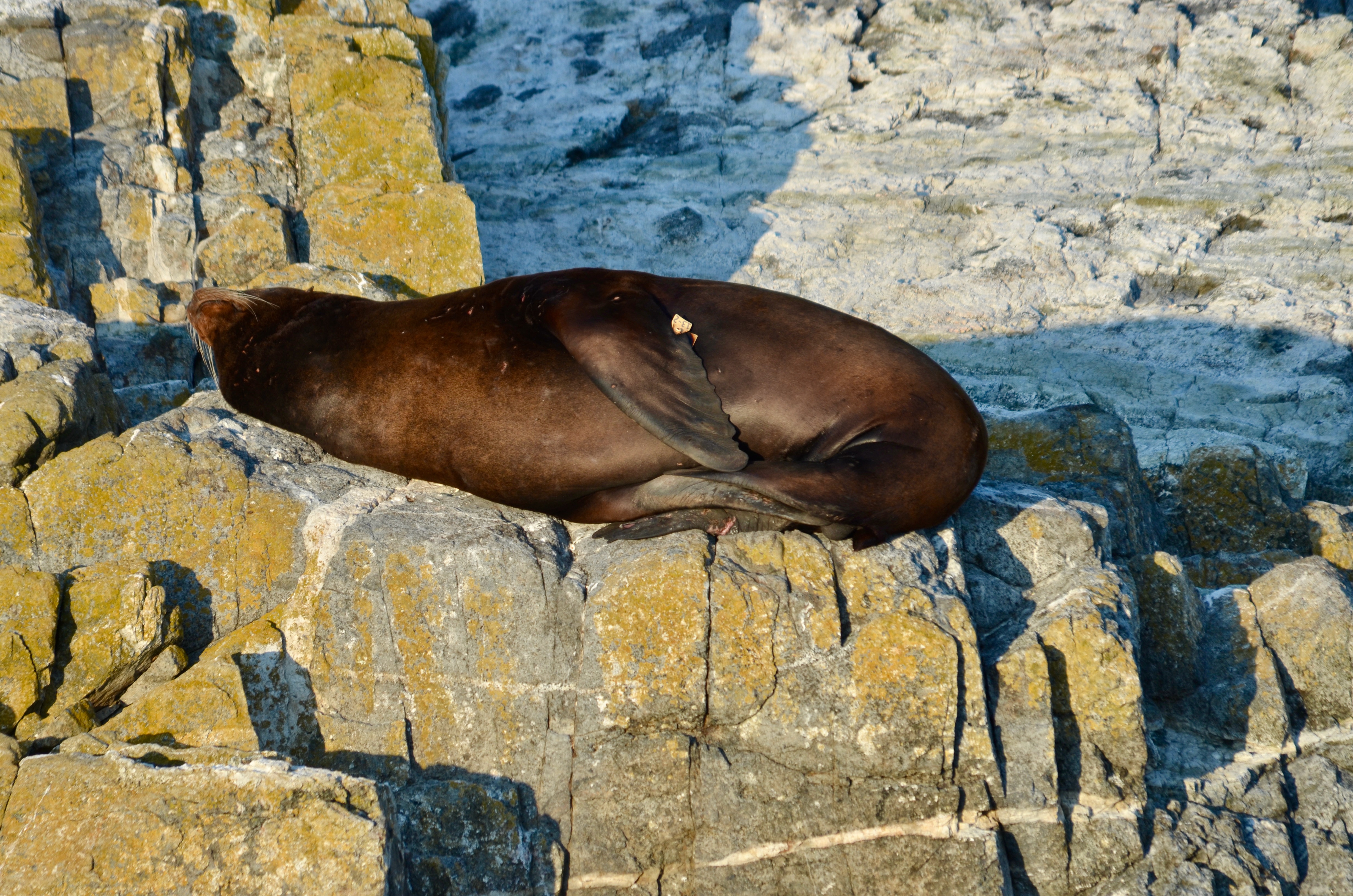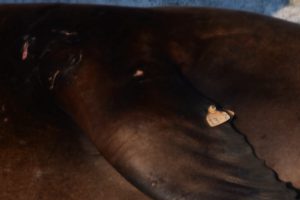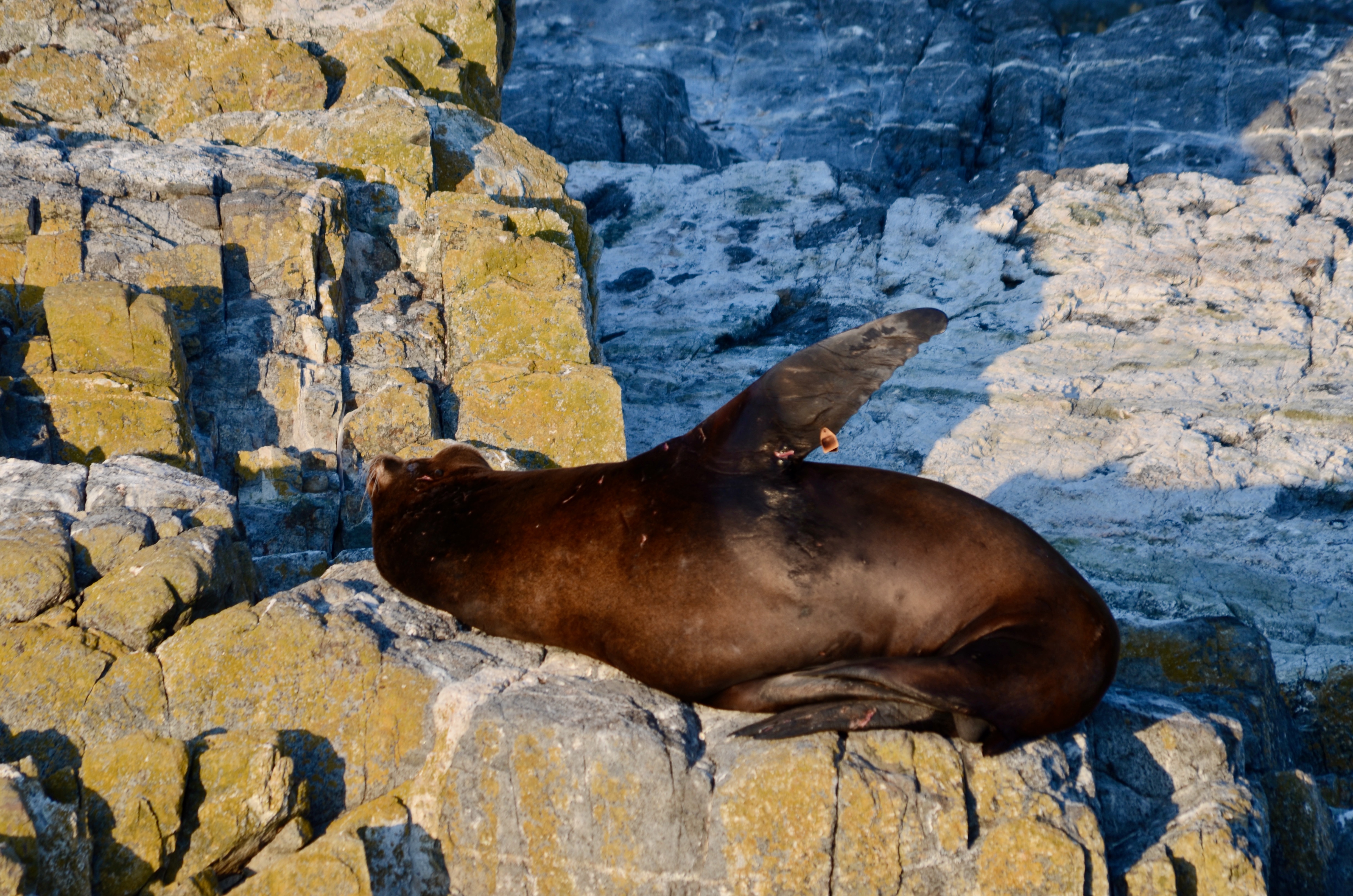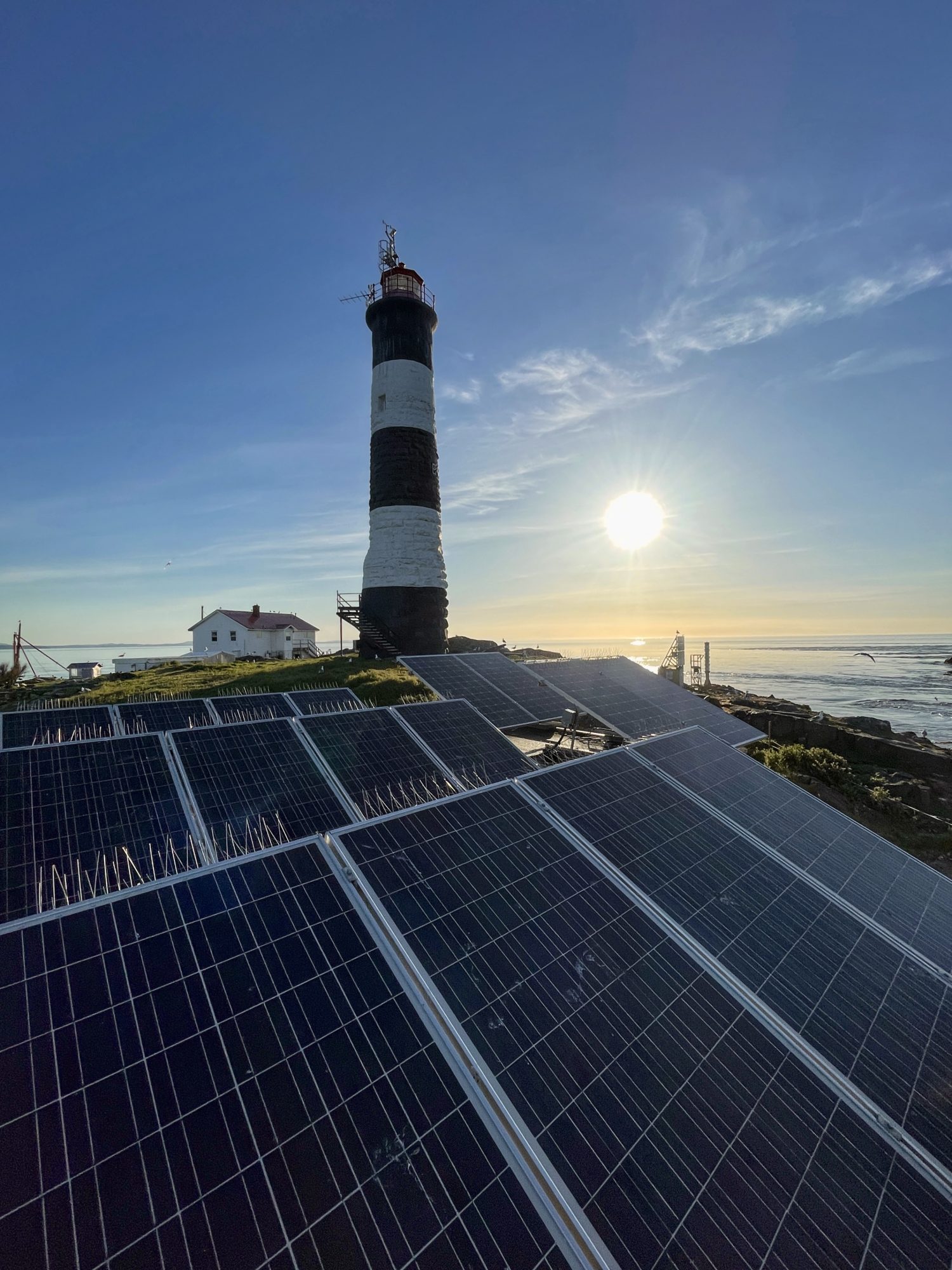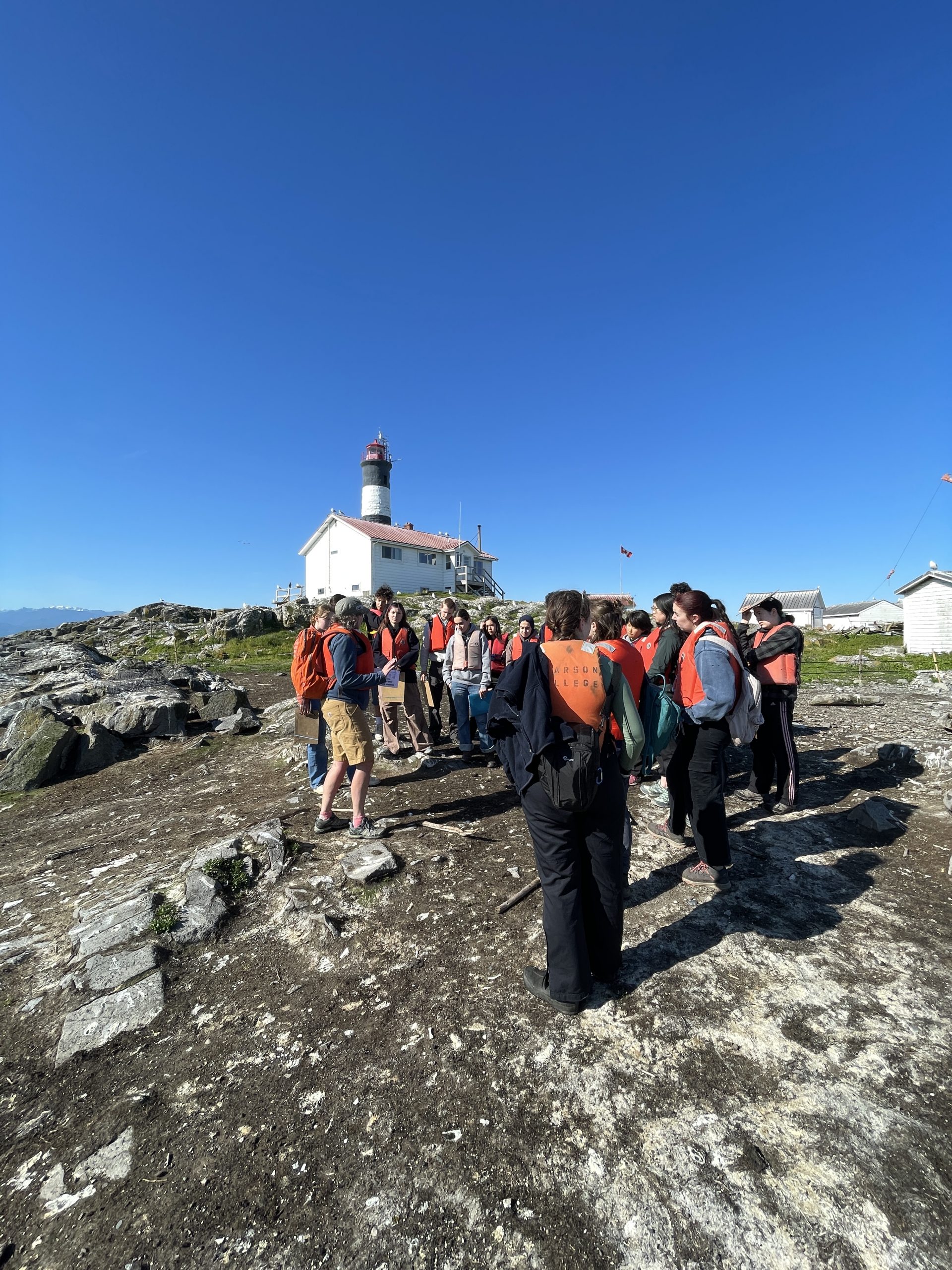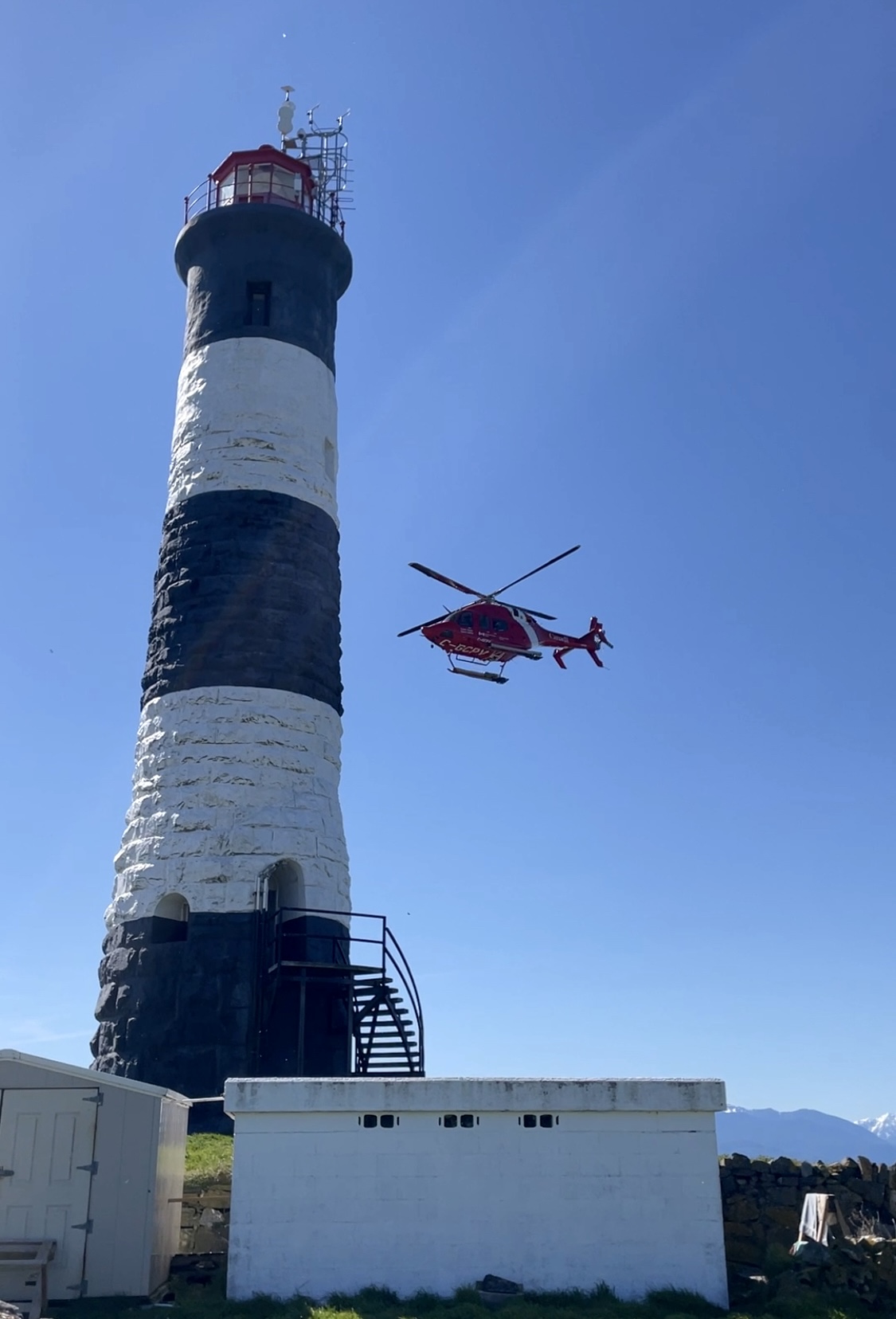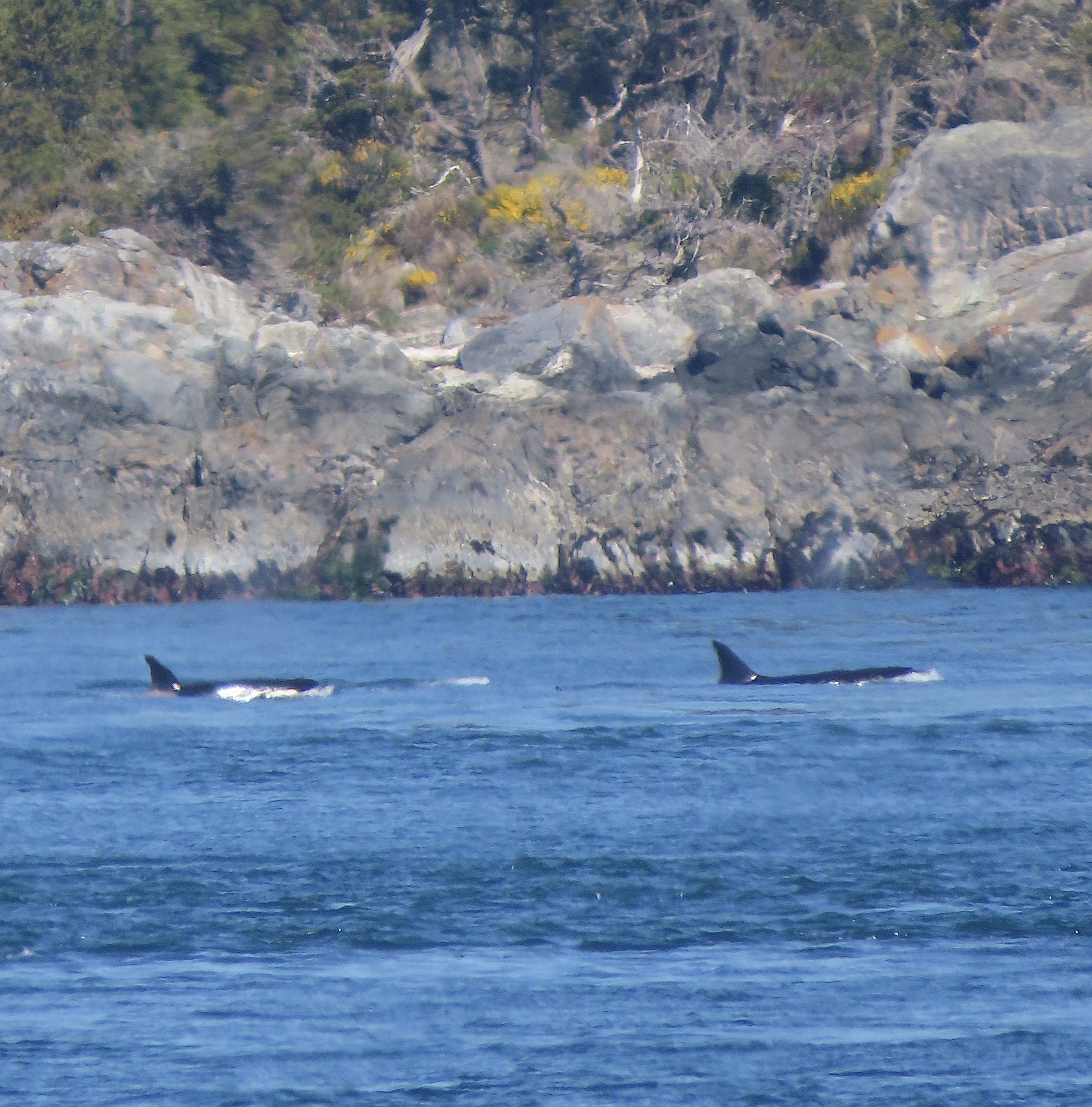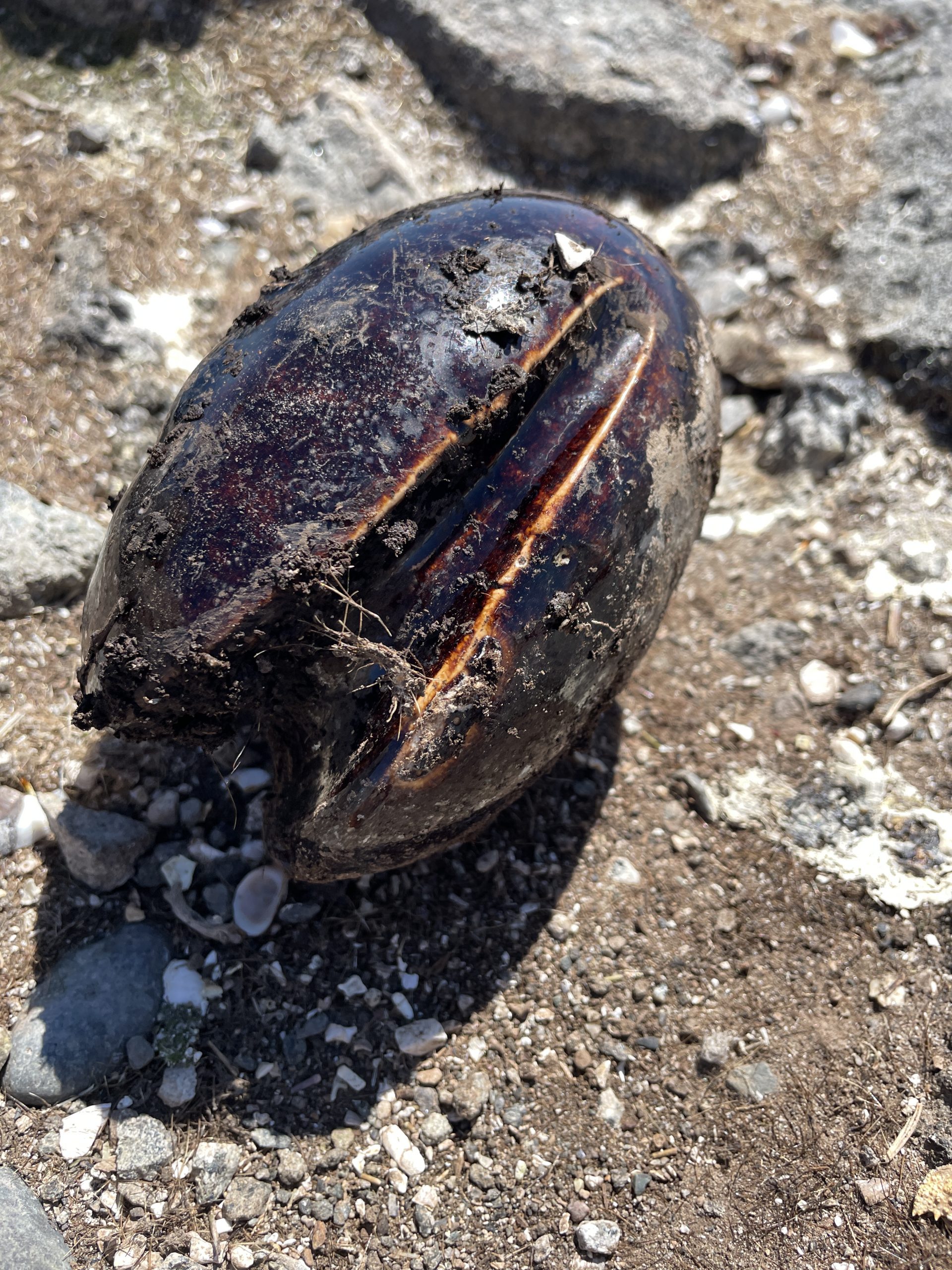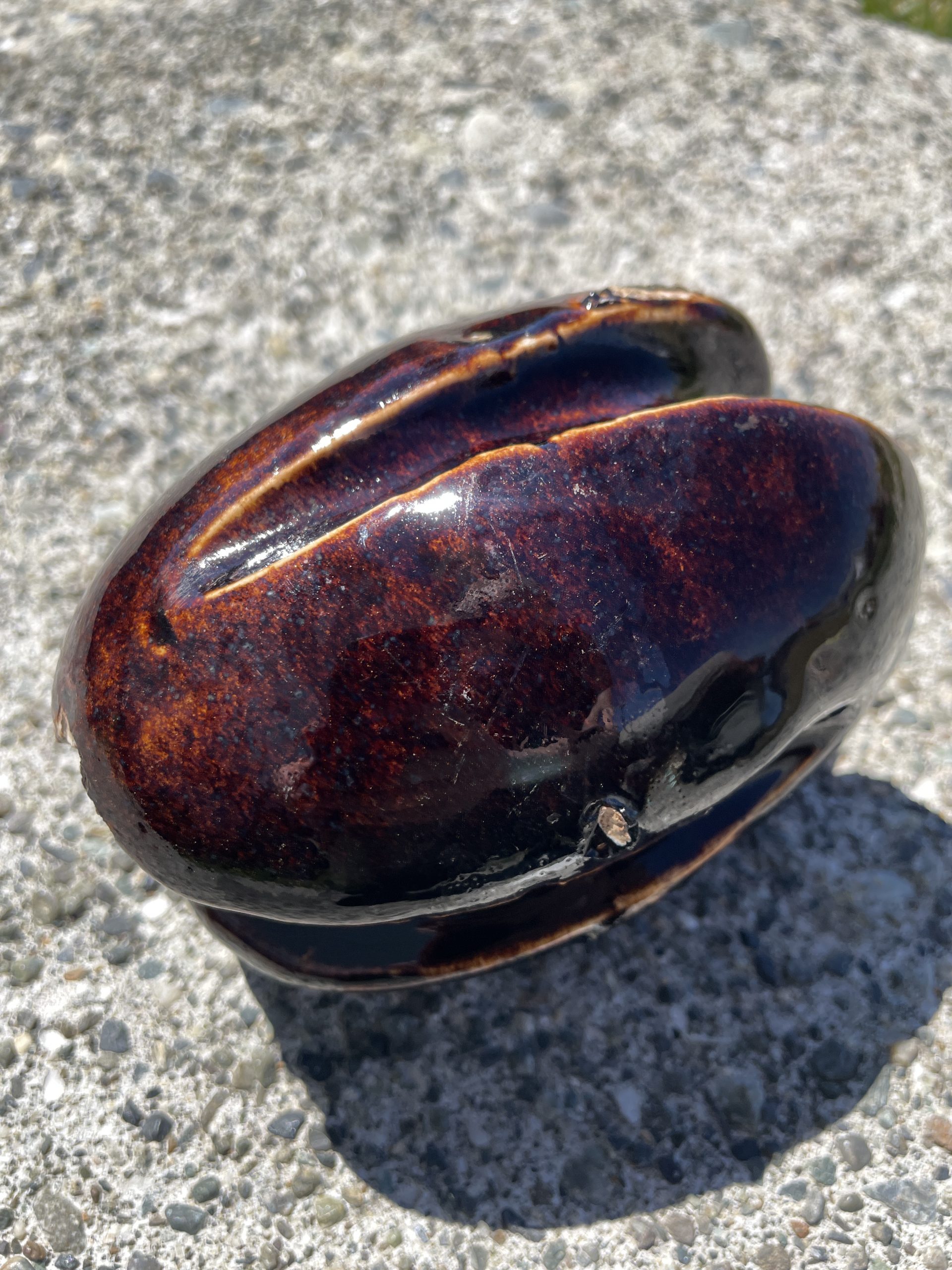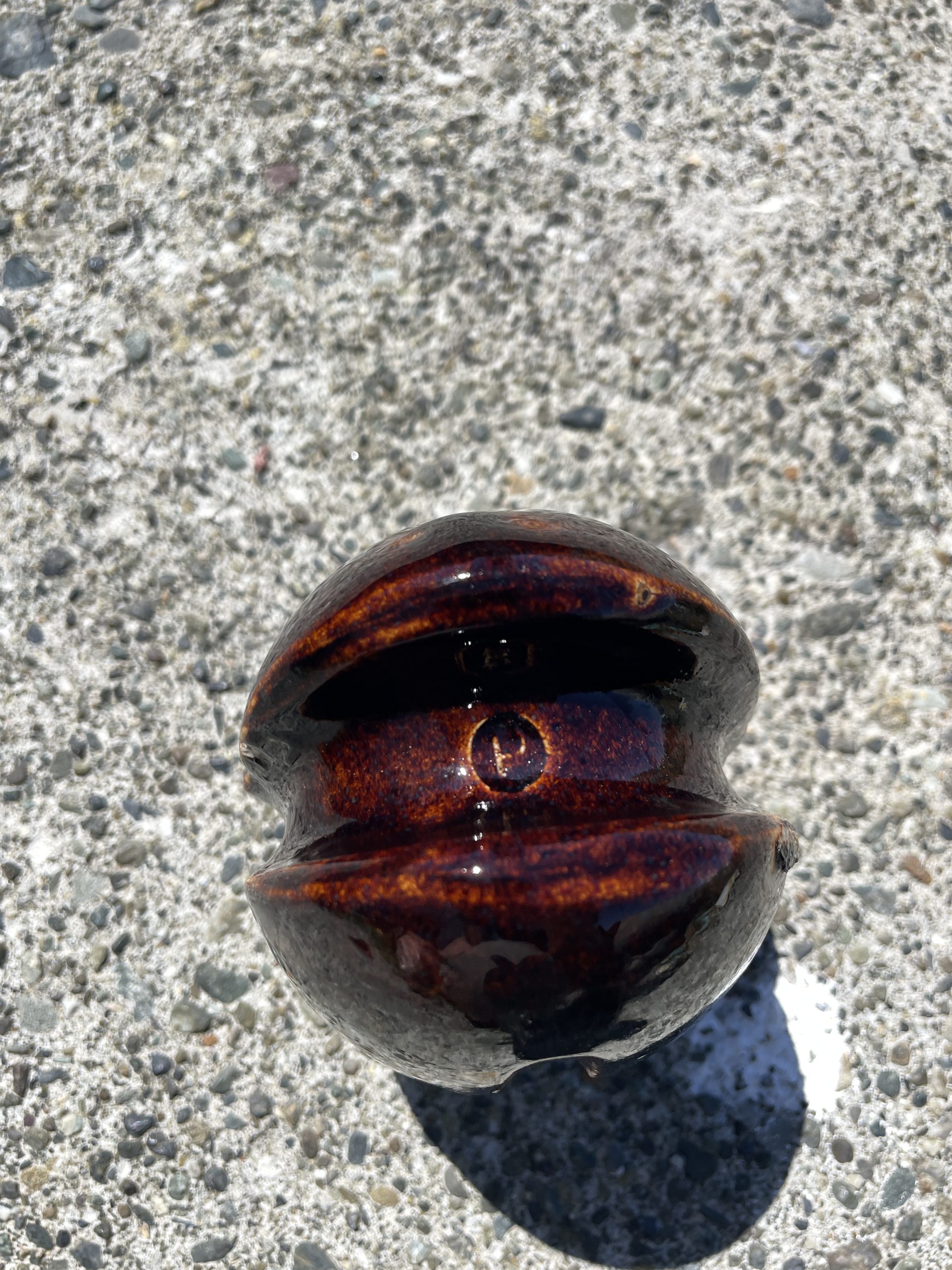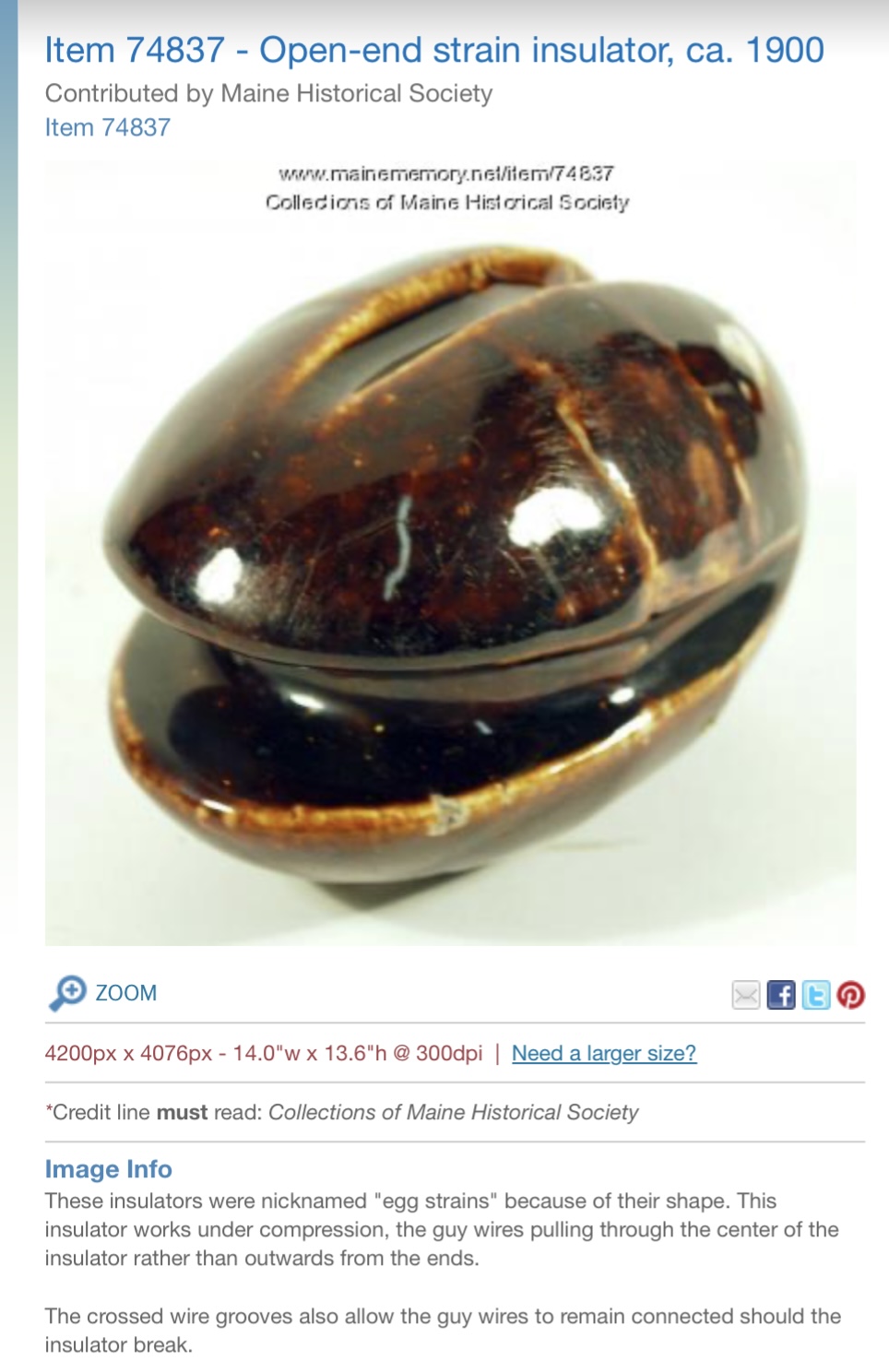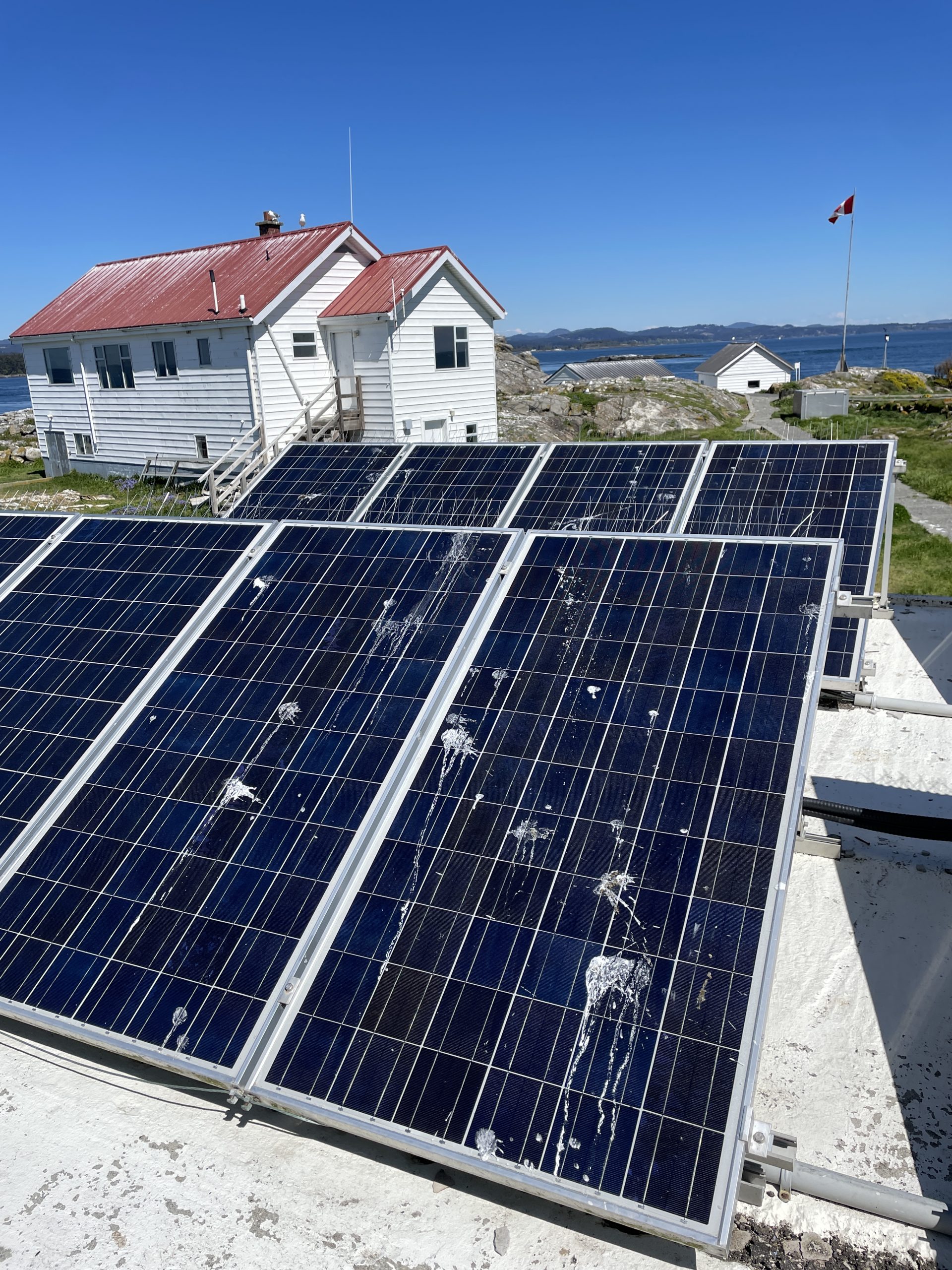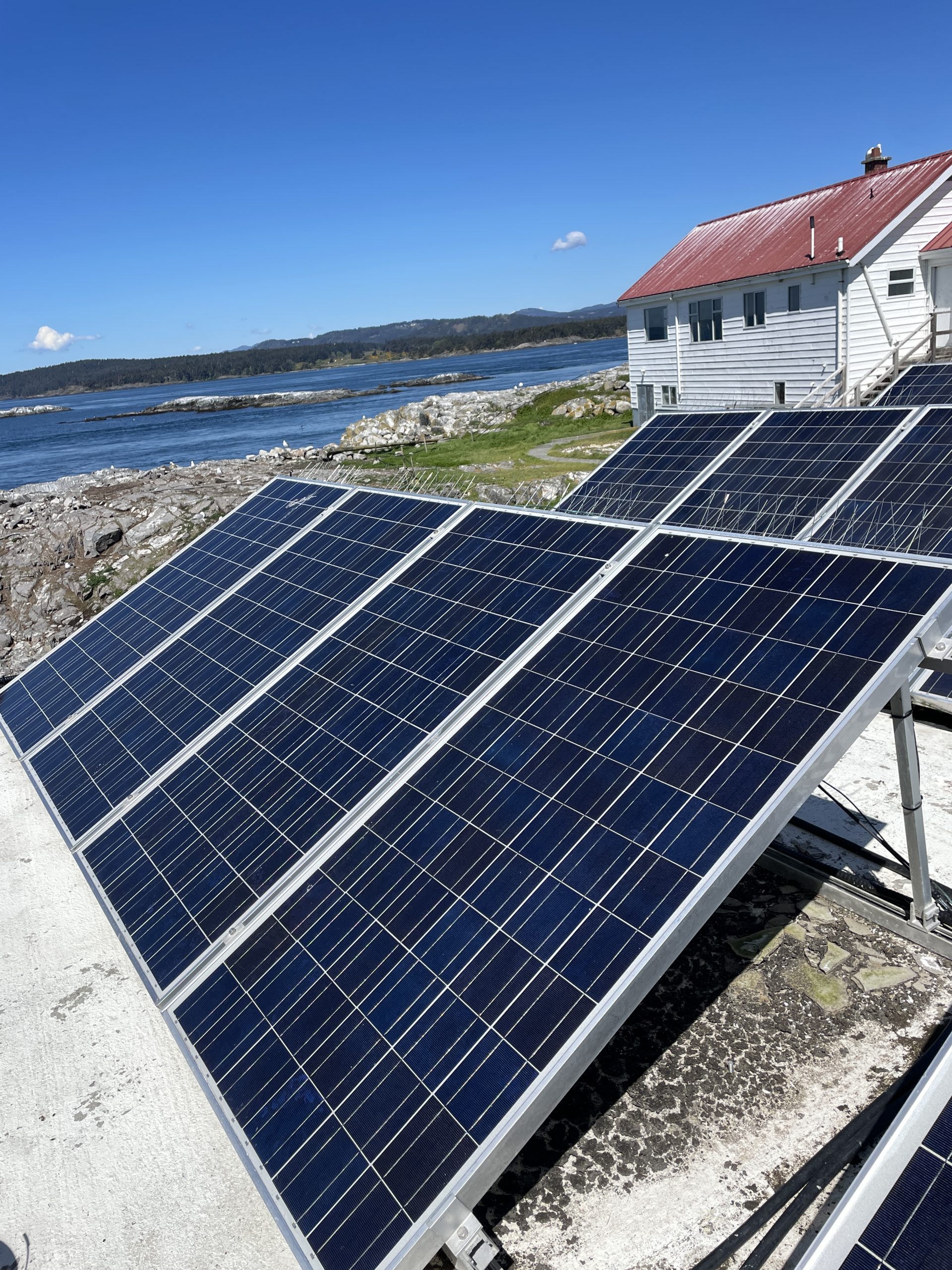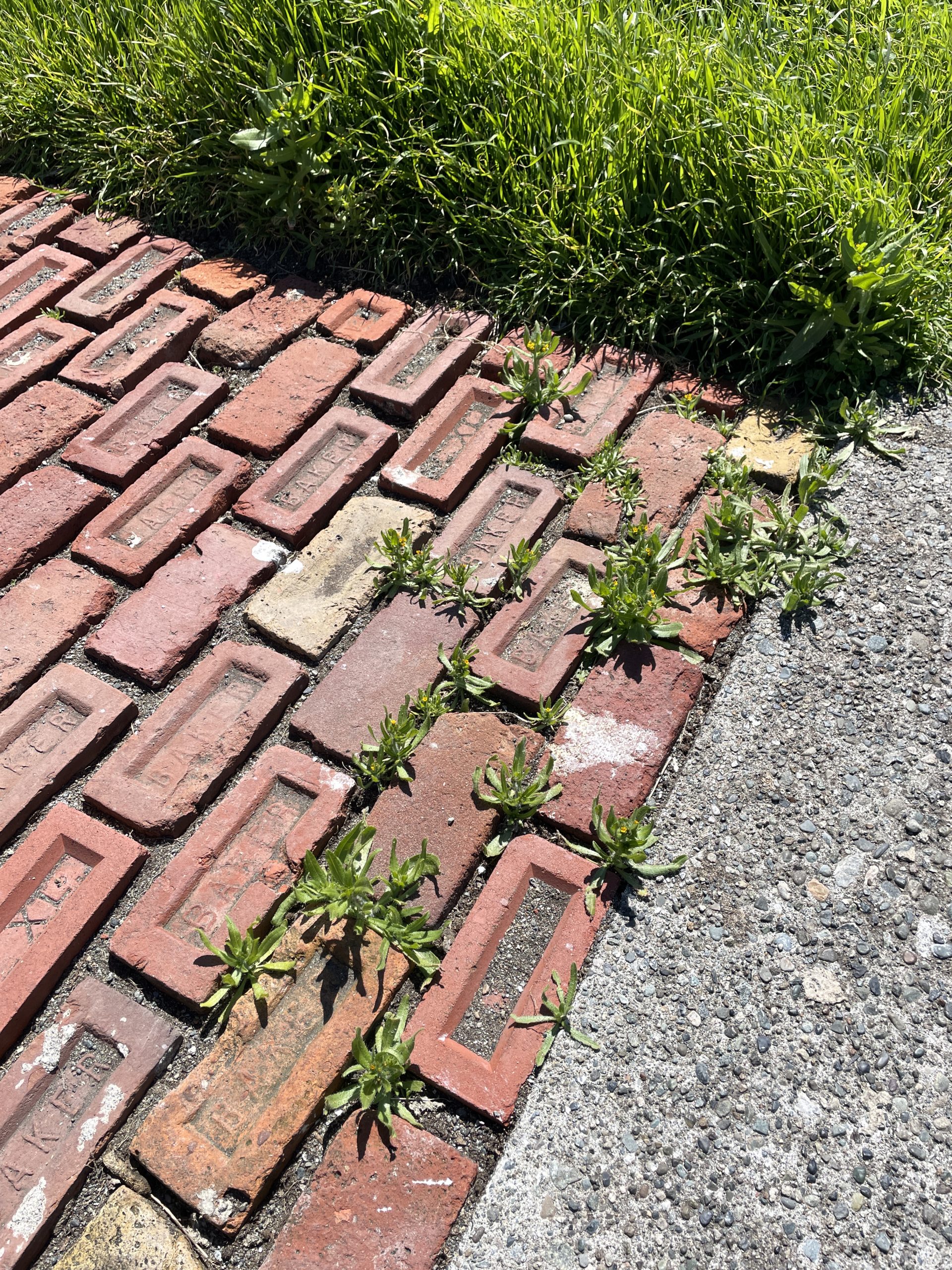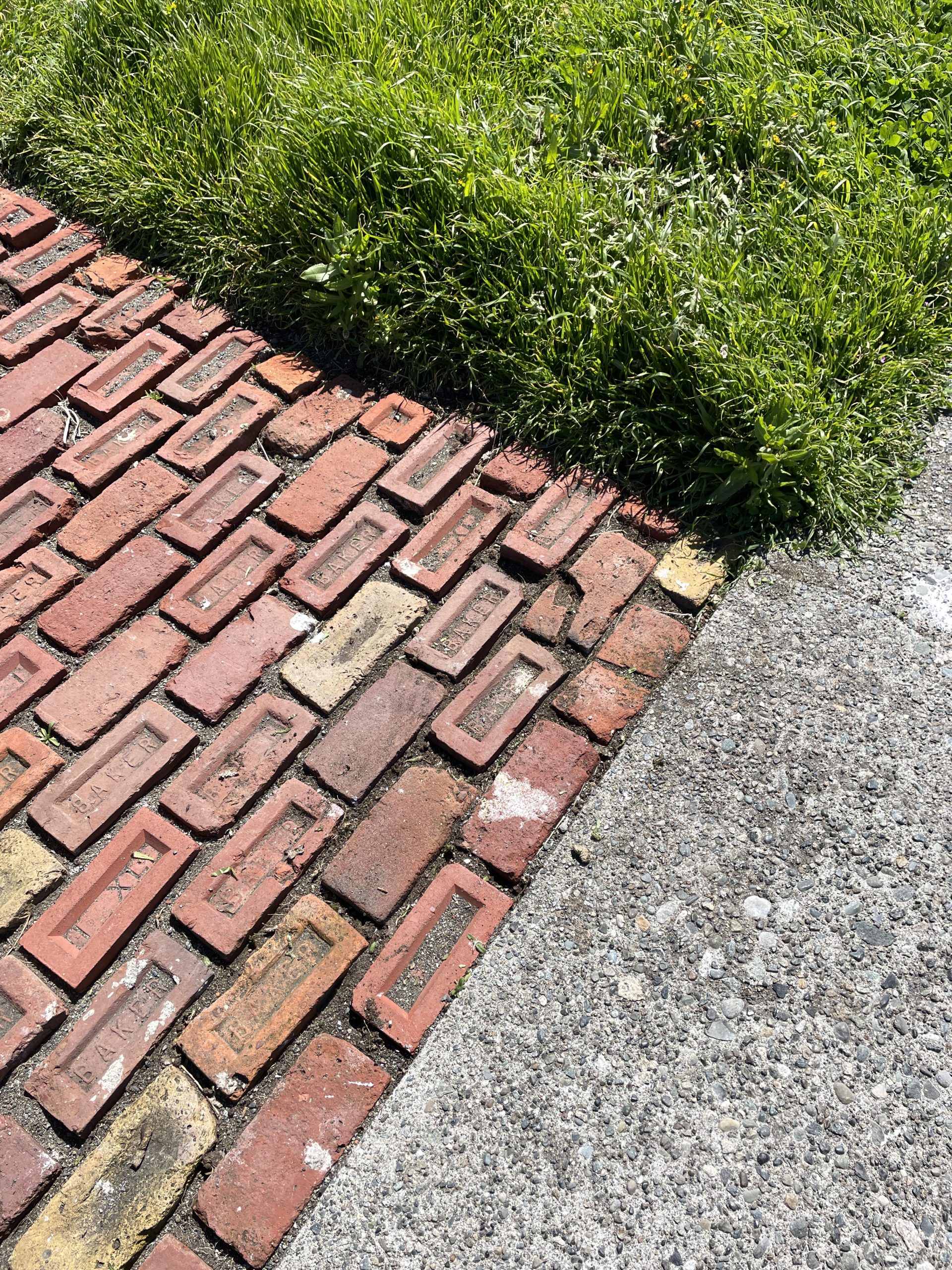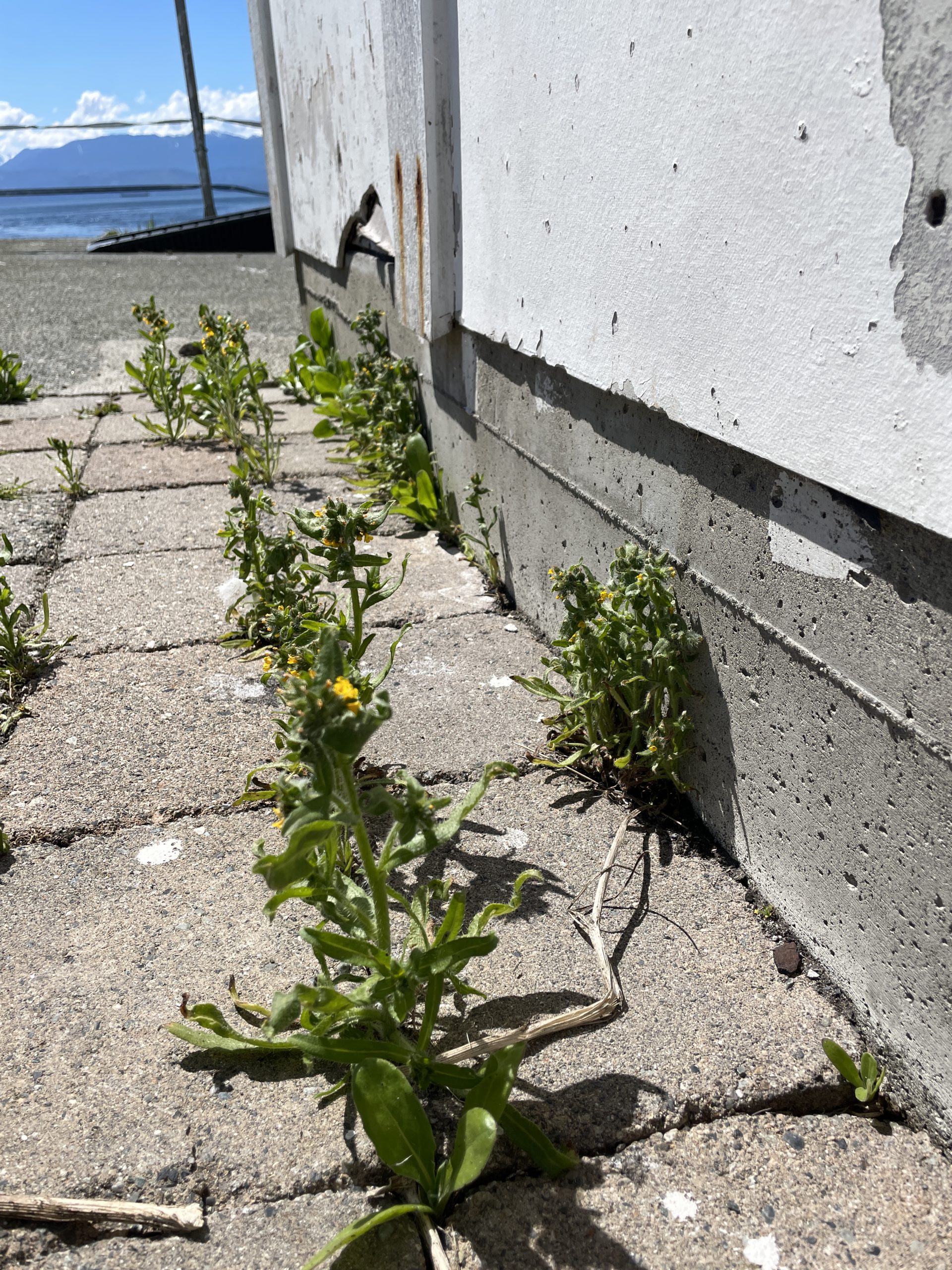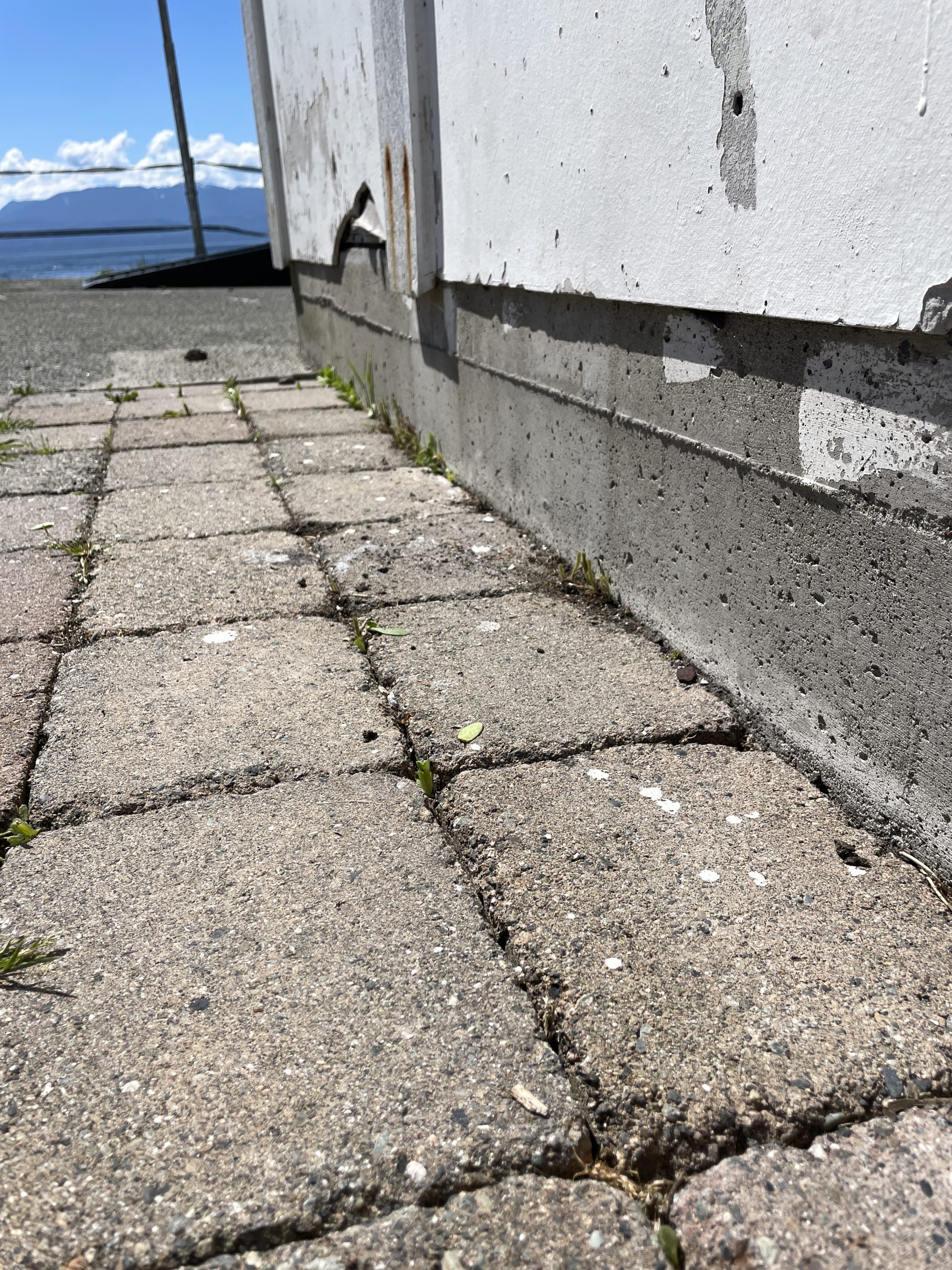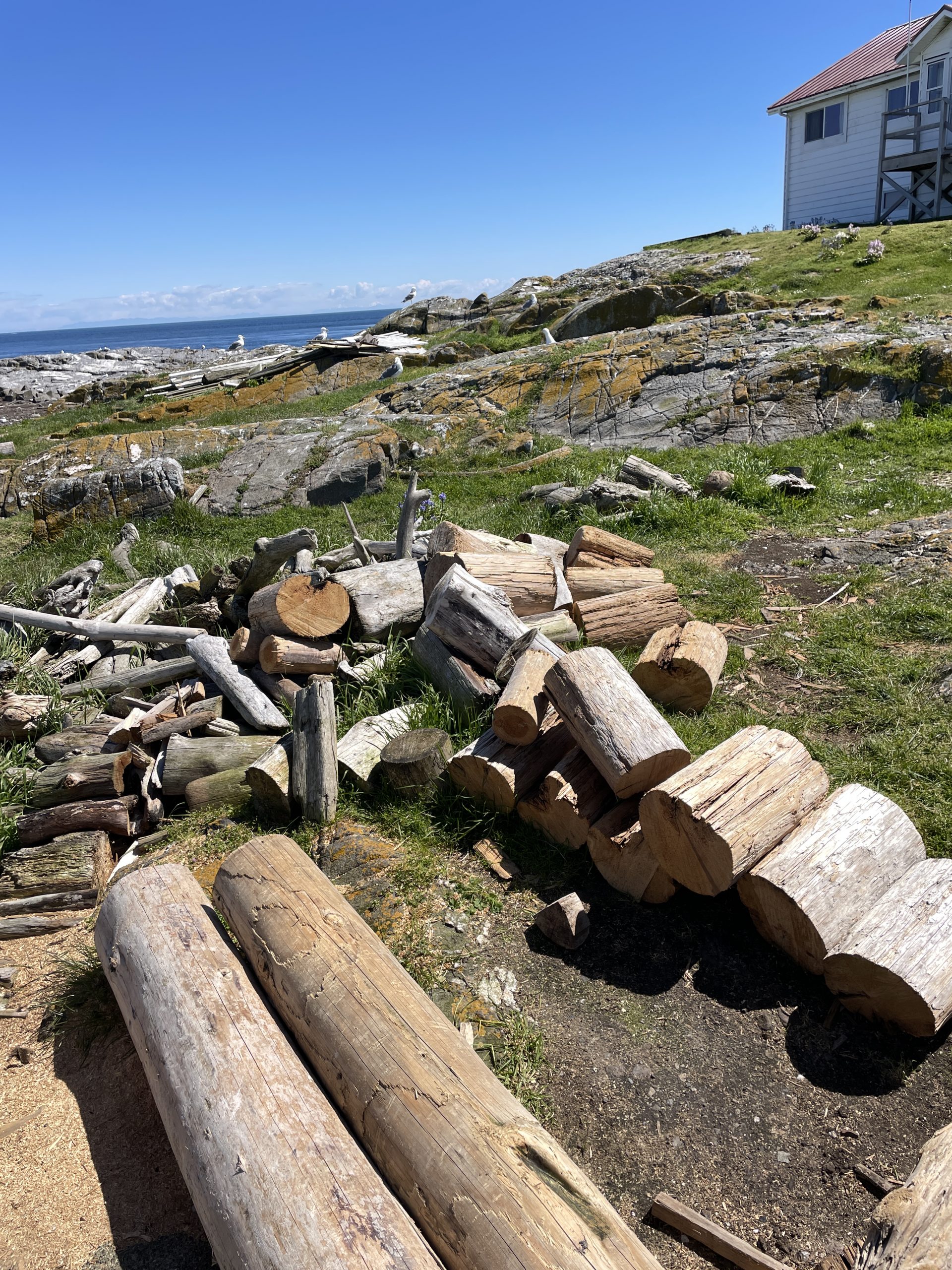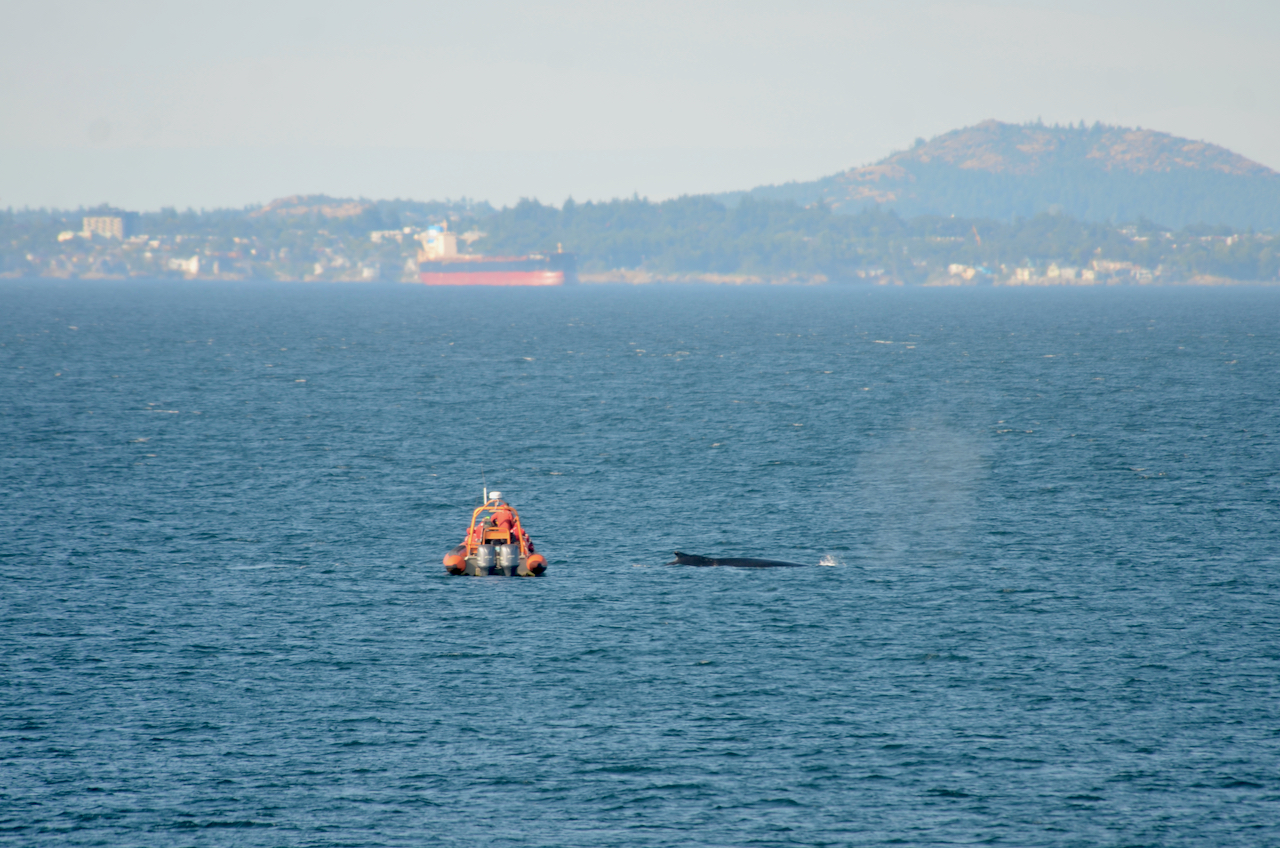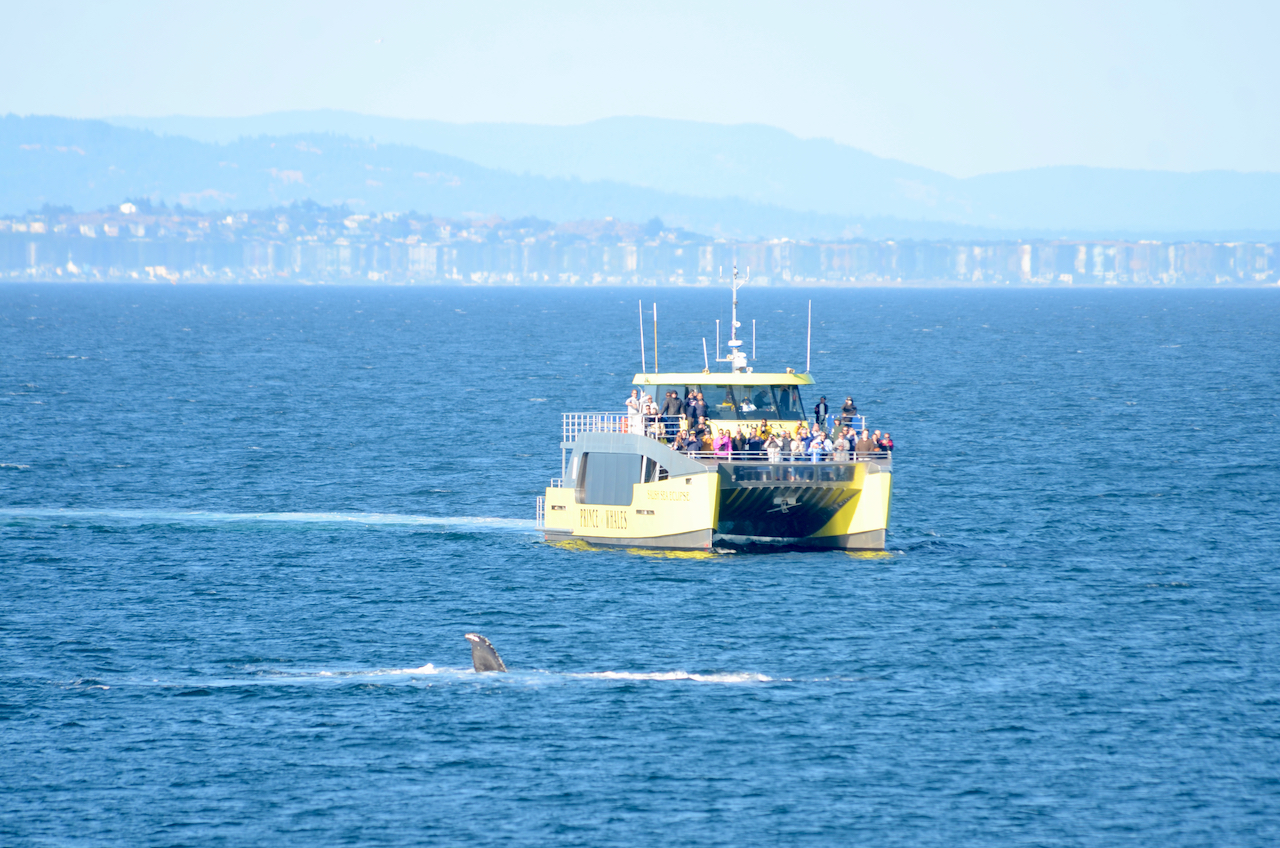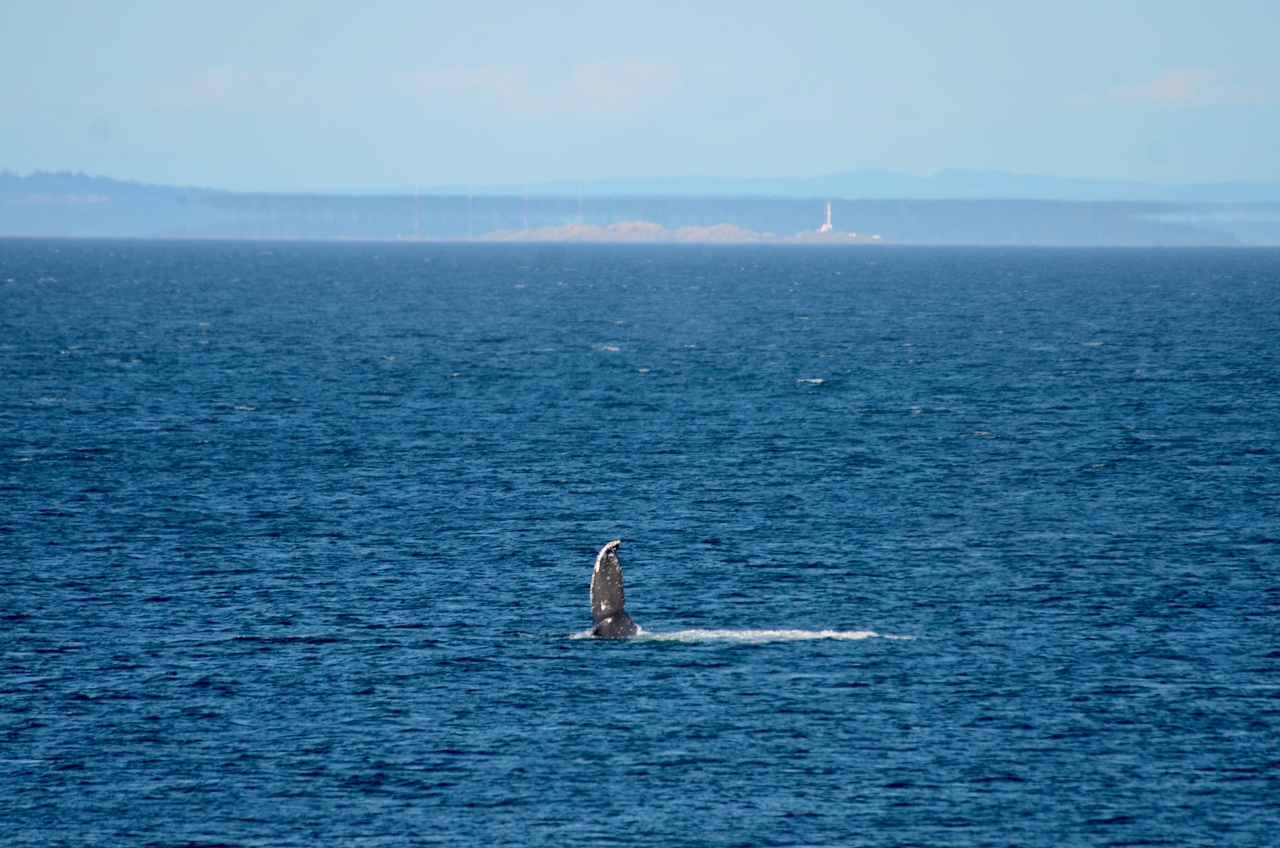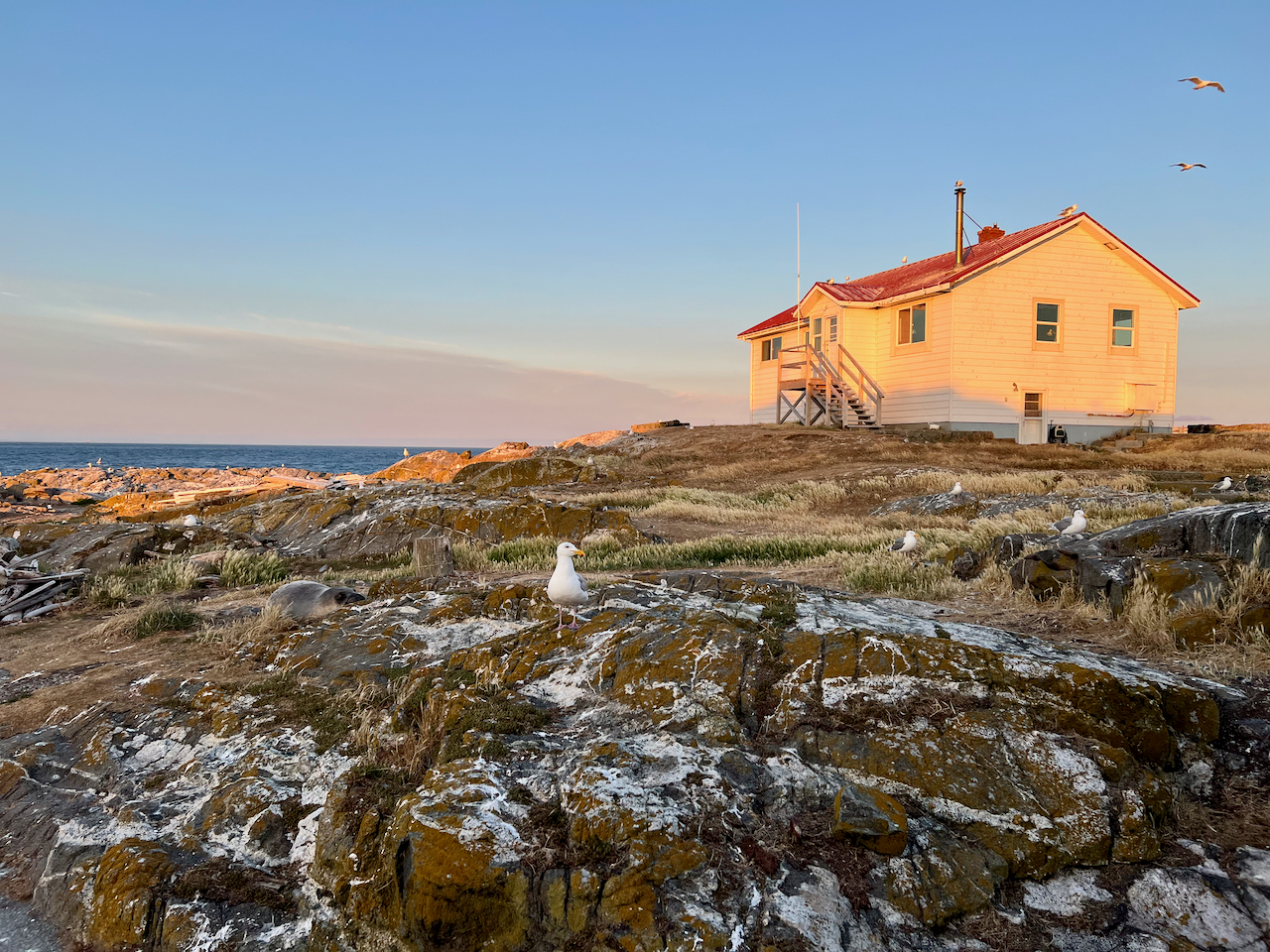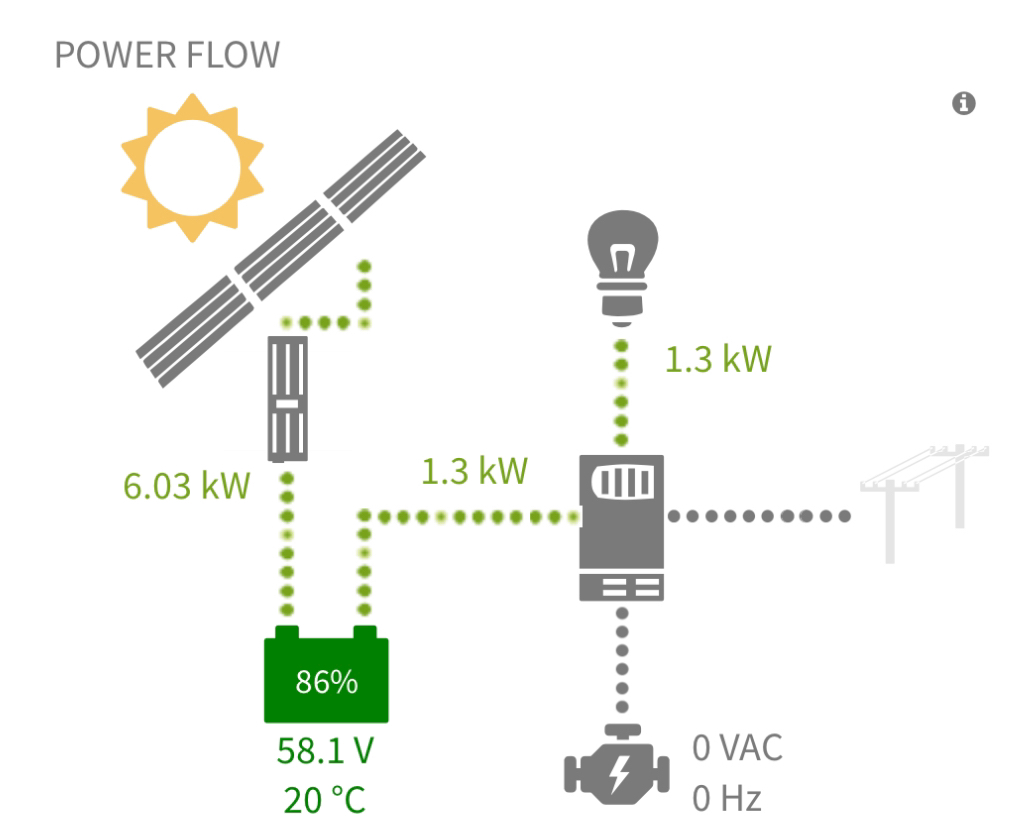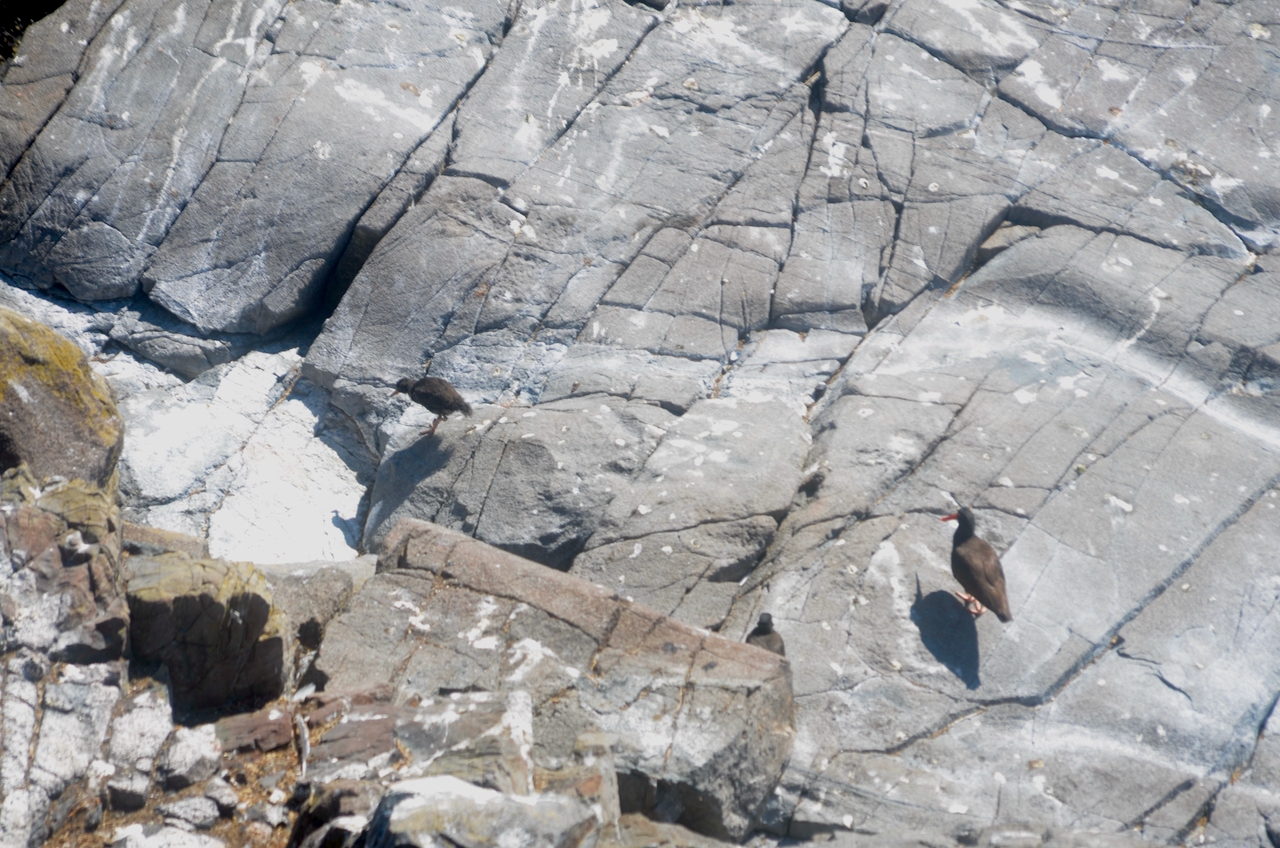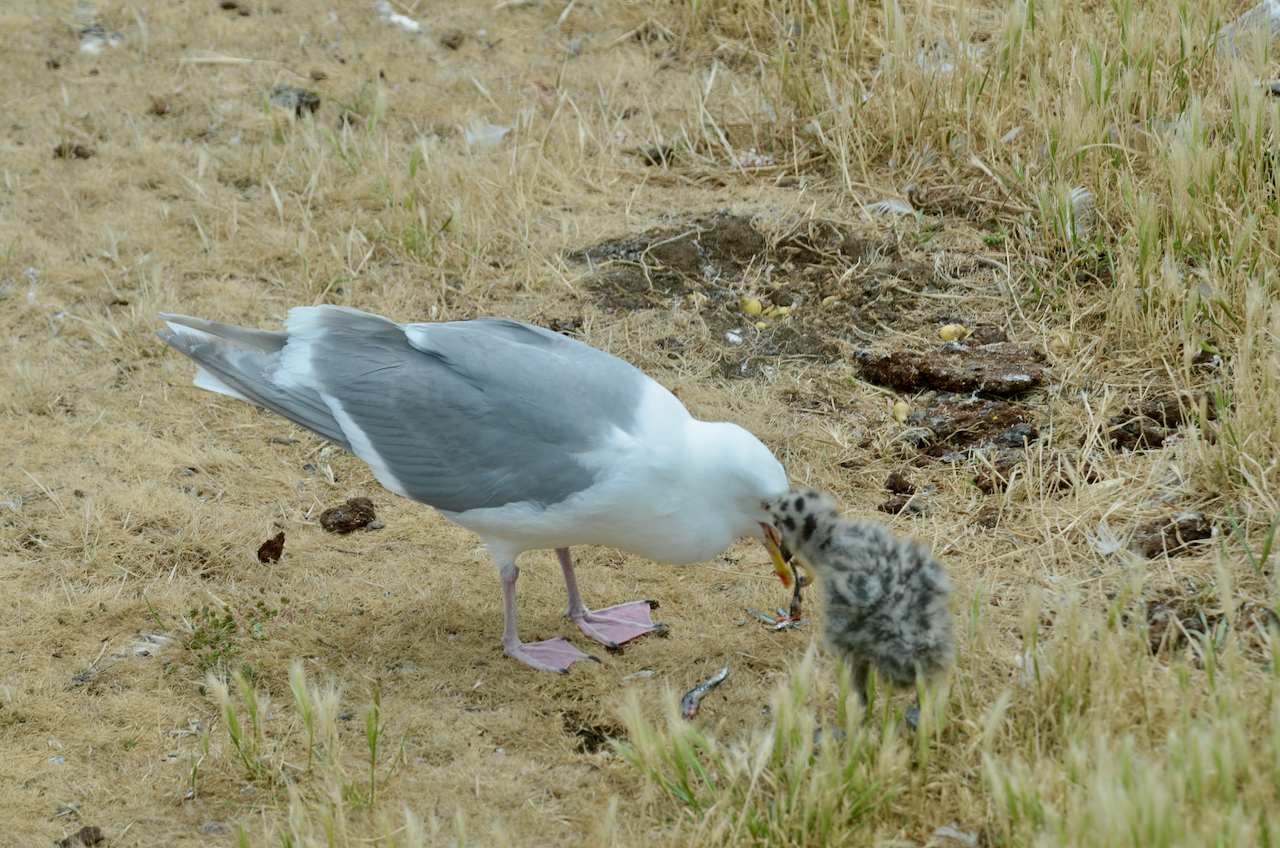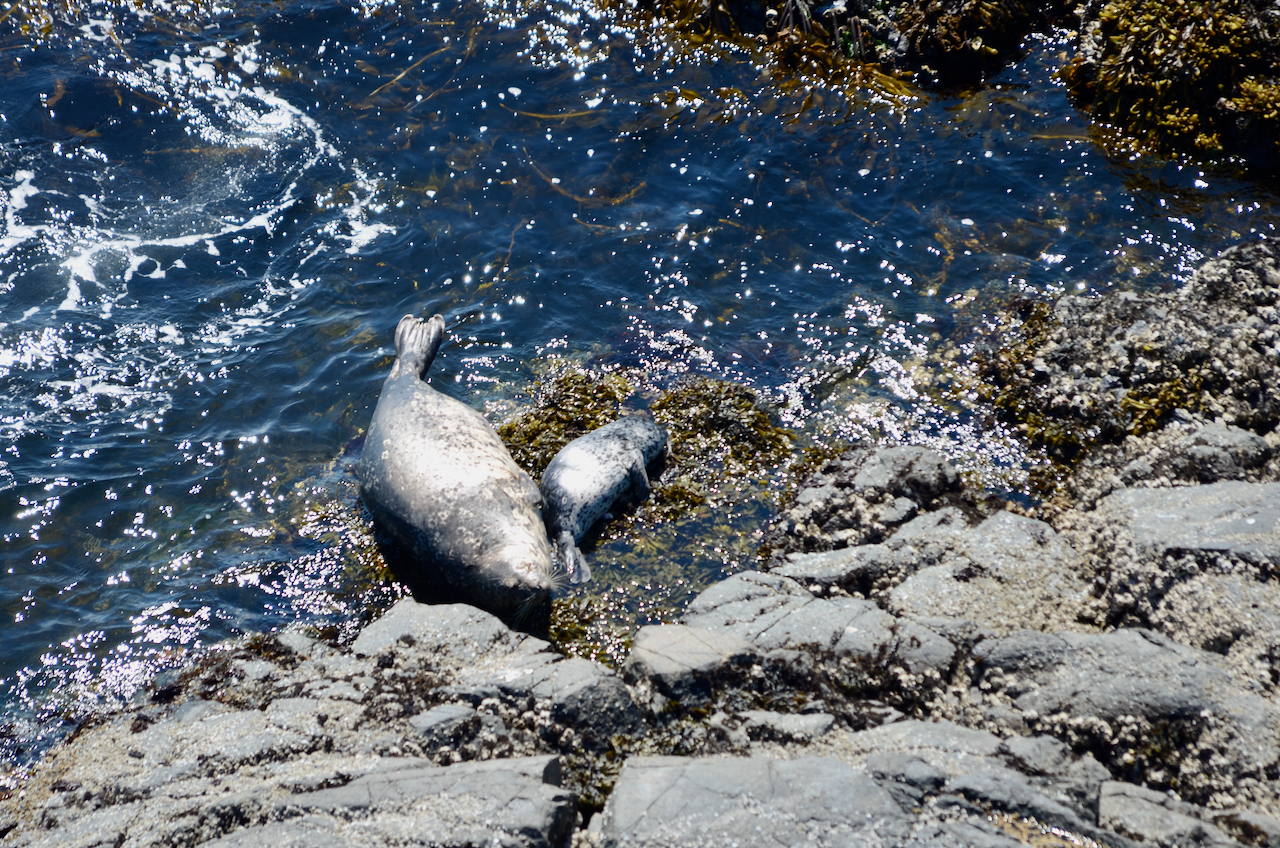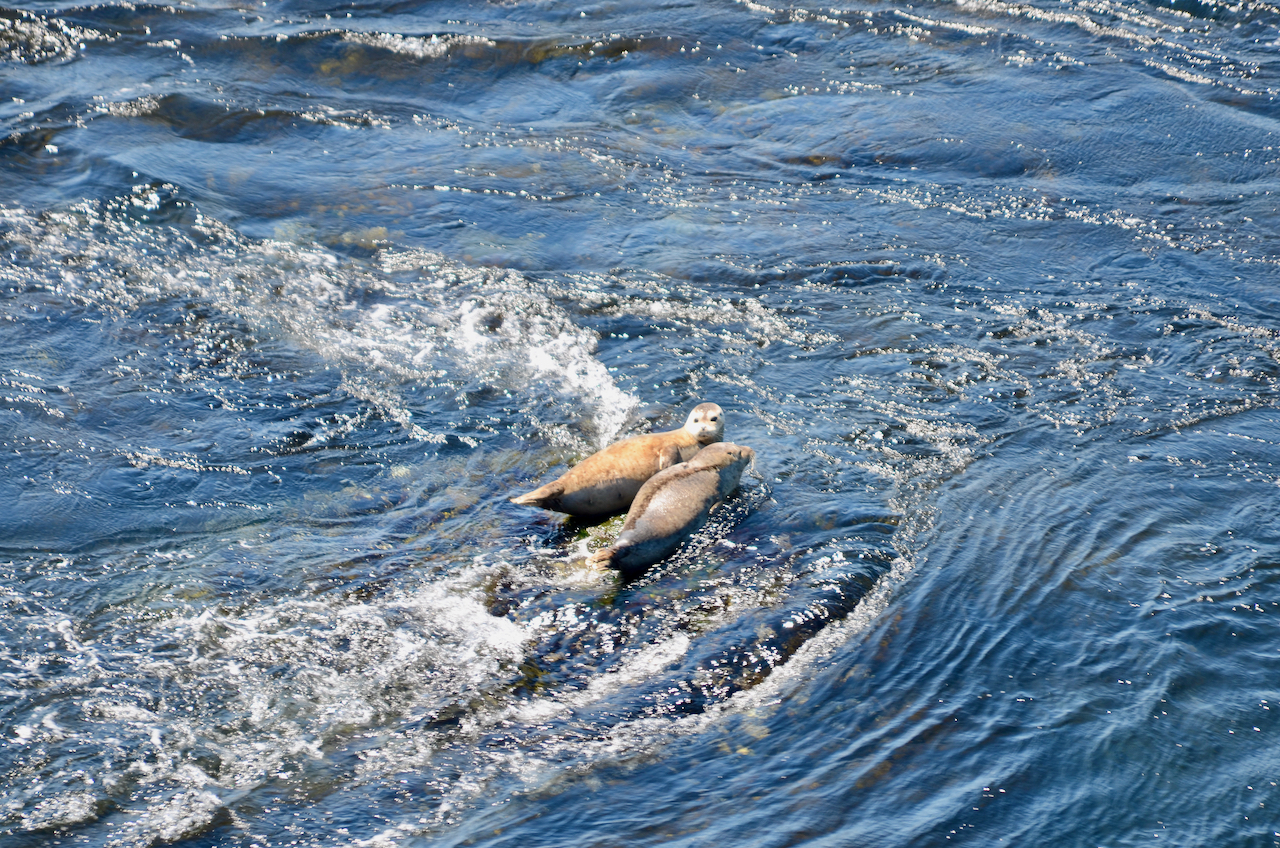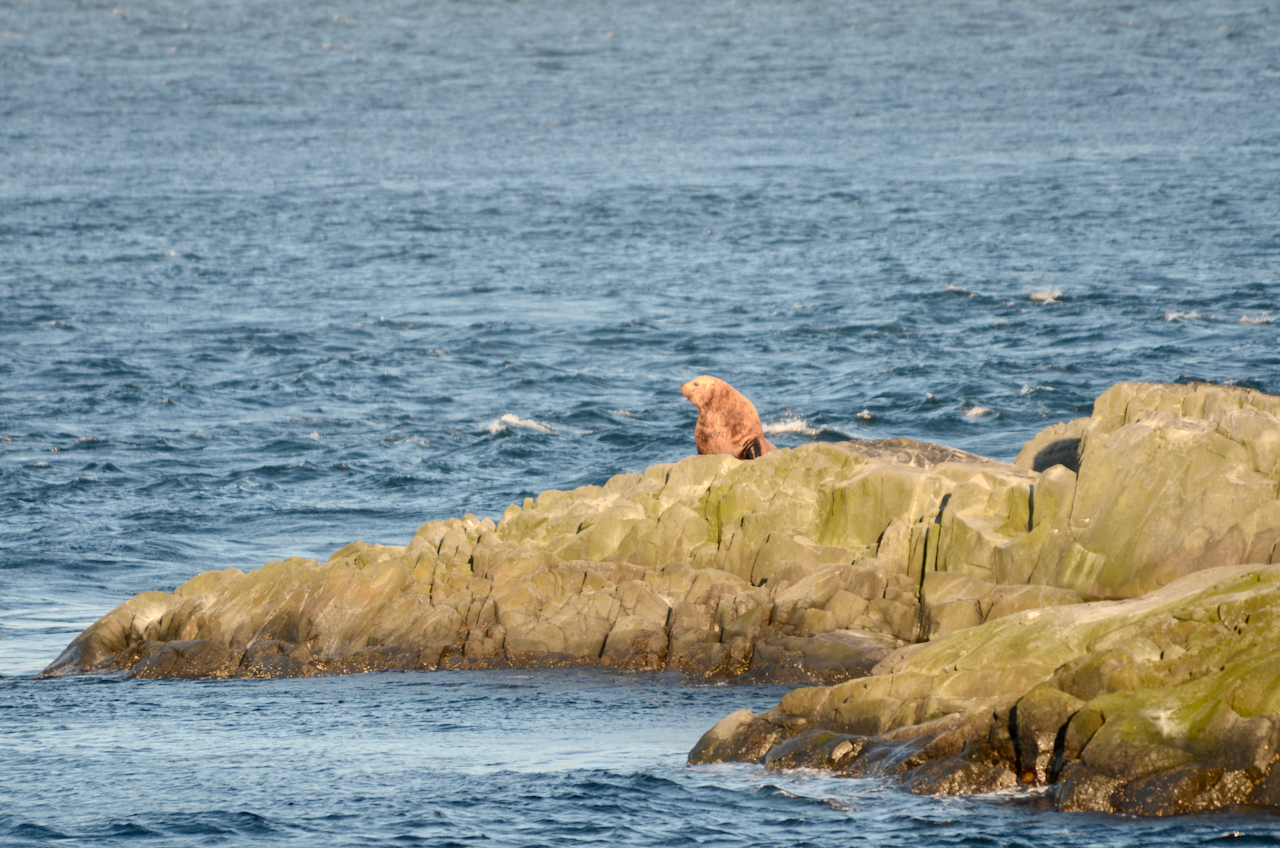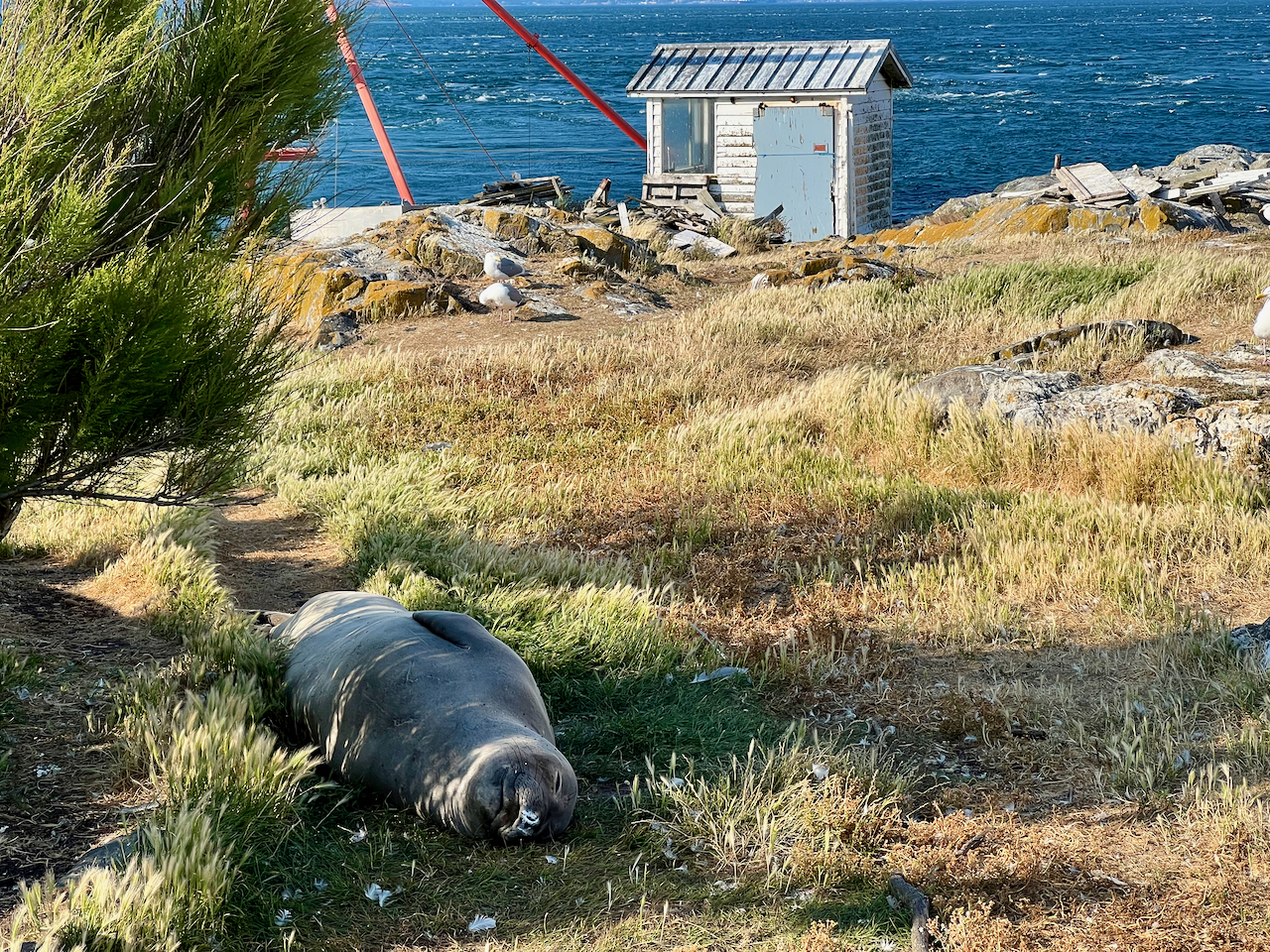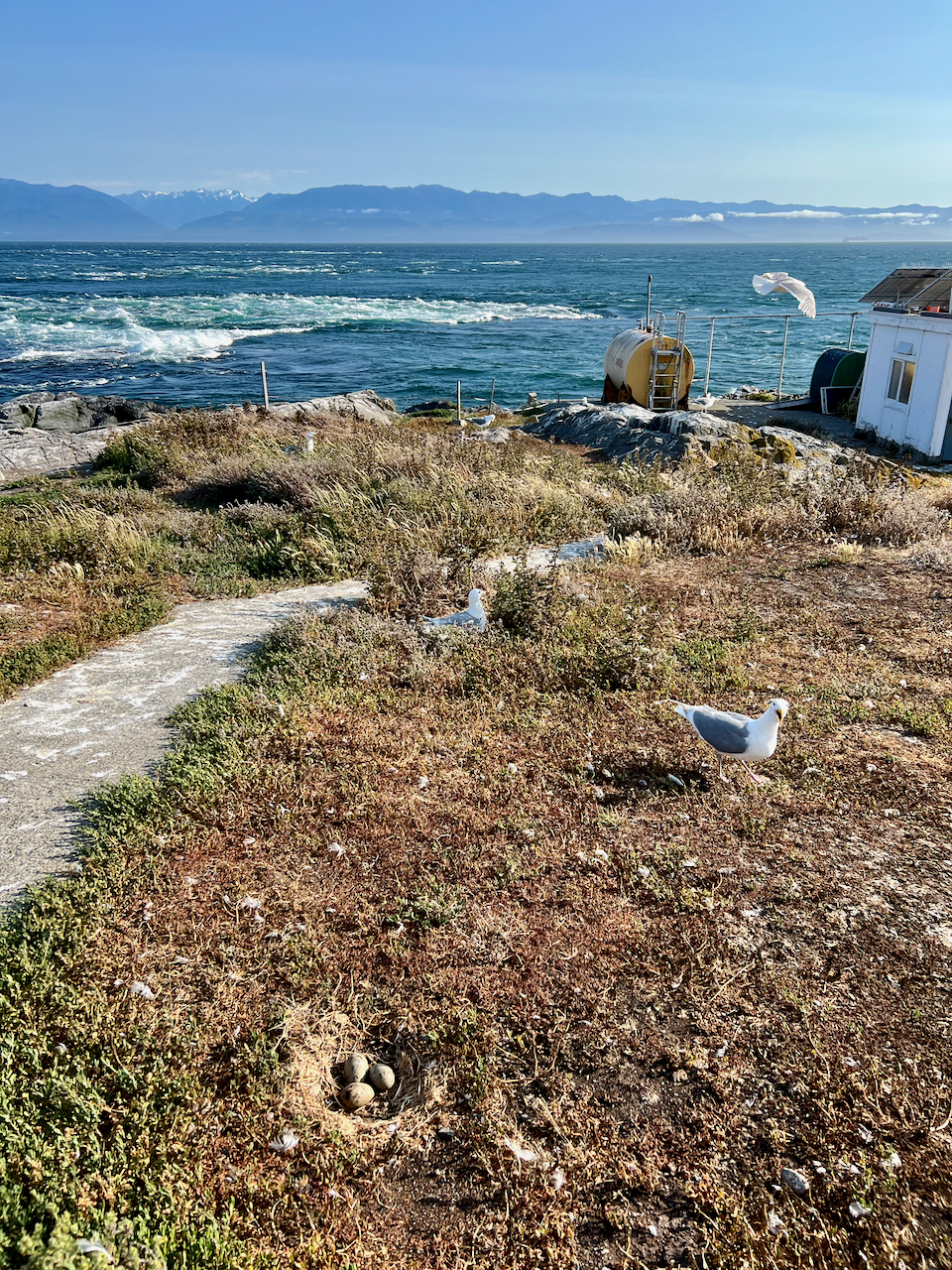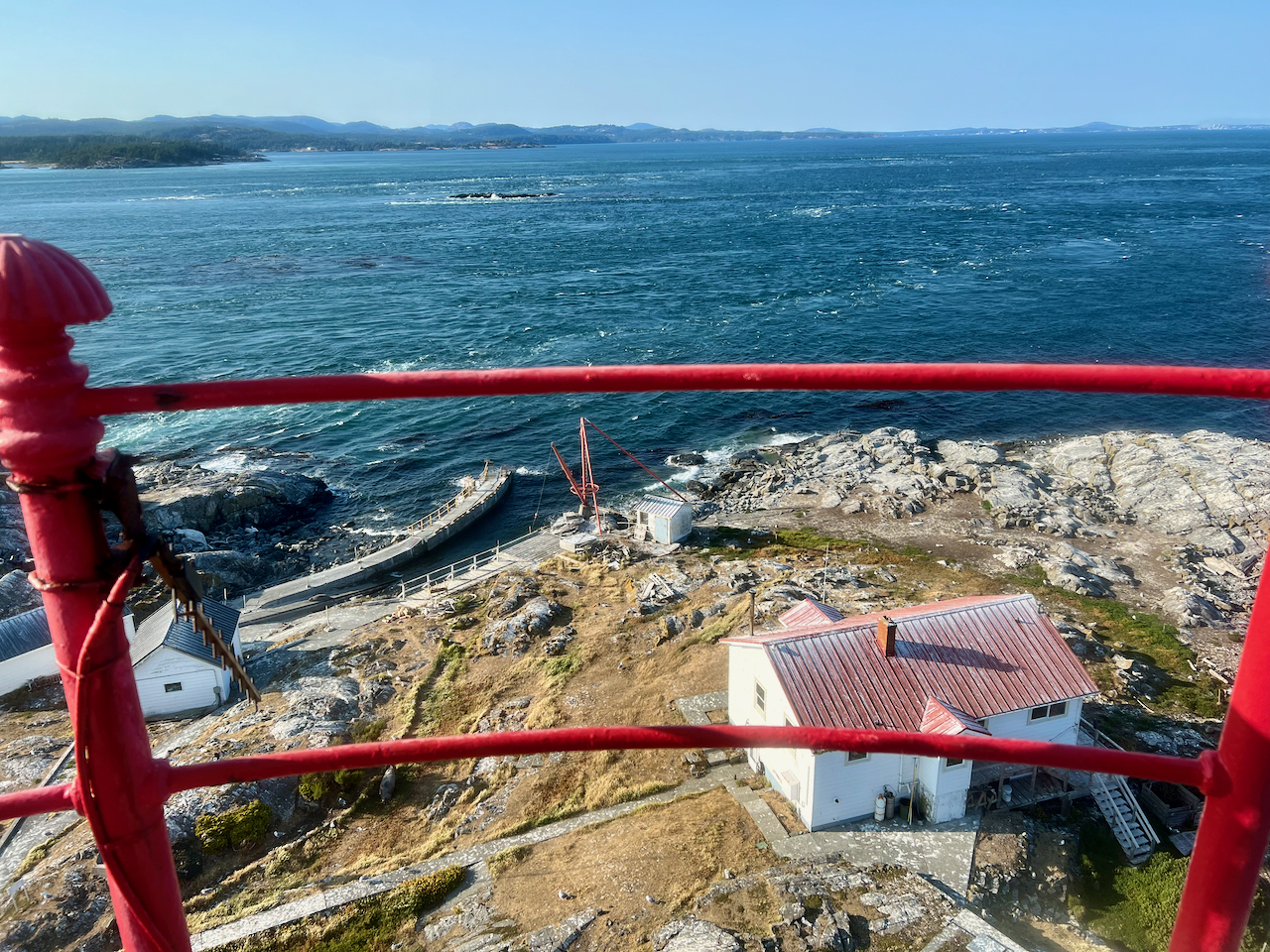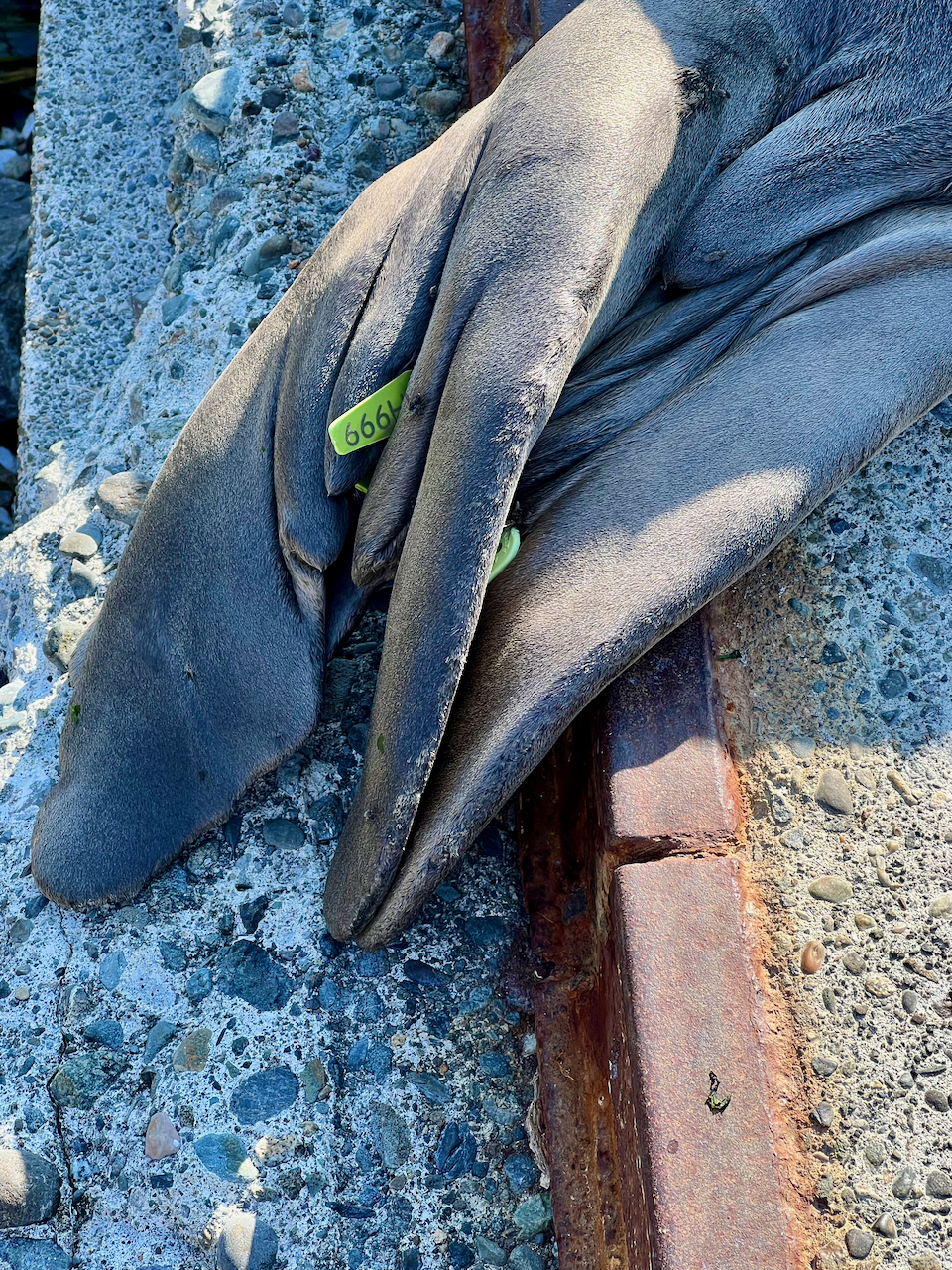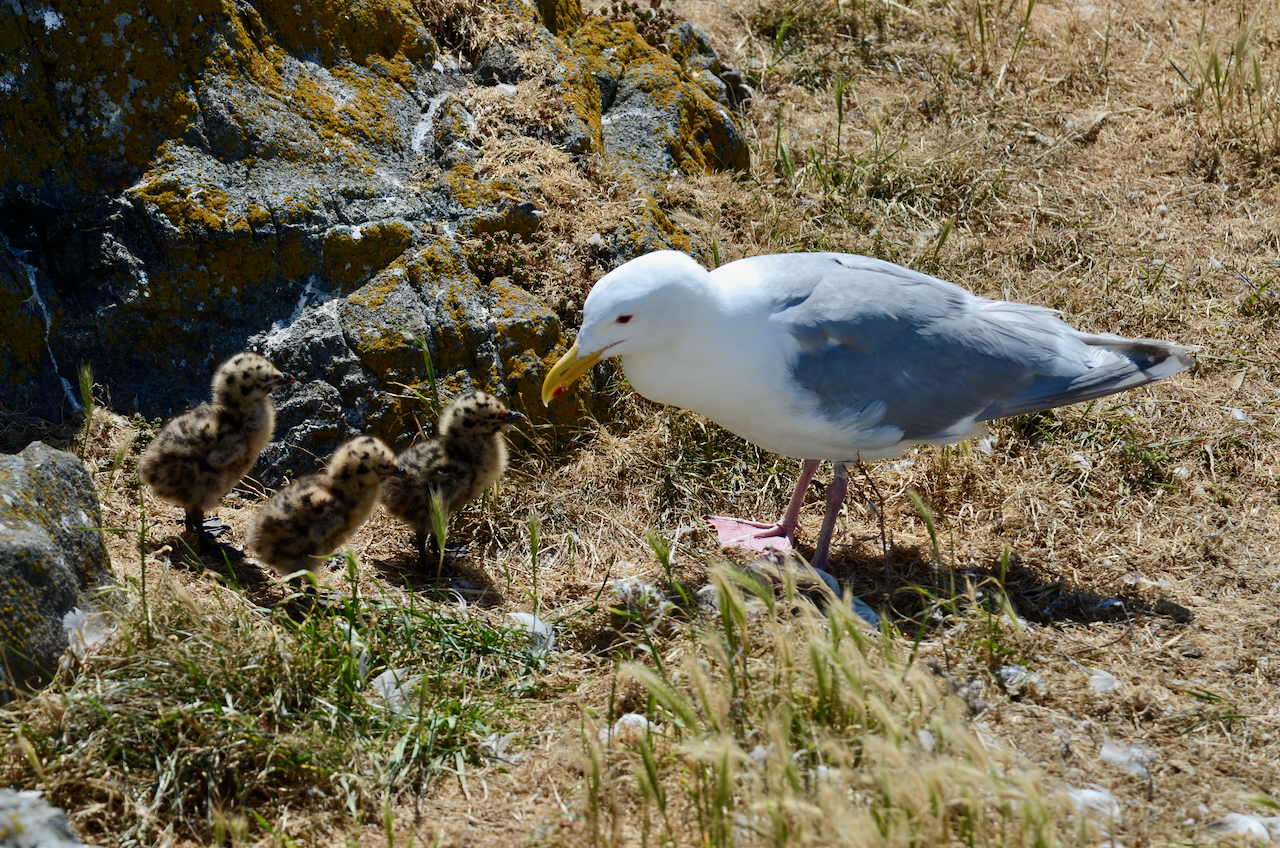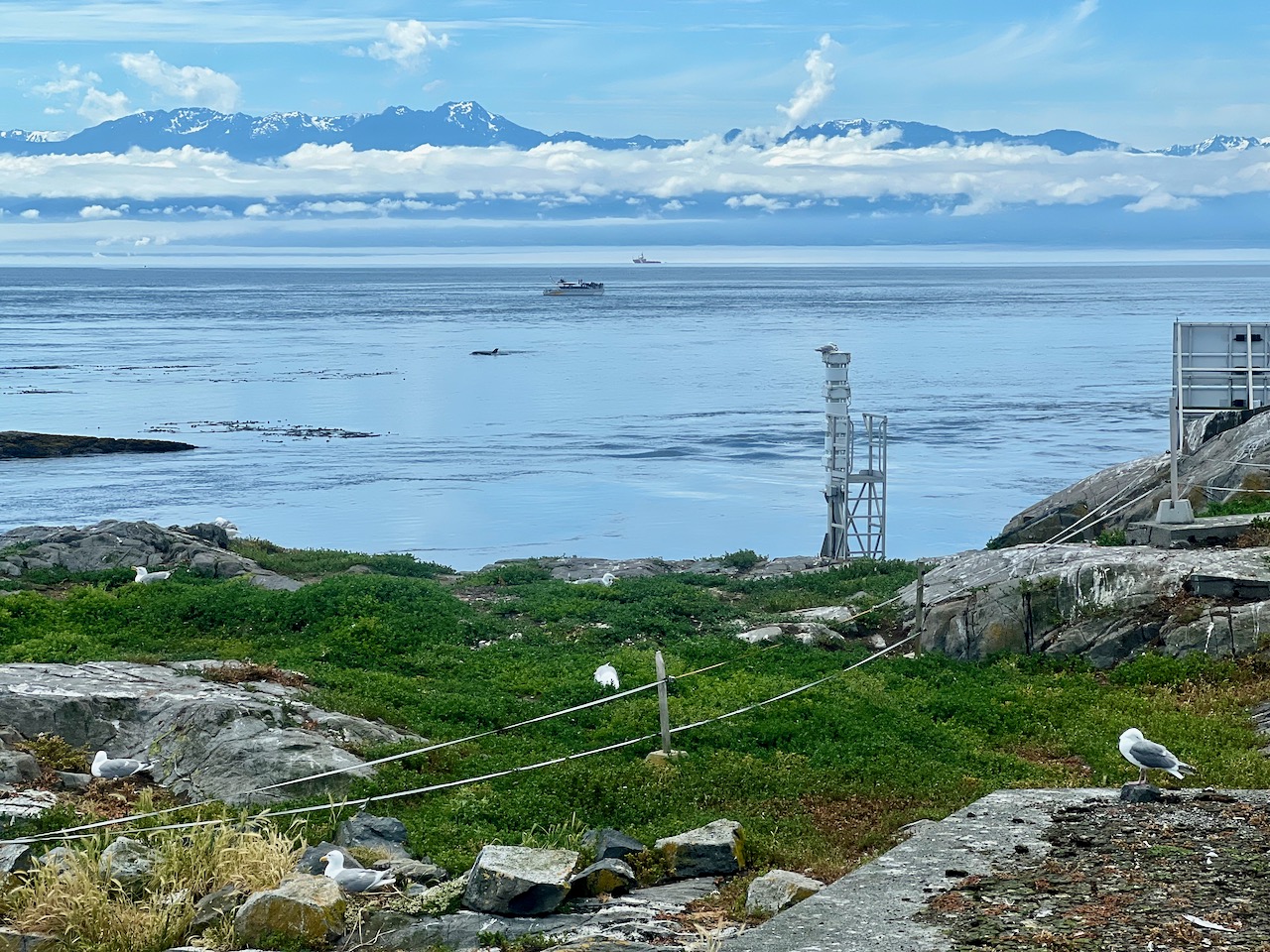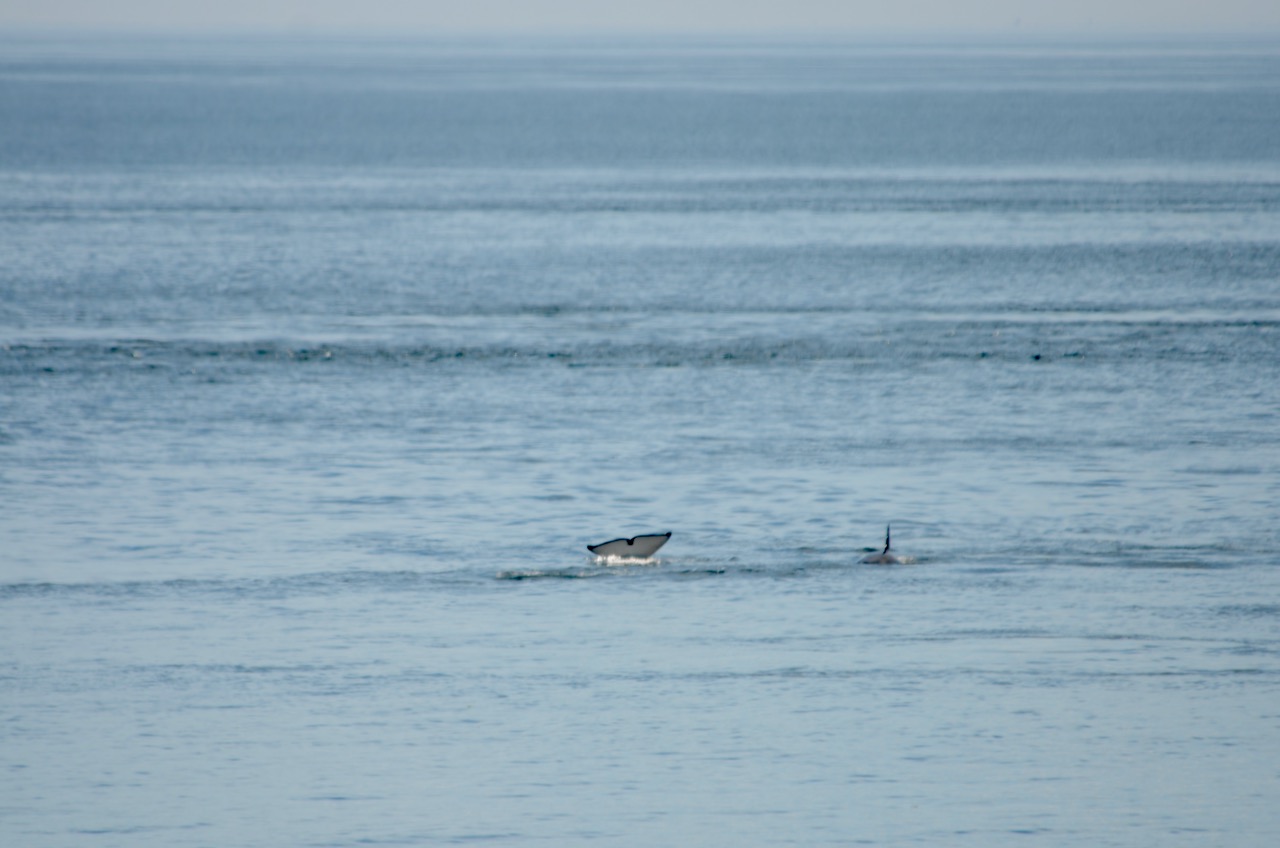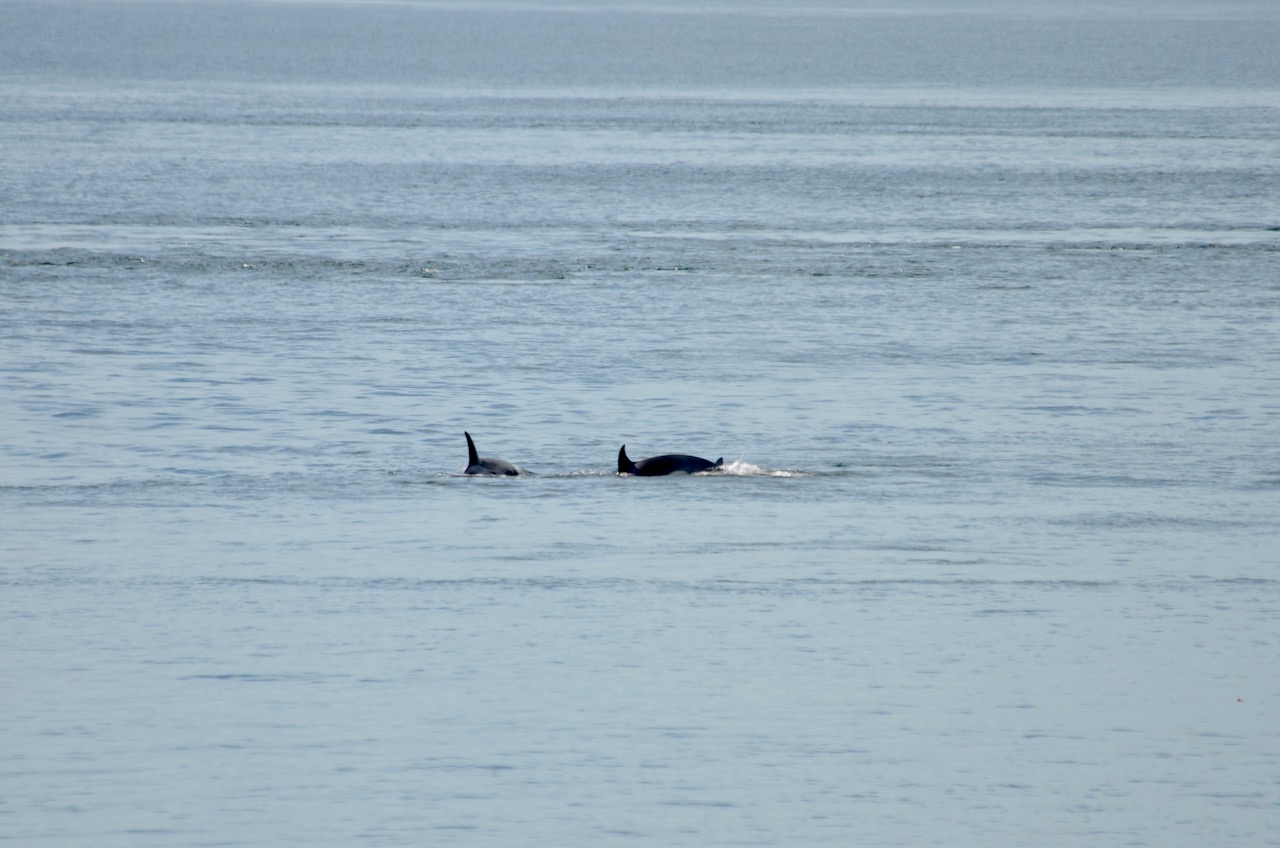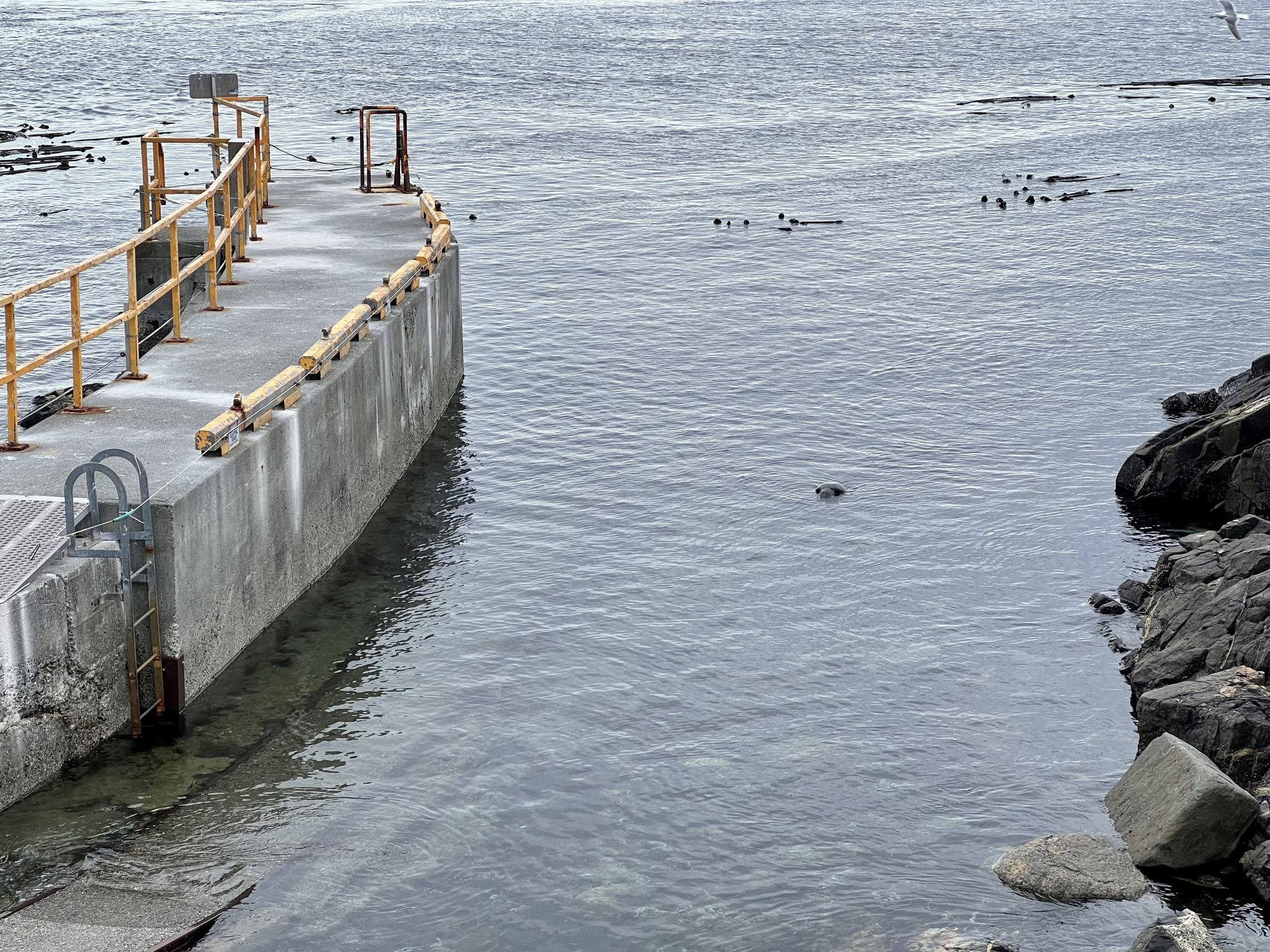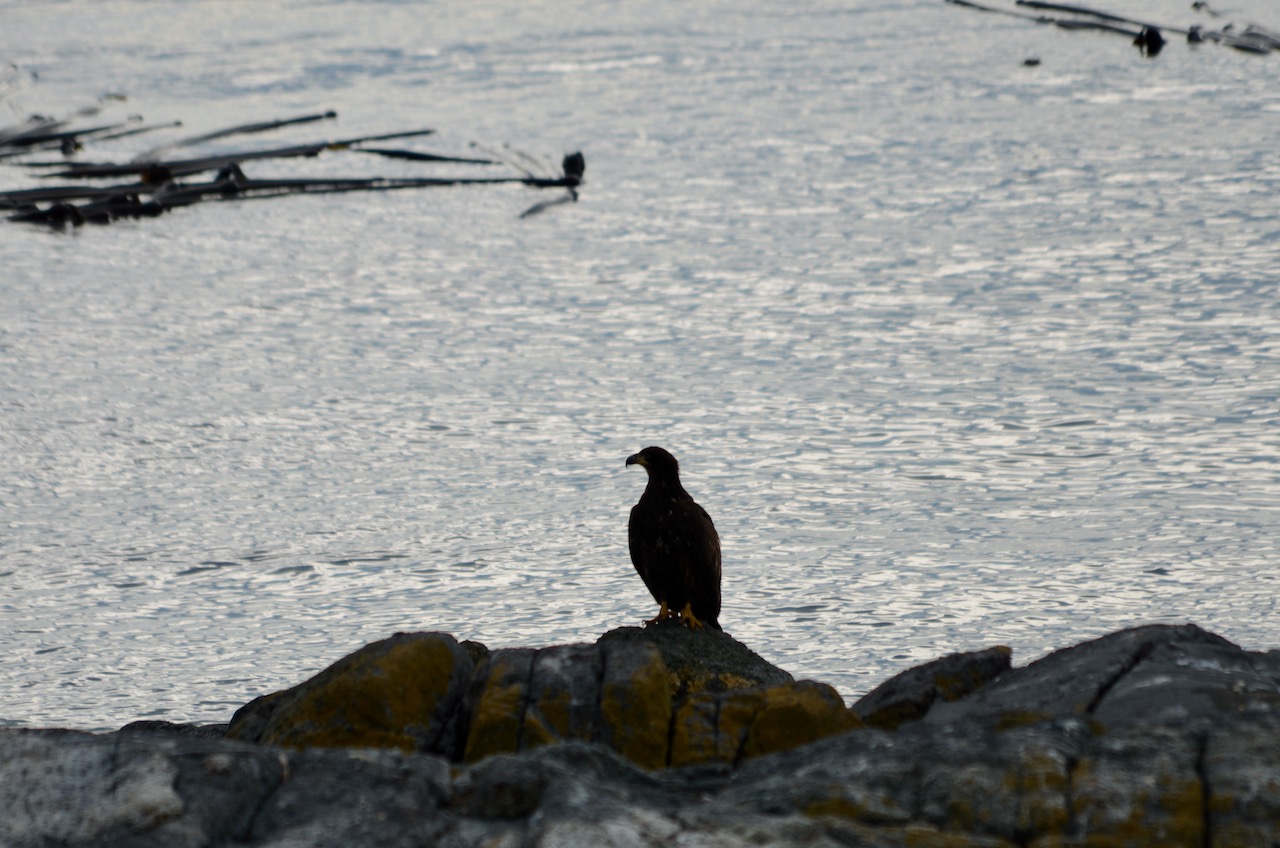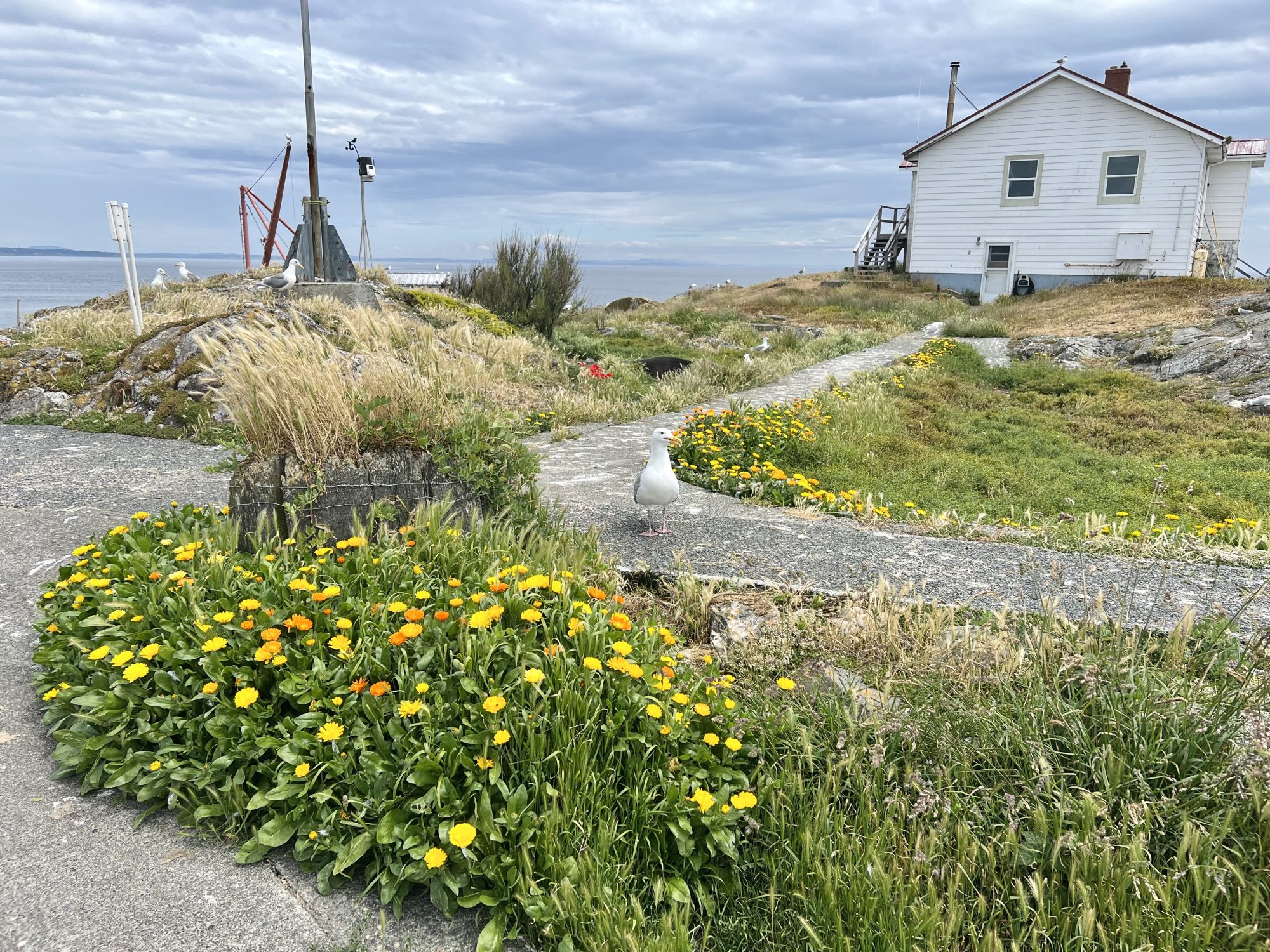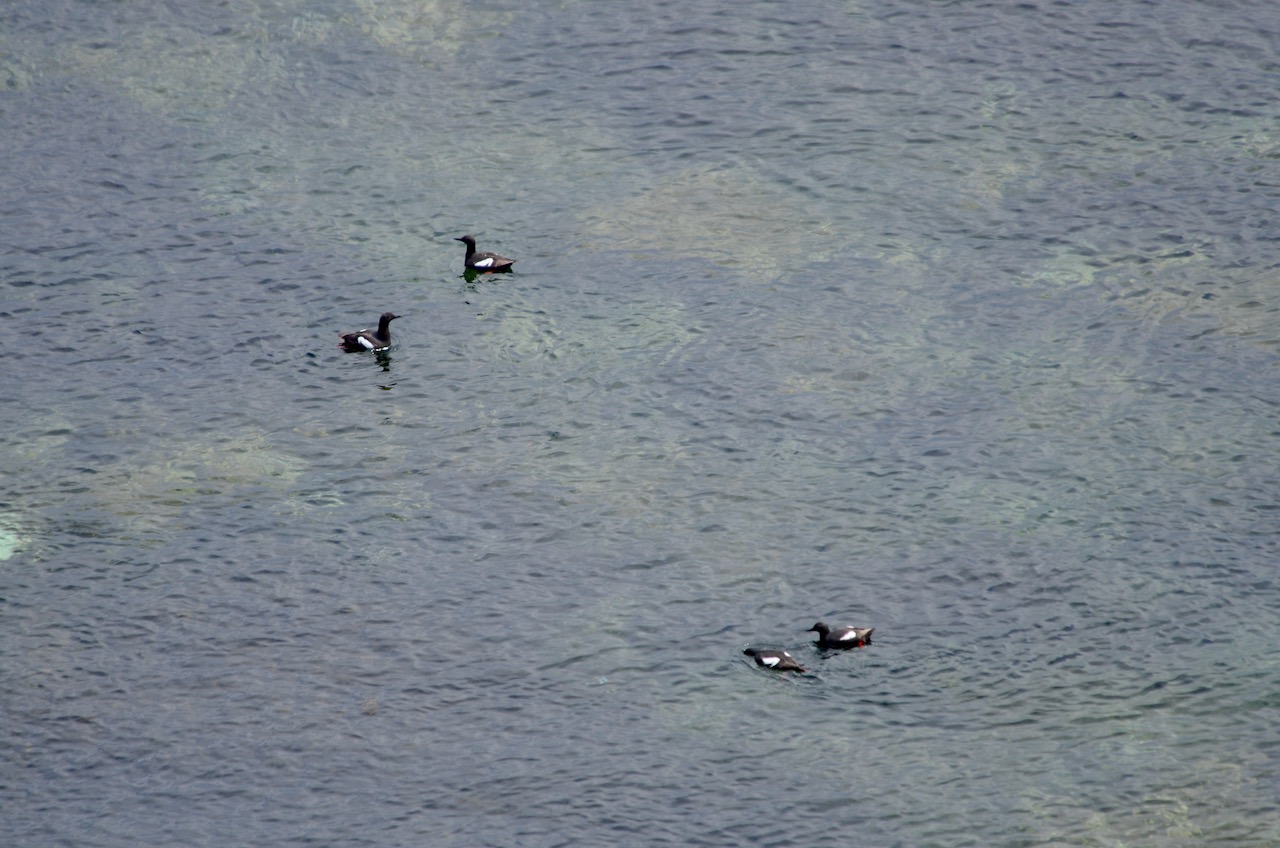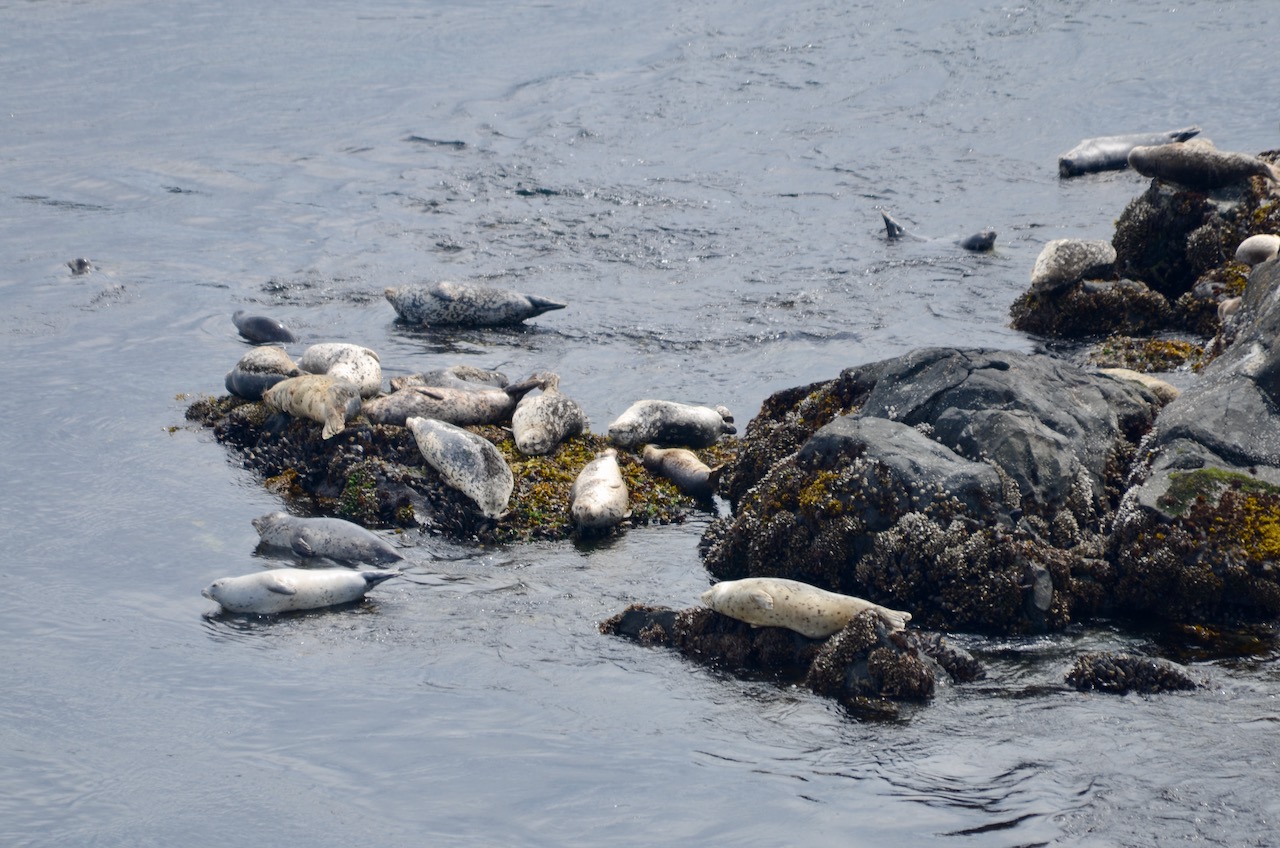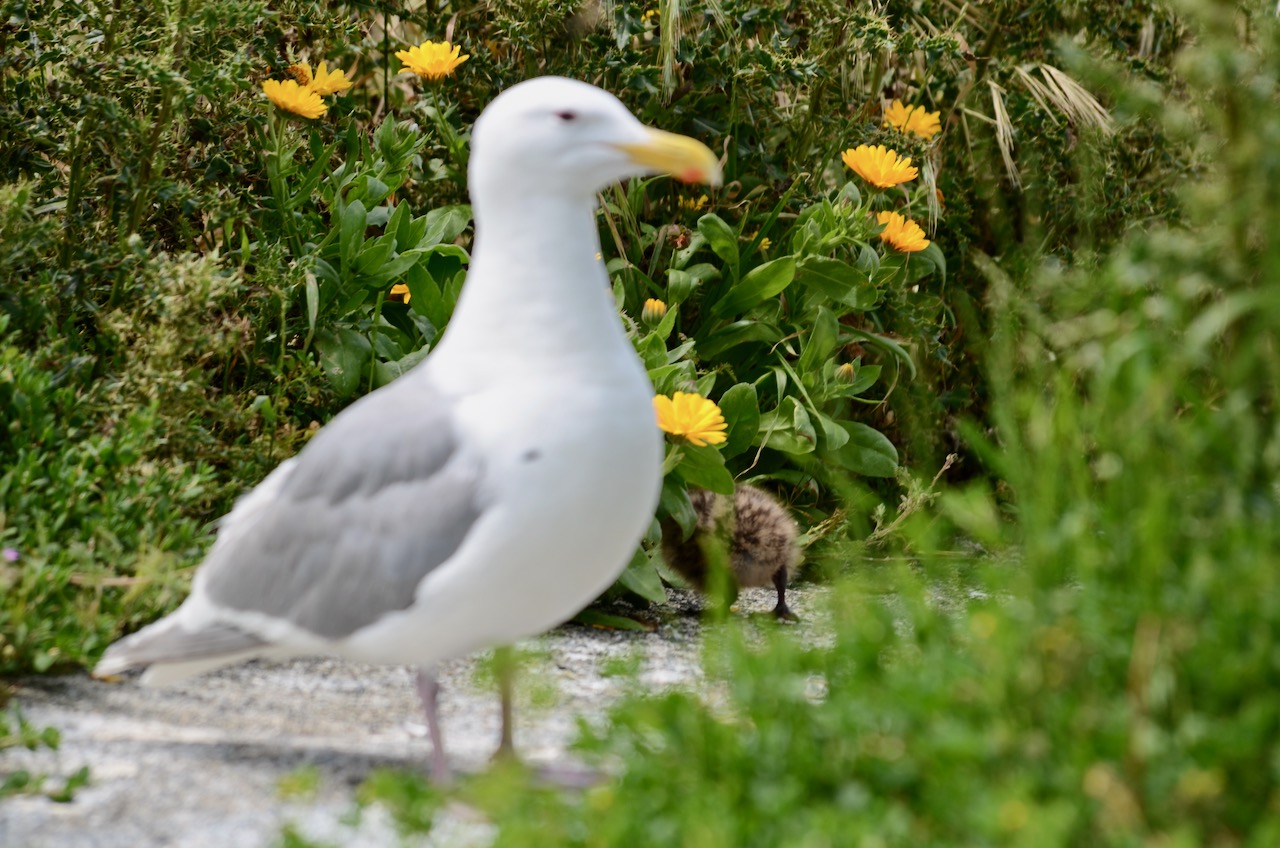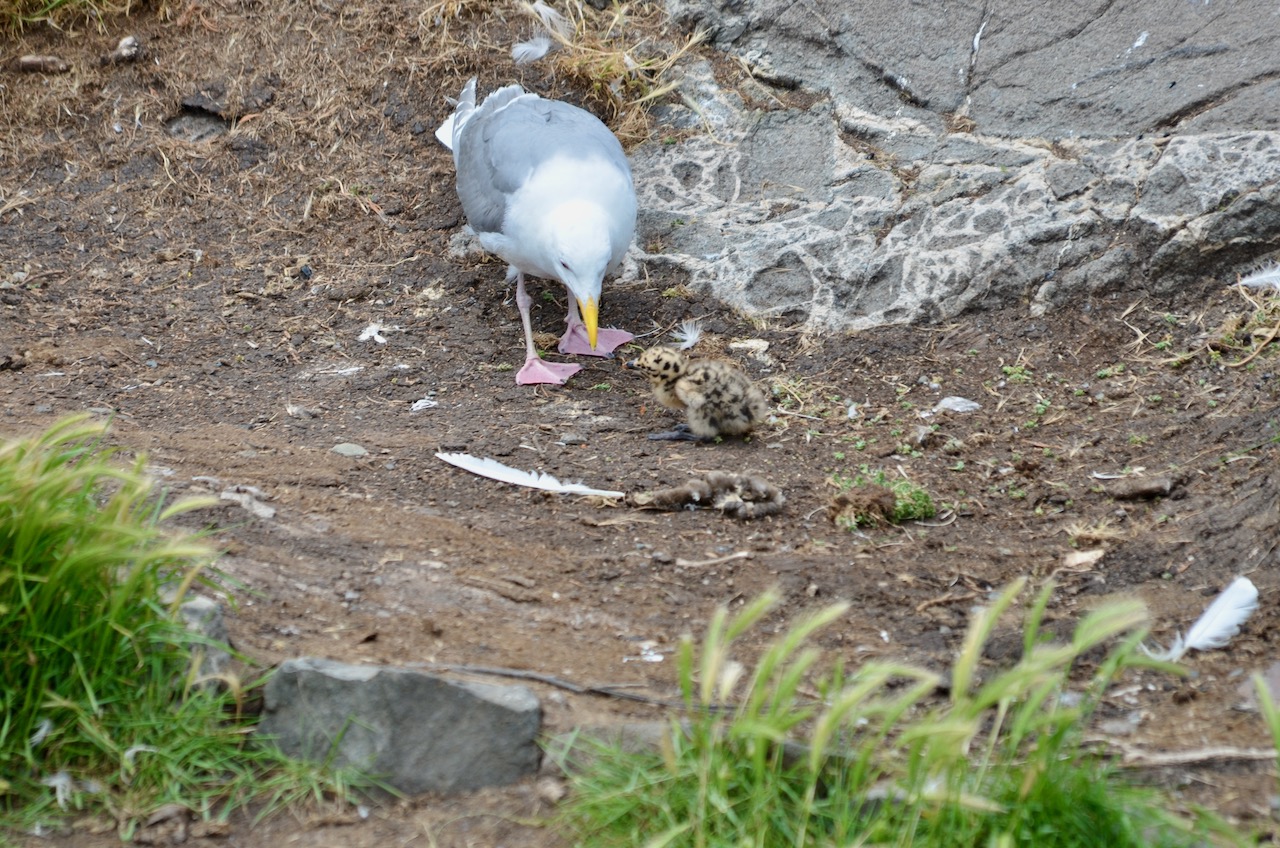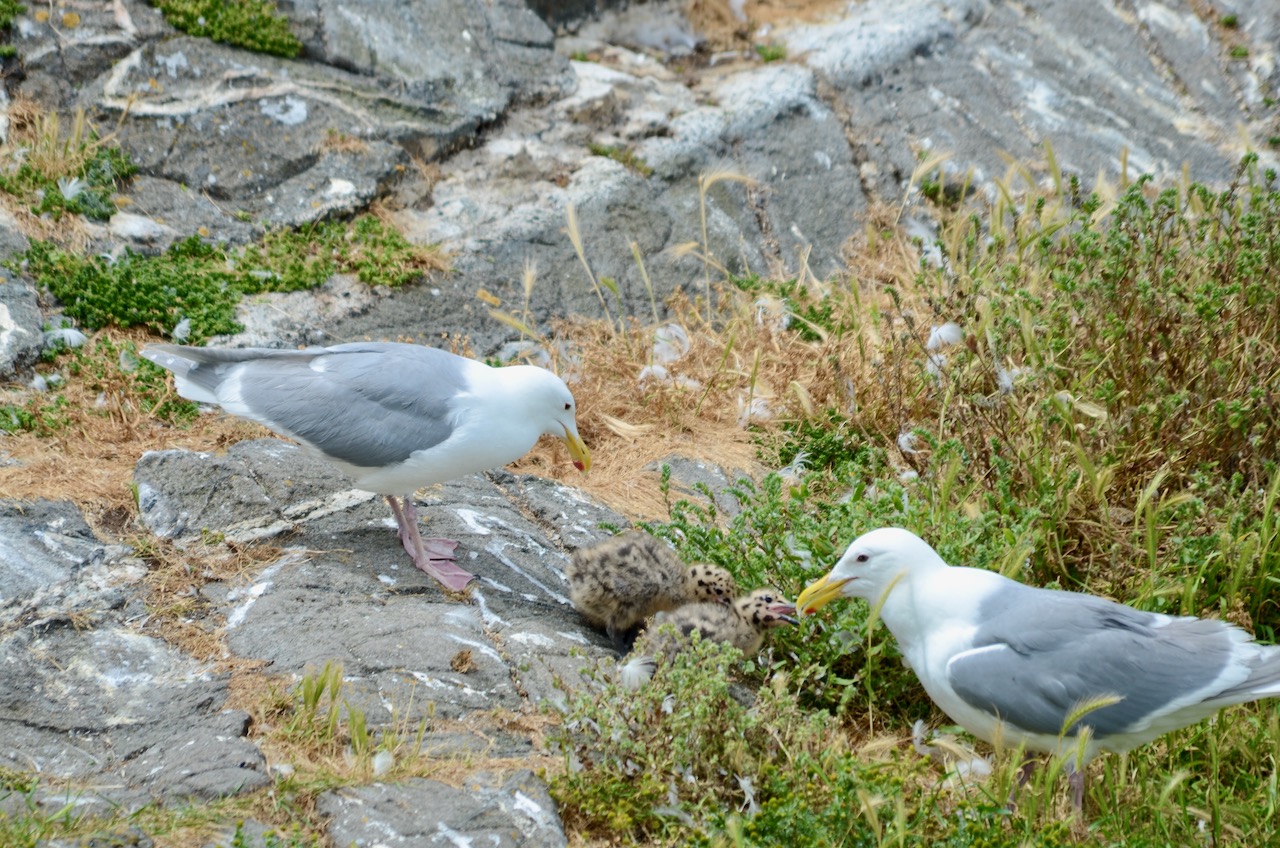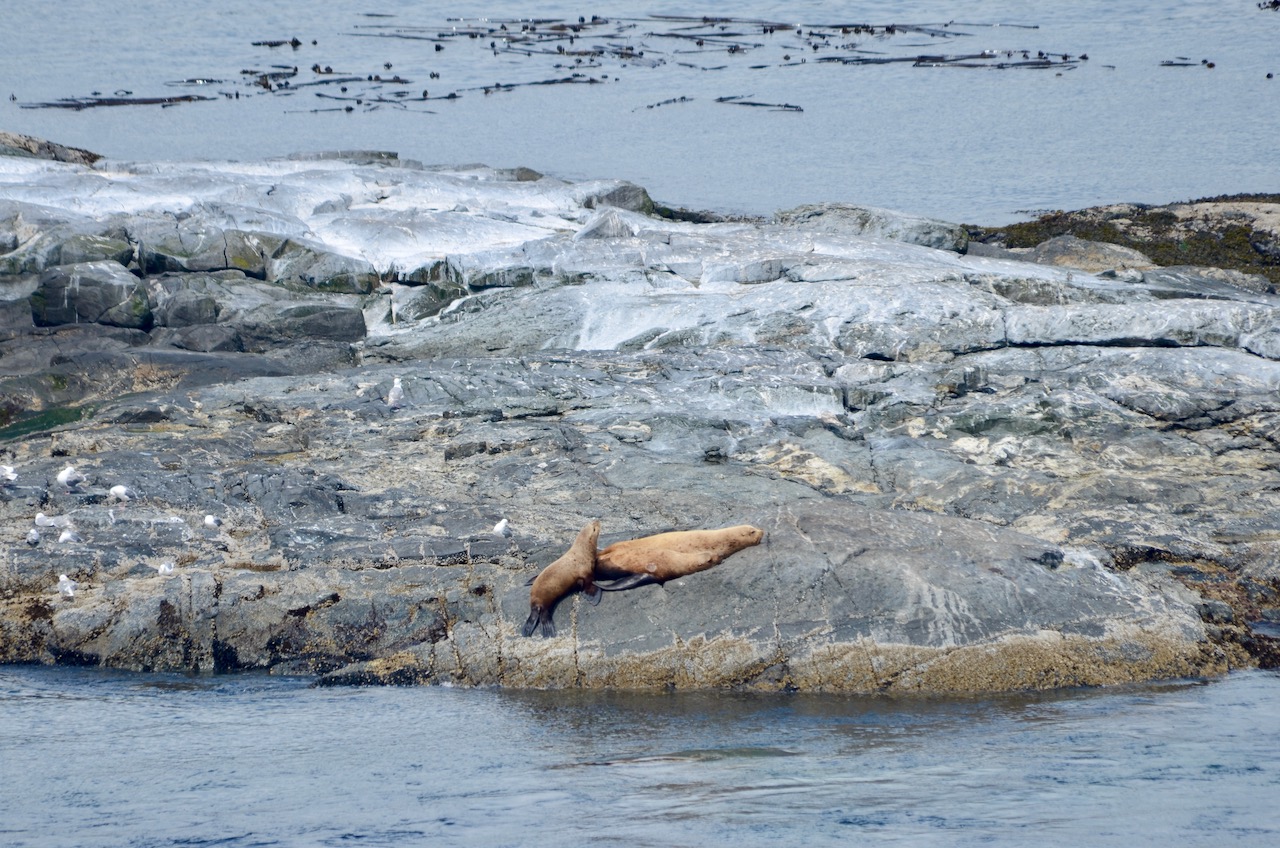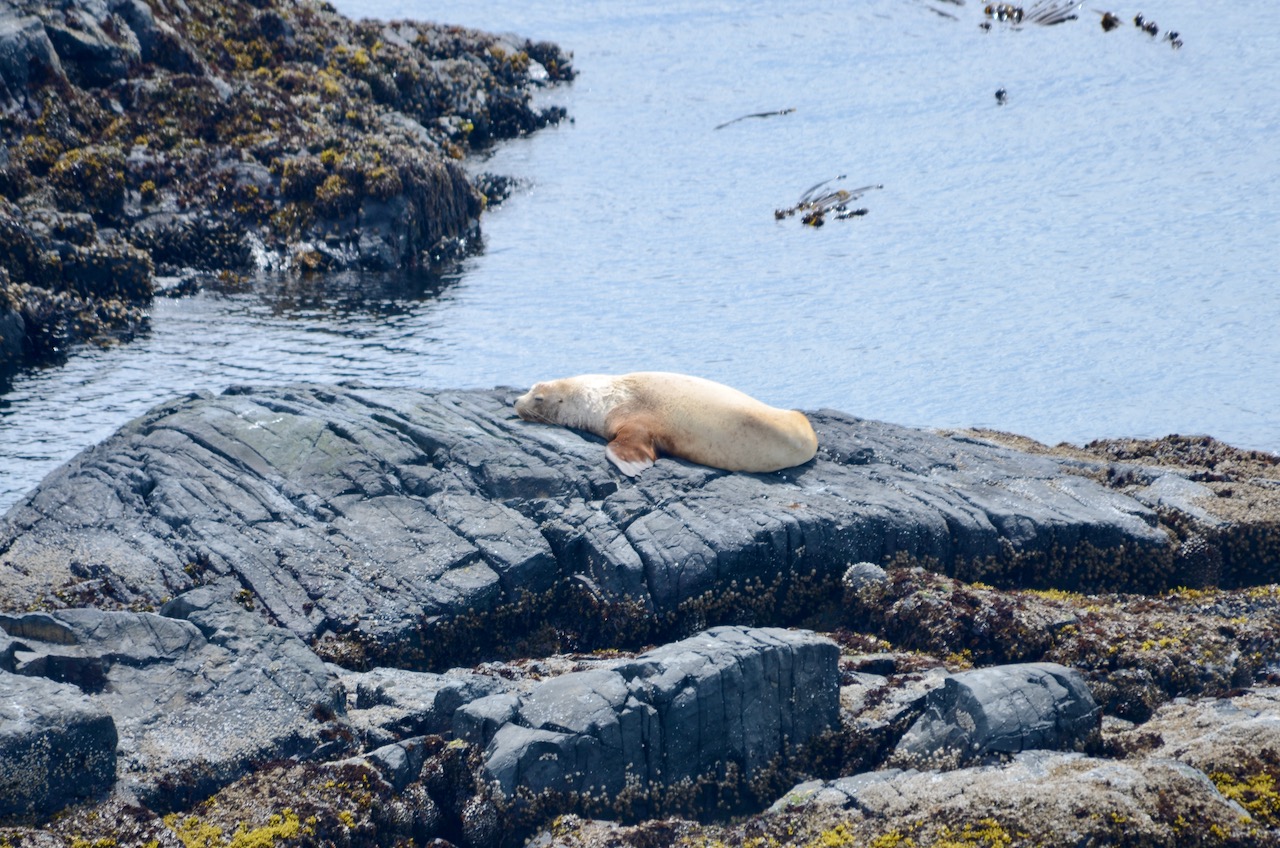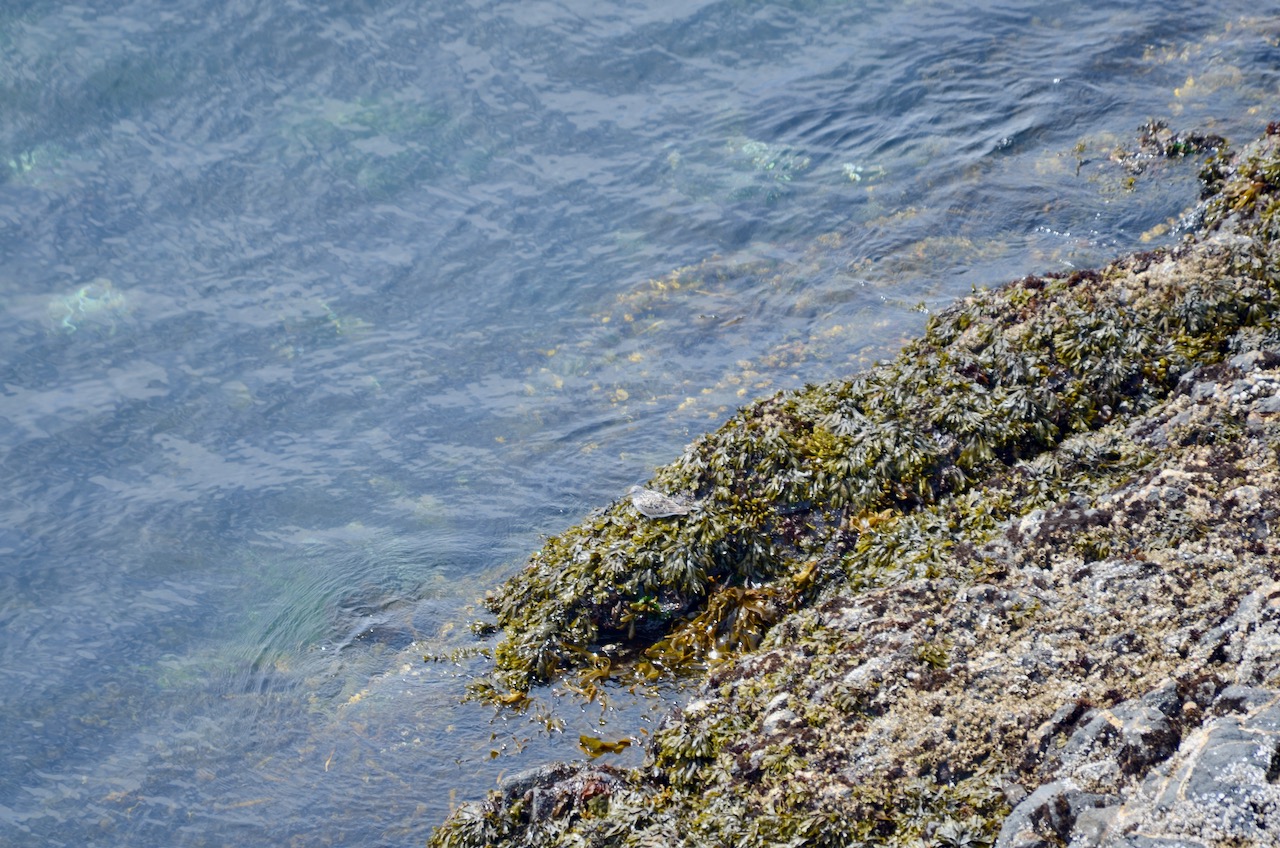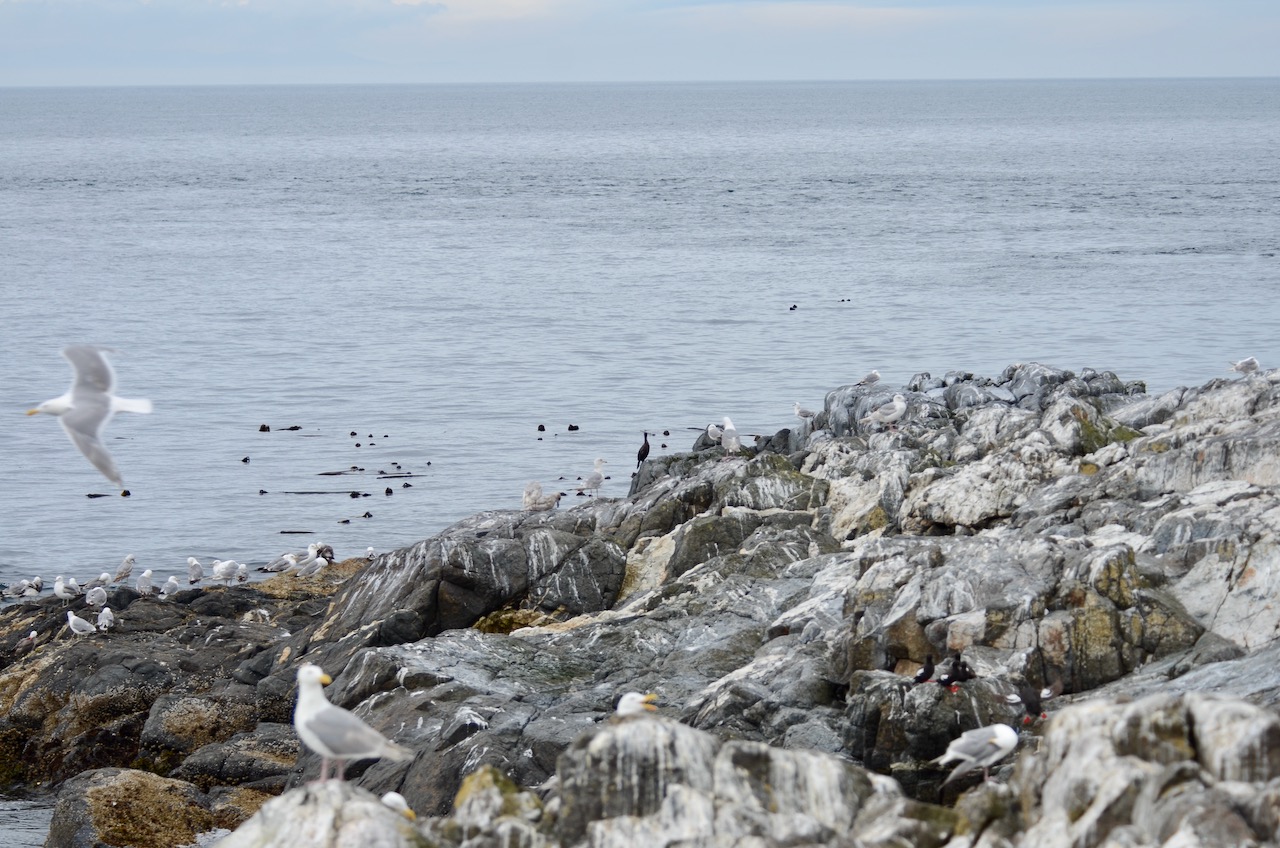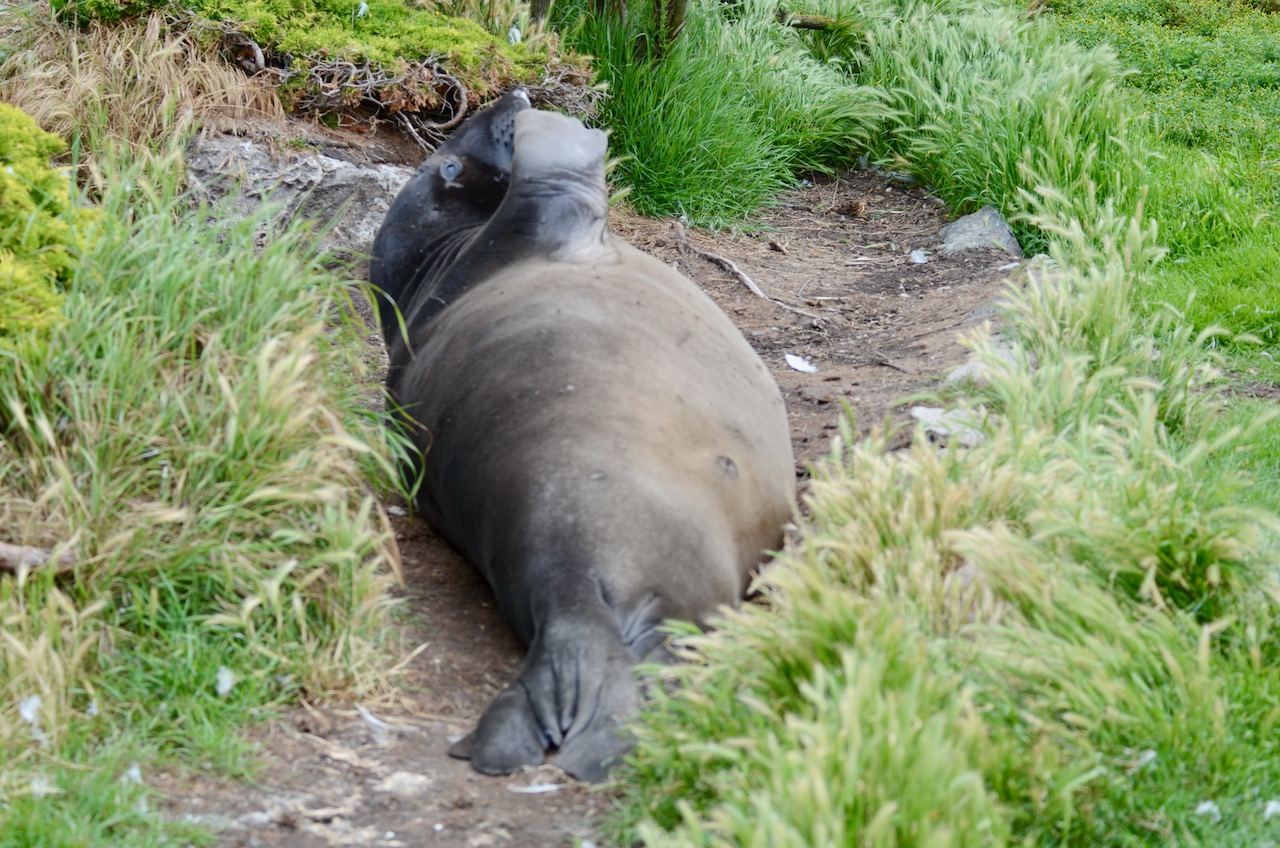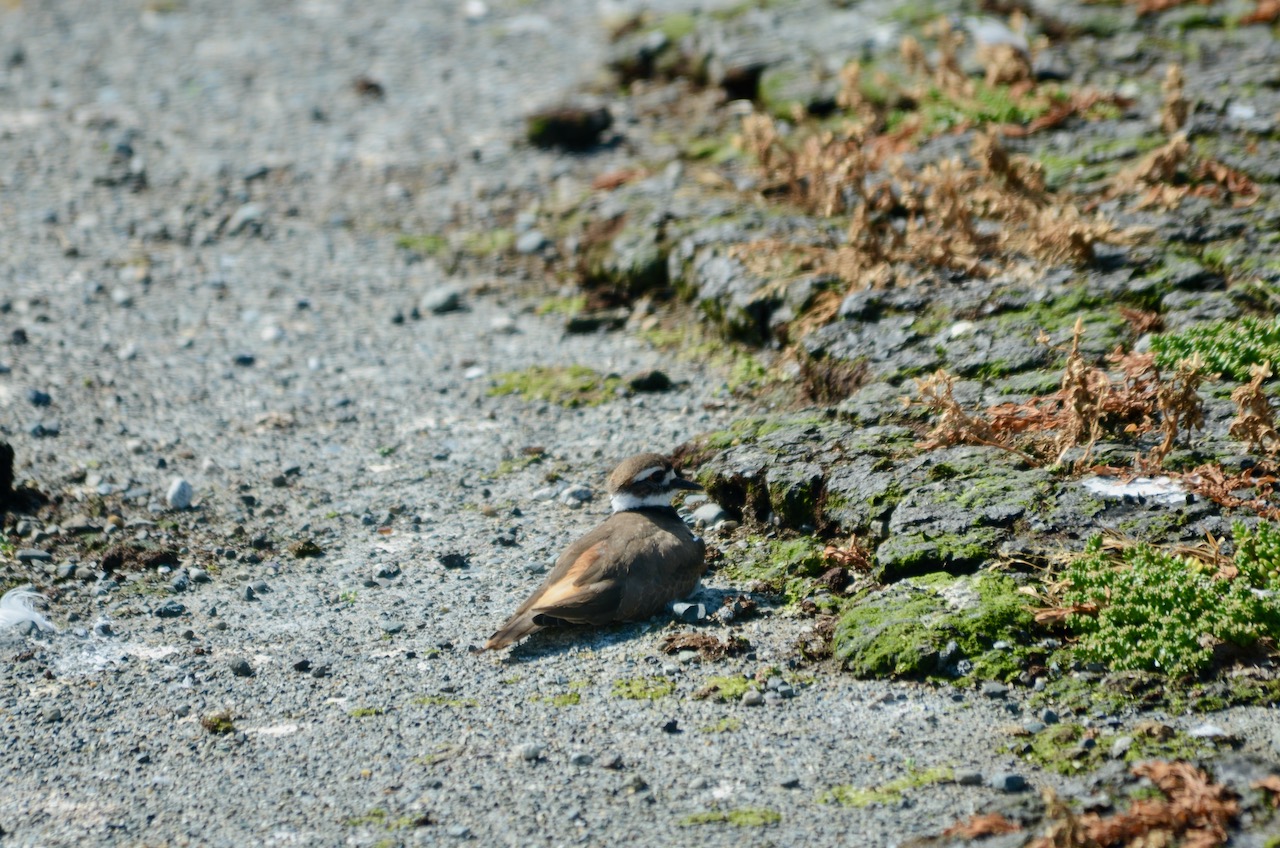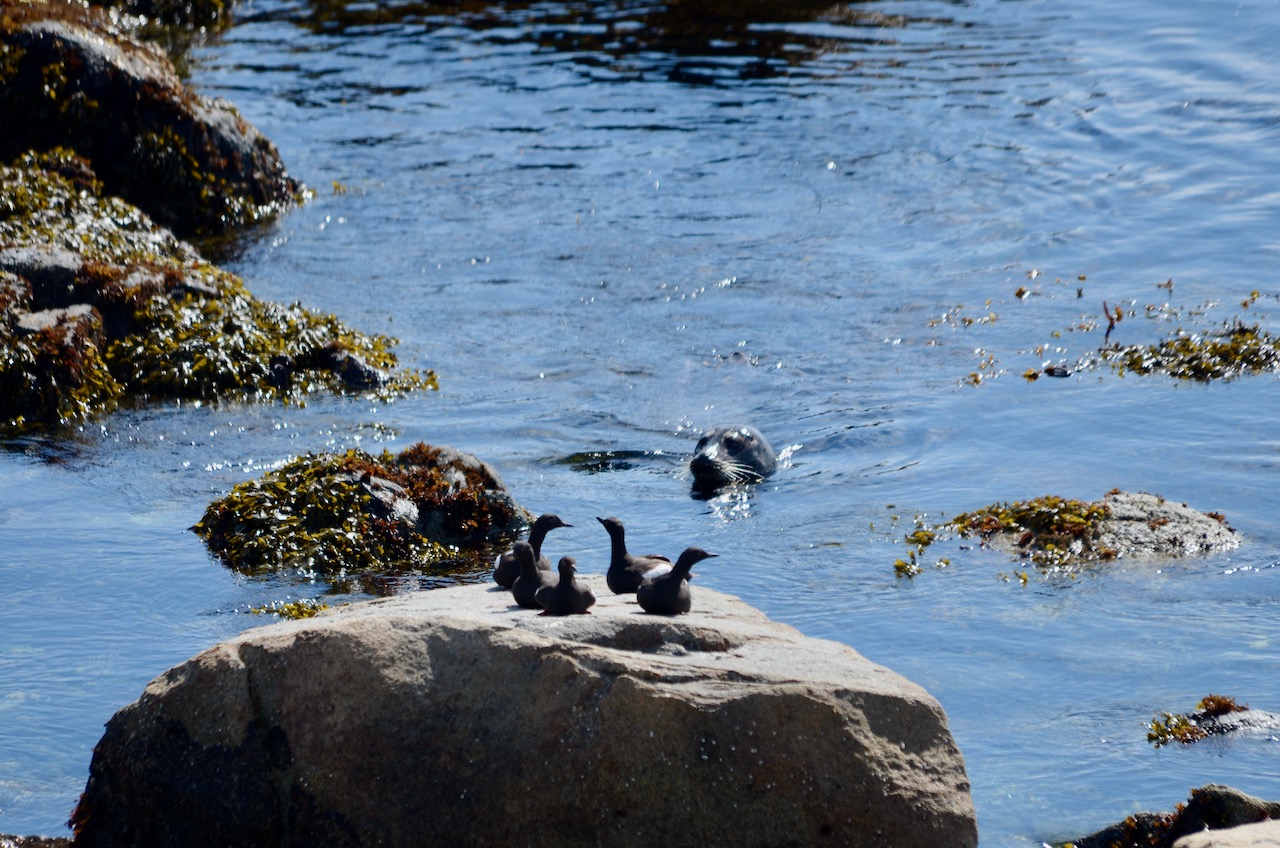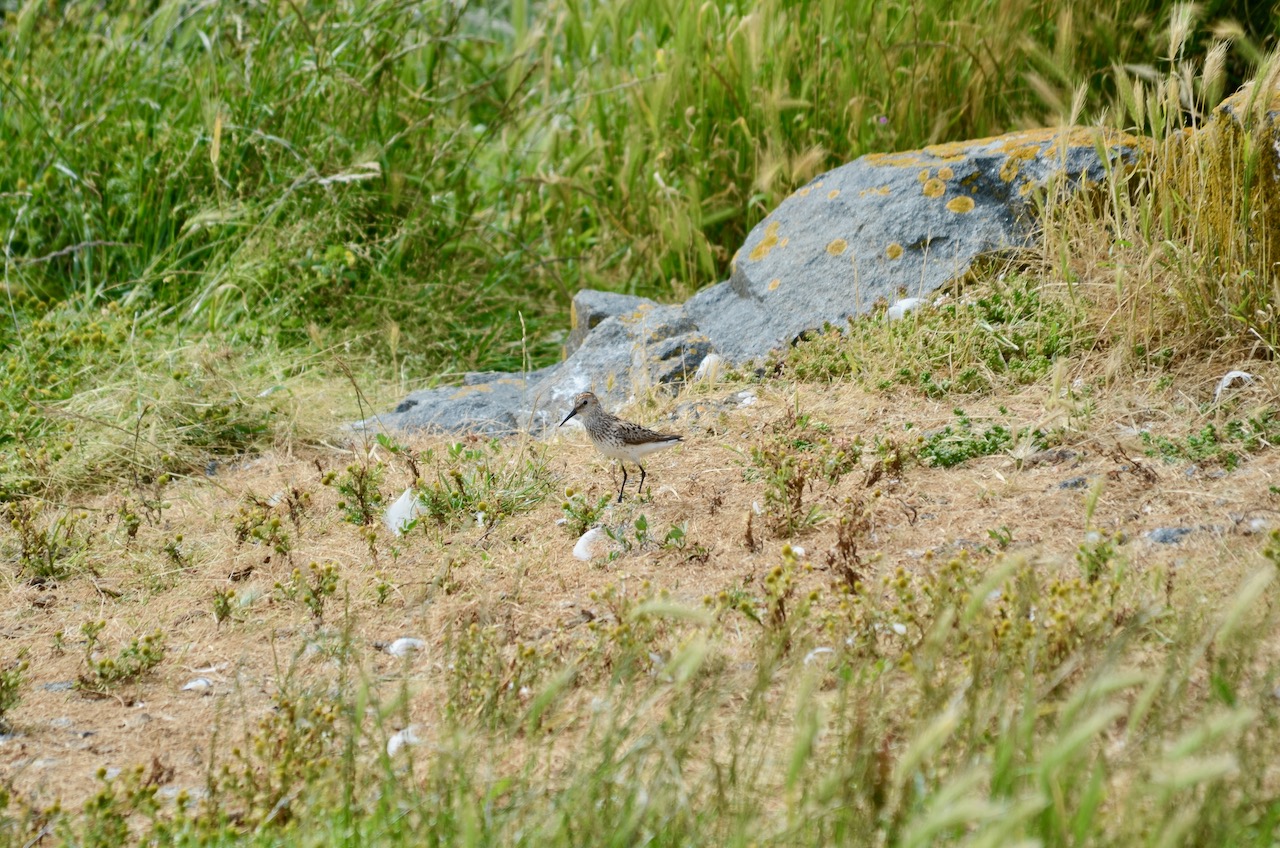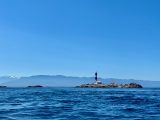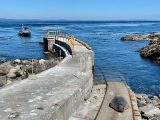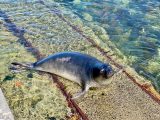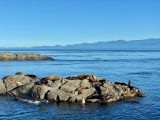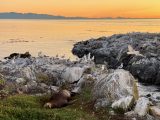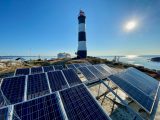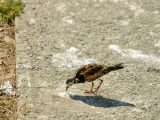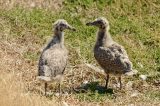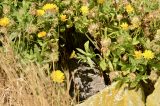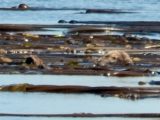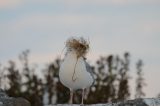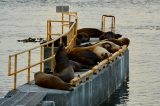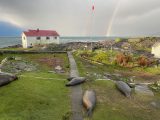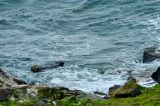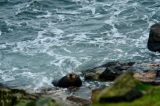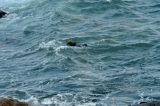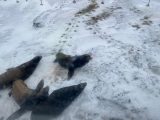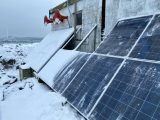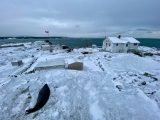This is my last log post, as I am heading home tomorrow. This evening, I am packing my things and tidying the house for the next ecoguardian.
I have enjoyed my time at Race Rocks over the past three weeks, as well as my many shifts since 2014 and visits since 2012. Over those years, I have been the resident ecoguardian here for varying shifts of two weeks to four months, during every season and all months except June. There have been so many special moments to witness such as watching storms, elephant seal pups, moulting elephant seal, sea otters, orcas, humpbacks, pelicans, as well as learning how to run the off grid systems. I would also like to think that I have done some work around the island to contribute to things not falling apart.
I plan to pursue other adventures next summer. When I visit Pearson at some point in the future, I hope to hop on a boat for a reminder of the familiar sights, sounds, and strong smells of Race Rocks. In the meantime, I look forward to following along with the log and checking out the webcams every once in a while.
Thank you to the staff team at Pearson College who keep this place running so well (despite the best efforts of the harsh elements) and have let me come back to spend more time on this unique island. I am truly honoured to be a part of the long list of ecoguardians, students, faculty, staff, volunteers, and lighthouse keepers who have stewarded this ecological reserve since its inception in March 1980.
Wildlife Notes:
- On my last full day here, I was treated to seeing two Bigg’s killer whales (AKA transient orcas) pass very close to me this afternoon. I was talking to a colleague on the phone when I saw the orcas passing east through the channel in front of the house. They then swam around the island where I saw them pass through the South Channel (about 50m from the back porch) between the South Islands and South Seal Rocks. Right after I snapped a few photos of them, a heavy fog rolled in obscuring the whole island.
- I heard back about the resighting history of the Steller sea lion branded 460Y that I saw on August 13. I spotted him again today hauled out on the South Seal Rocks.
Bryan, a biometrician from the Oregon Department of Fish and Wildlife, sent me this full history of this 12 year old Steller sea lion:
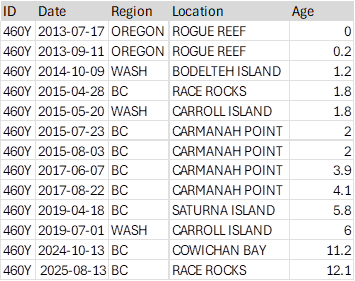
Resight history for Steller sea lion branded 460Y
- Steller sea lion branded 460Y (in the centre of the photo) on the South Seal Rocks today.
- This 12 year old Steller sea lion was branded 460Y as a pup in July 2013 in Rogue Reef, Oregon. Seen on August 13.
Facility work:
- Clean the solar panels
- Tidy the house and put away all the tools I moved around to different buildings
- Fix sections of the electrical fence between the house and tower. I had been avoiding that section due to the gull chicks and my dislike of getting pooped on by protective gull parents. Now, many of the chicks have flown away so the area is easier to access. I will fix the last part by the tower tomorrow morning and hopefully come away unscathed.
Vessels:
- Ecotourism: 19
- Private: 2
Weather:
- Sky: fog at sunrise, then clear until 3:30 when fog obscured the island for an hour, then back to clear
- Wind: W 12-28 knots
- Sea: rippled
- Air temperature: low 11 °C, high 15 °C
- Seawater temperature at max flood: 11.1 °C
Photos from today:
- Someone left behind their salmon eggs on the path.
- Clean solar panels with a clear sky
- The ladder to the top of the energy building that got the best of me last year. I have since regained my ladder climbing skills and have a sweet surgical scar on my ankle to remember Race Rocks :)
- What a treat to see two Bigg’s killer whales (AKA transient orcas) pass so close to me this afternoon. I am on the back porch of the house looking out towards the South Islands.
*All wildlife photos are taken at the furthest distance possible, and may be cropped to improve detail.


